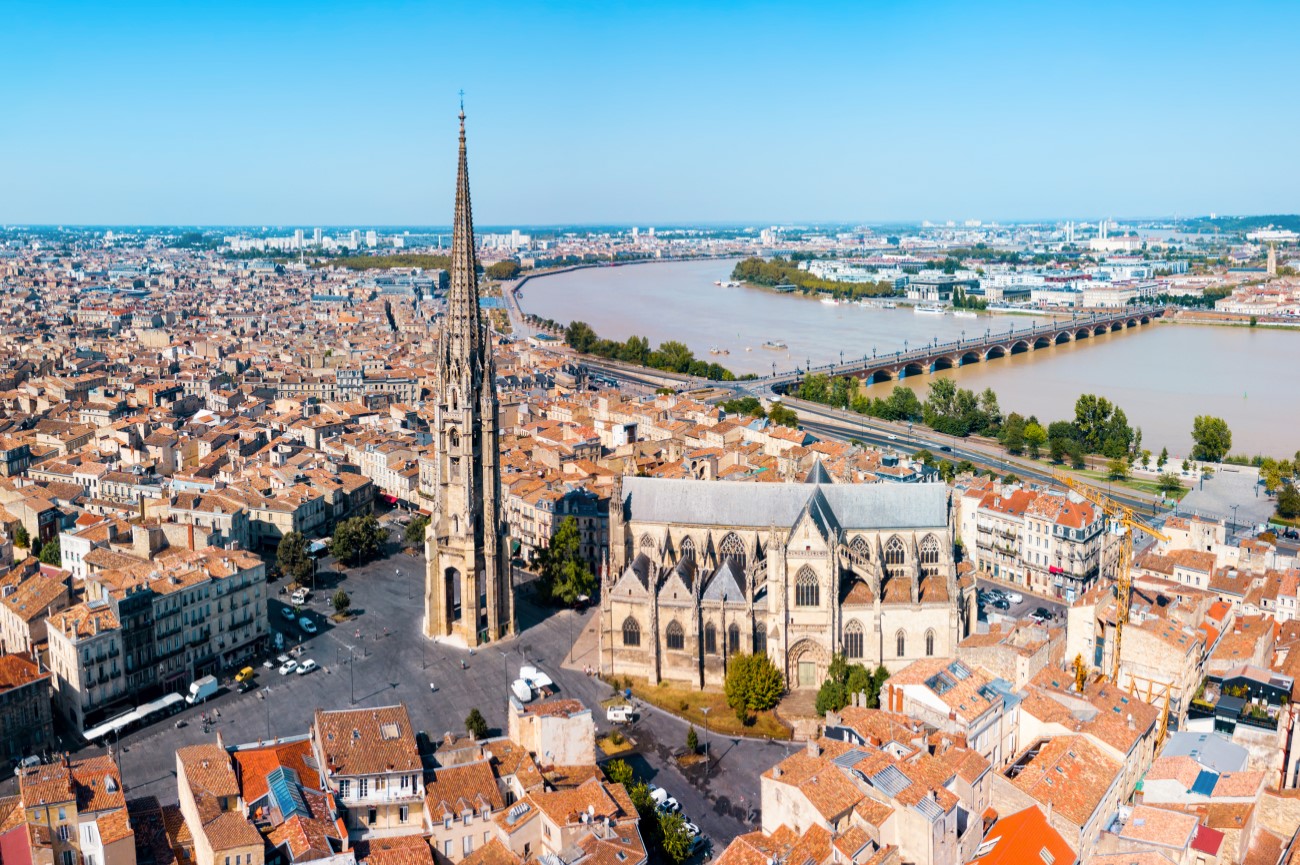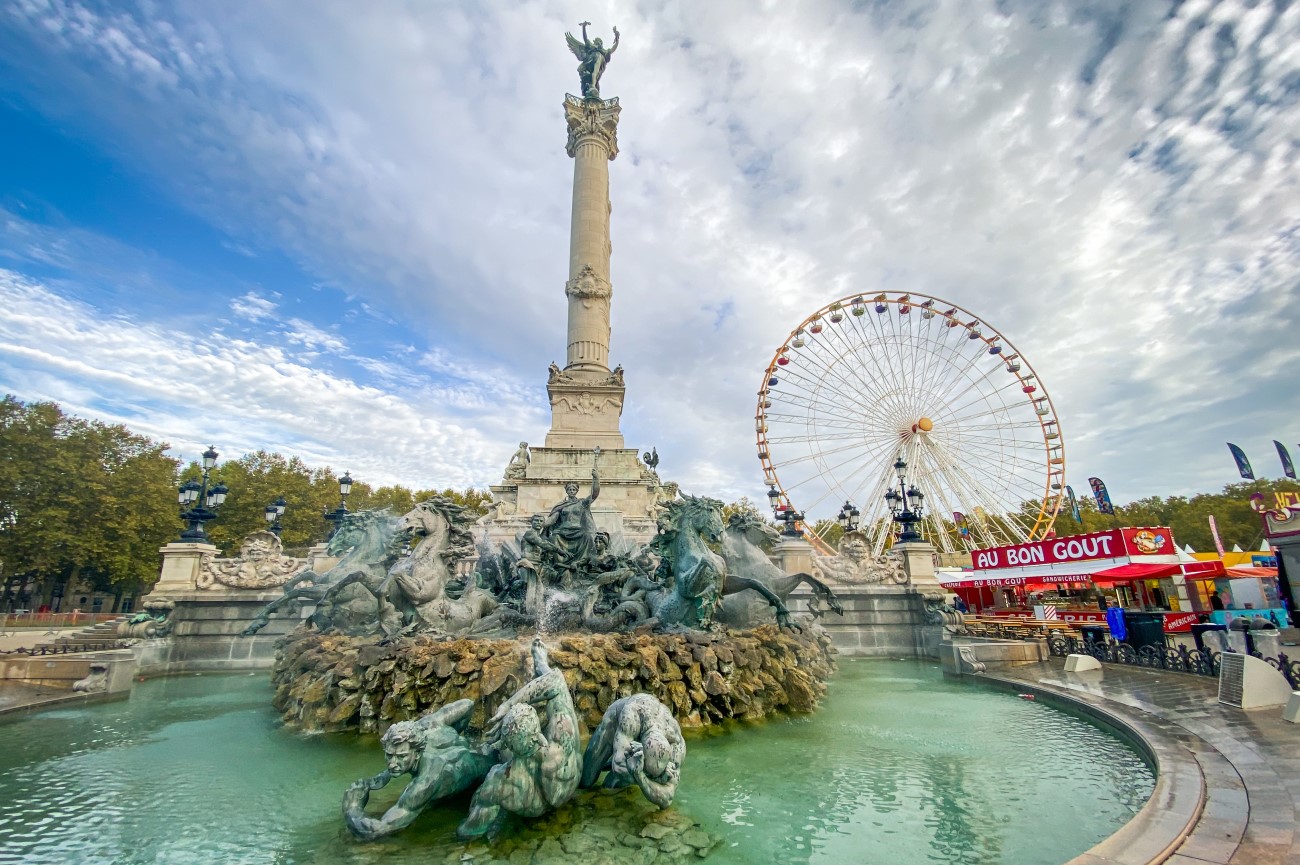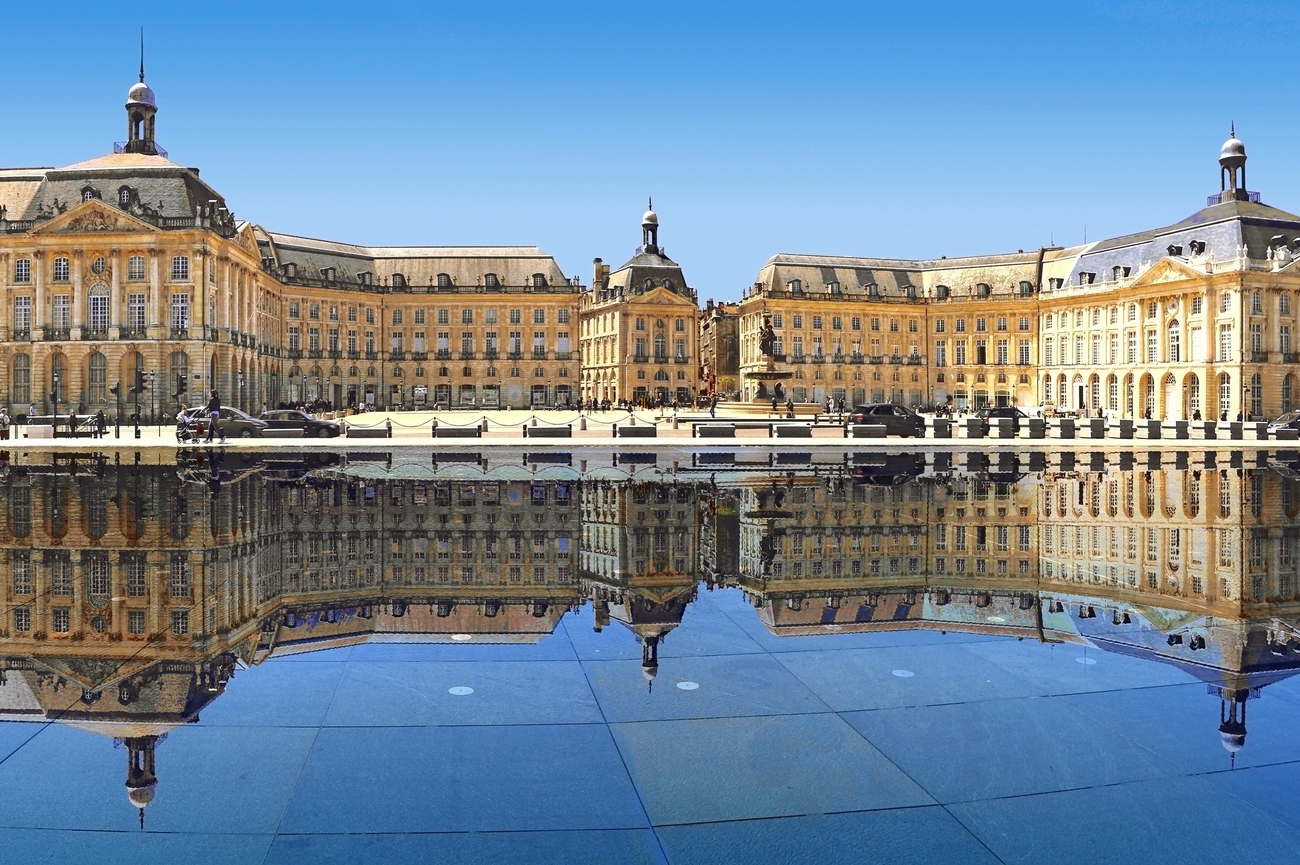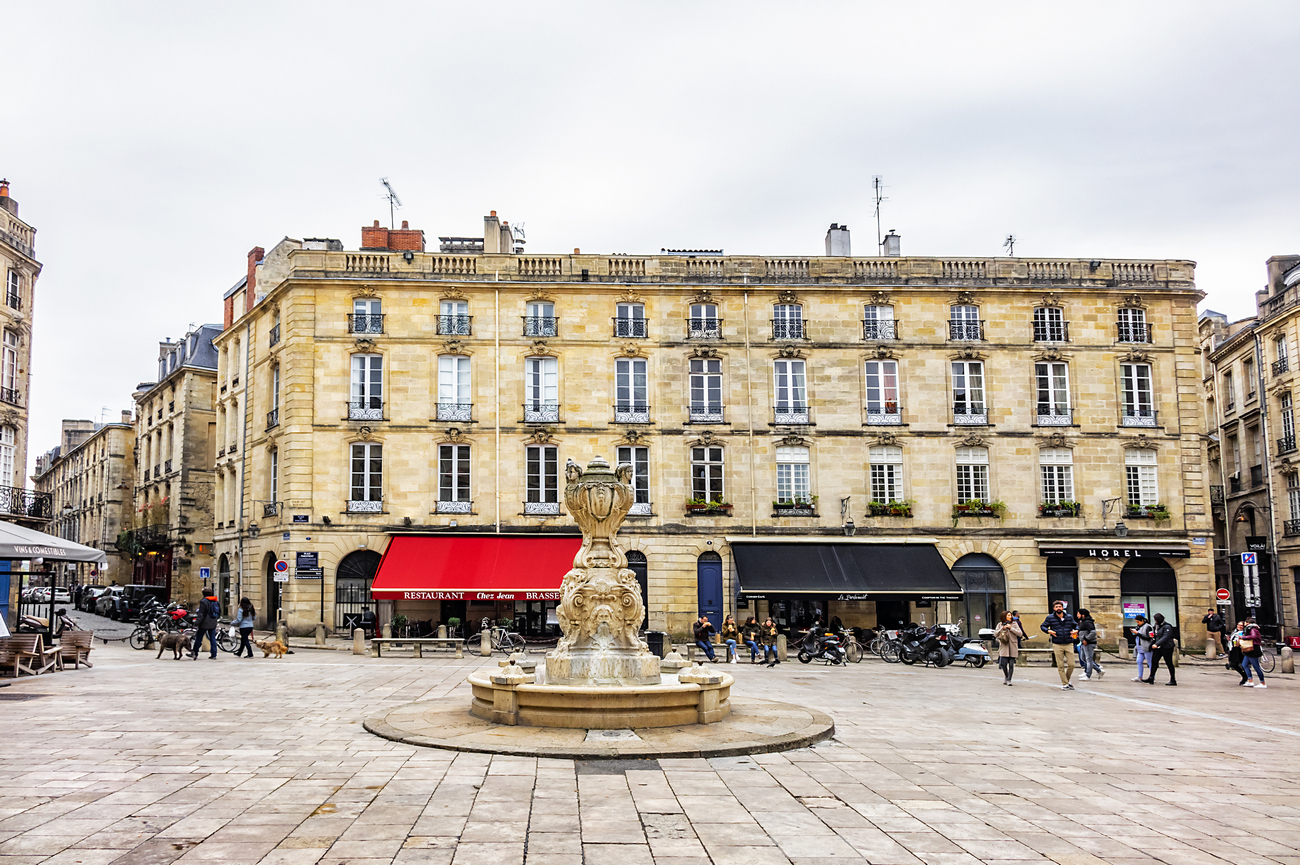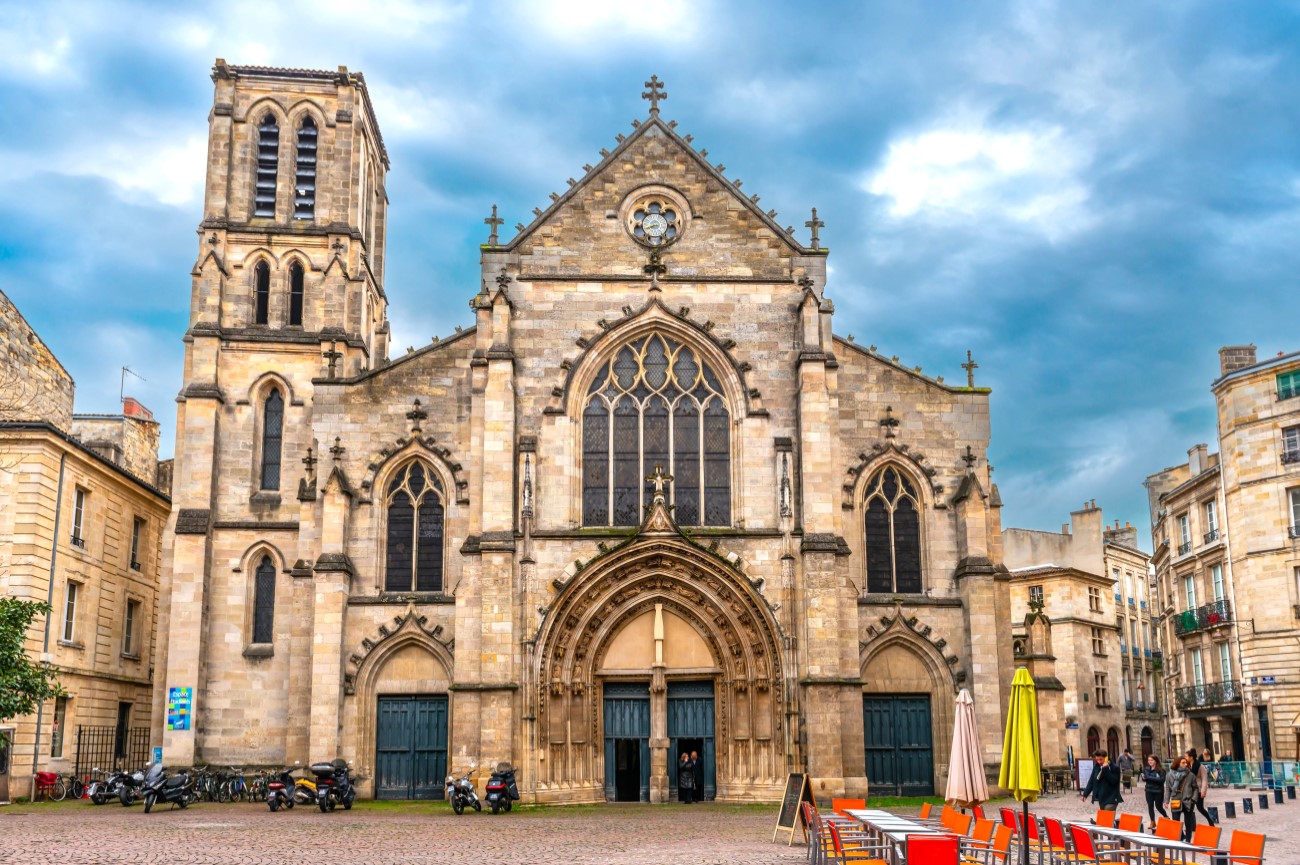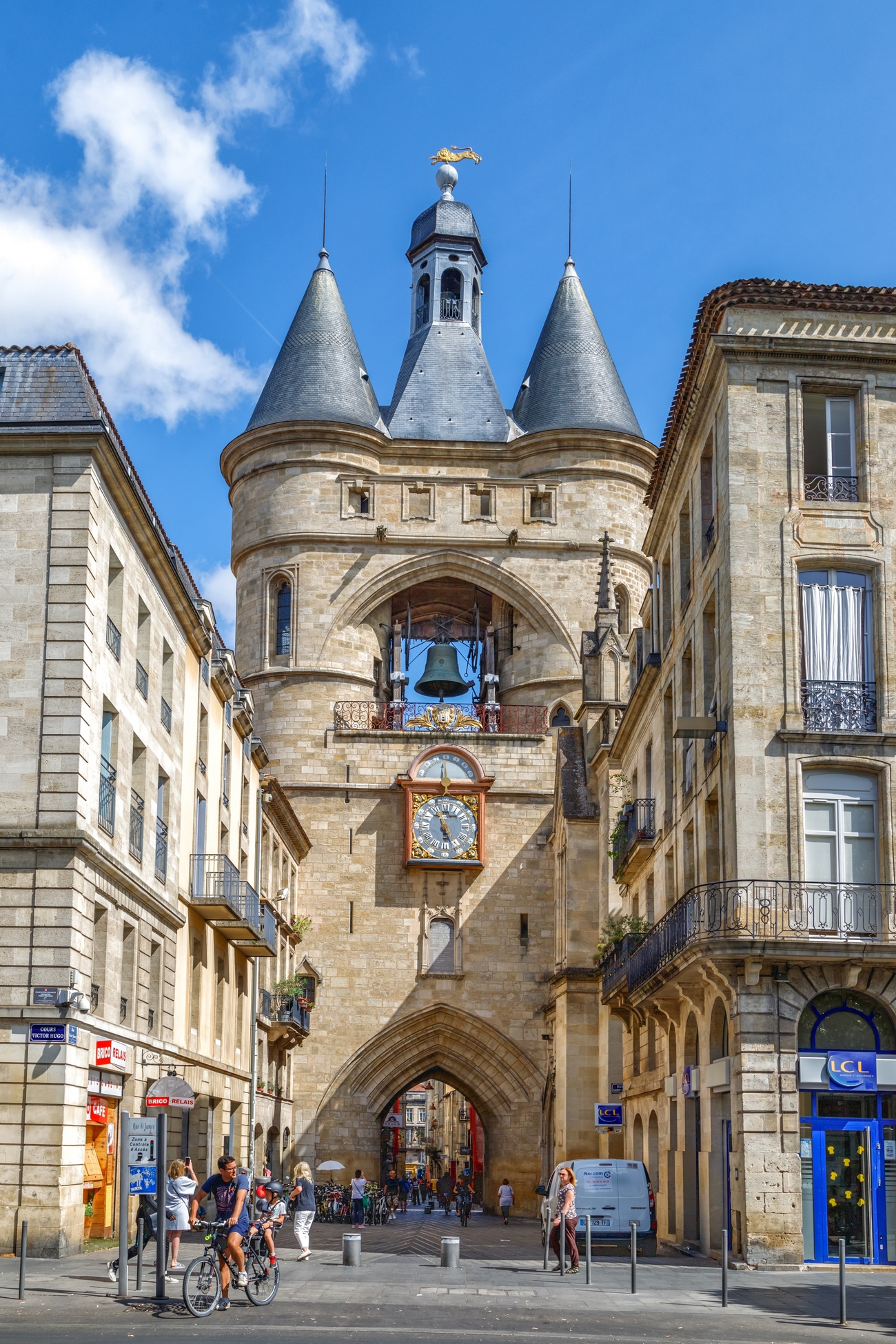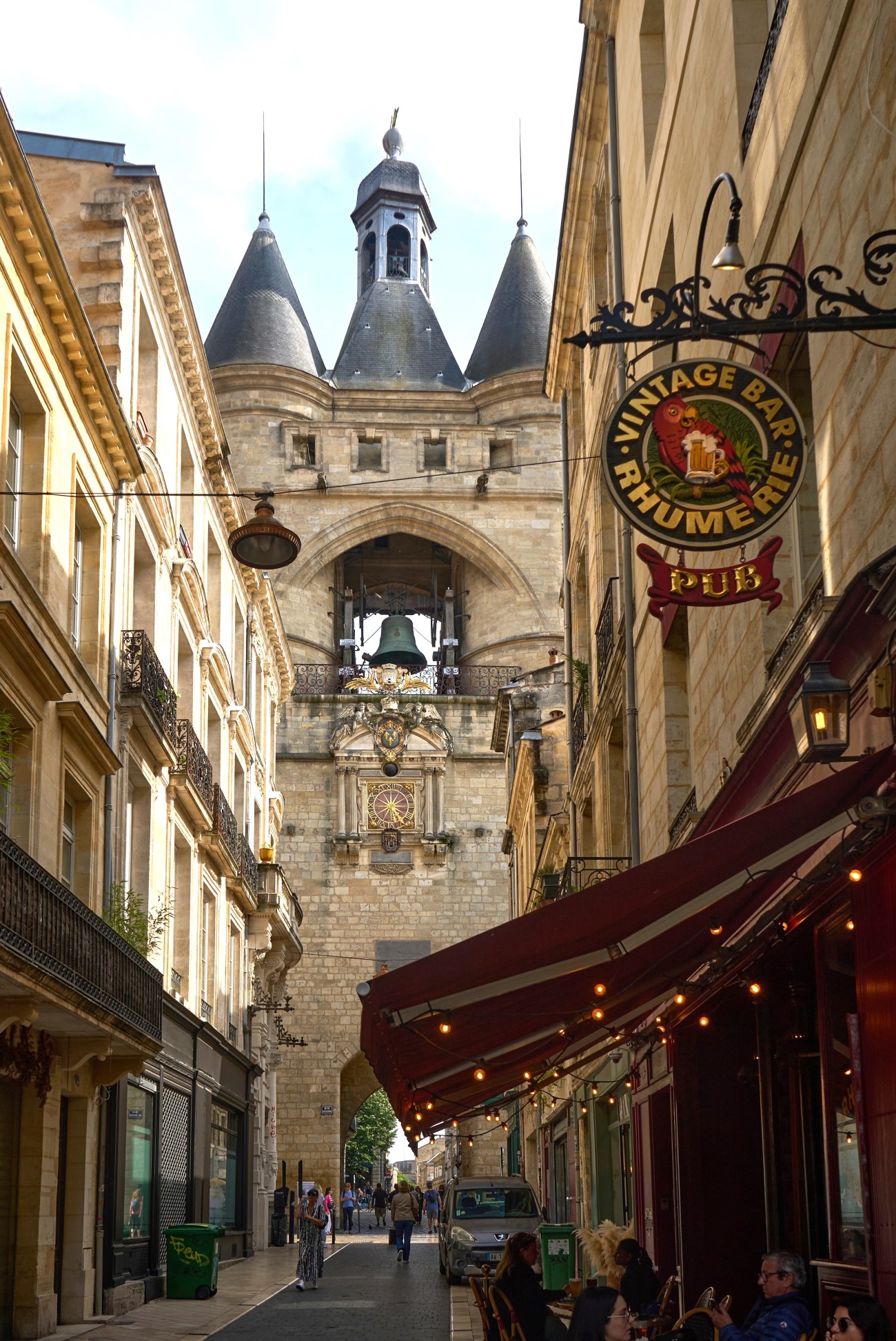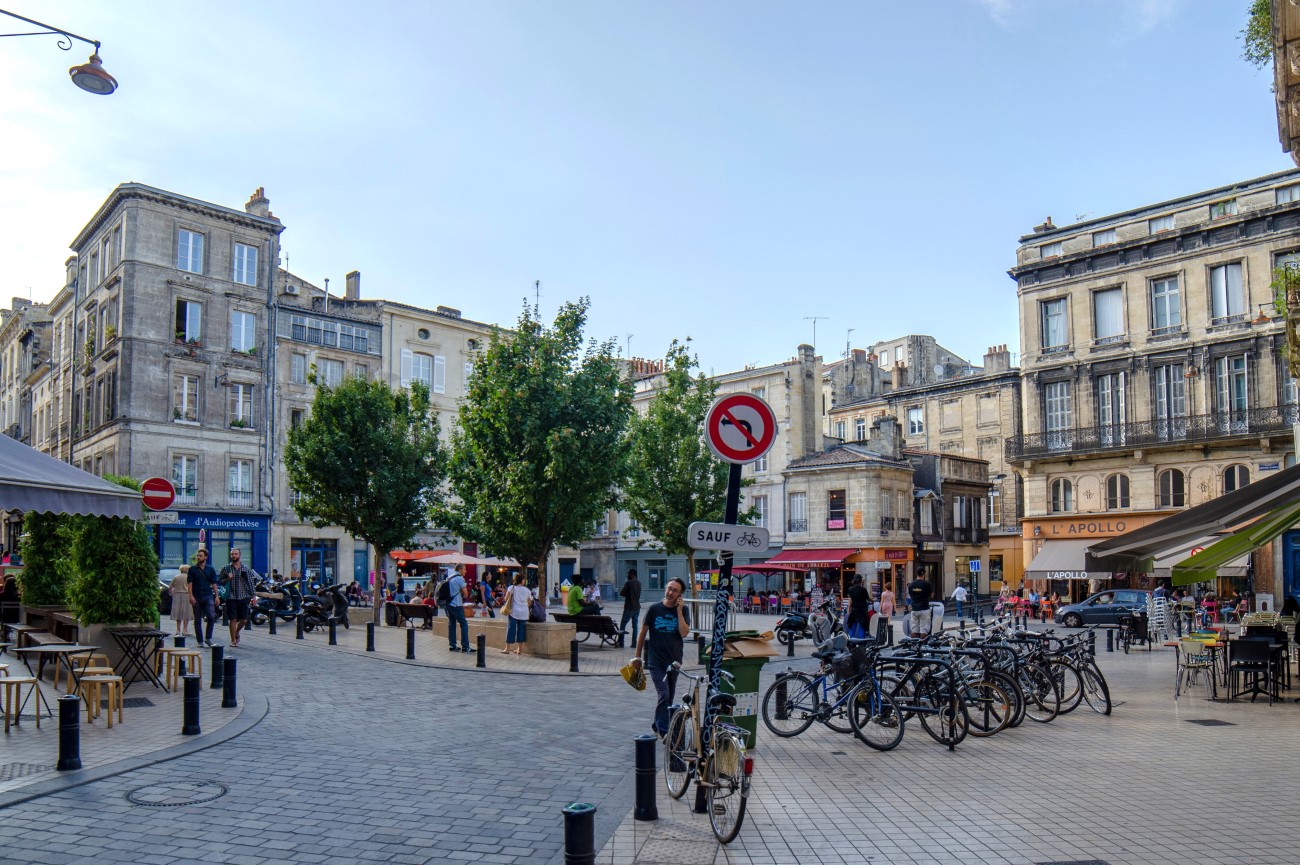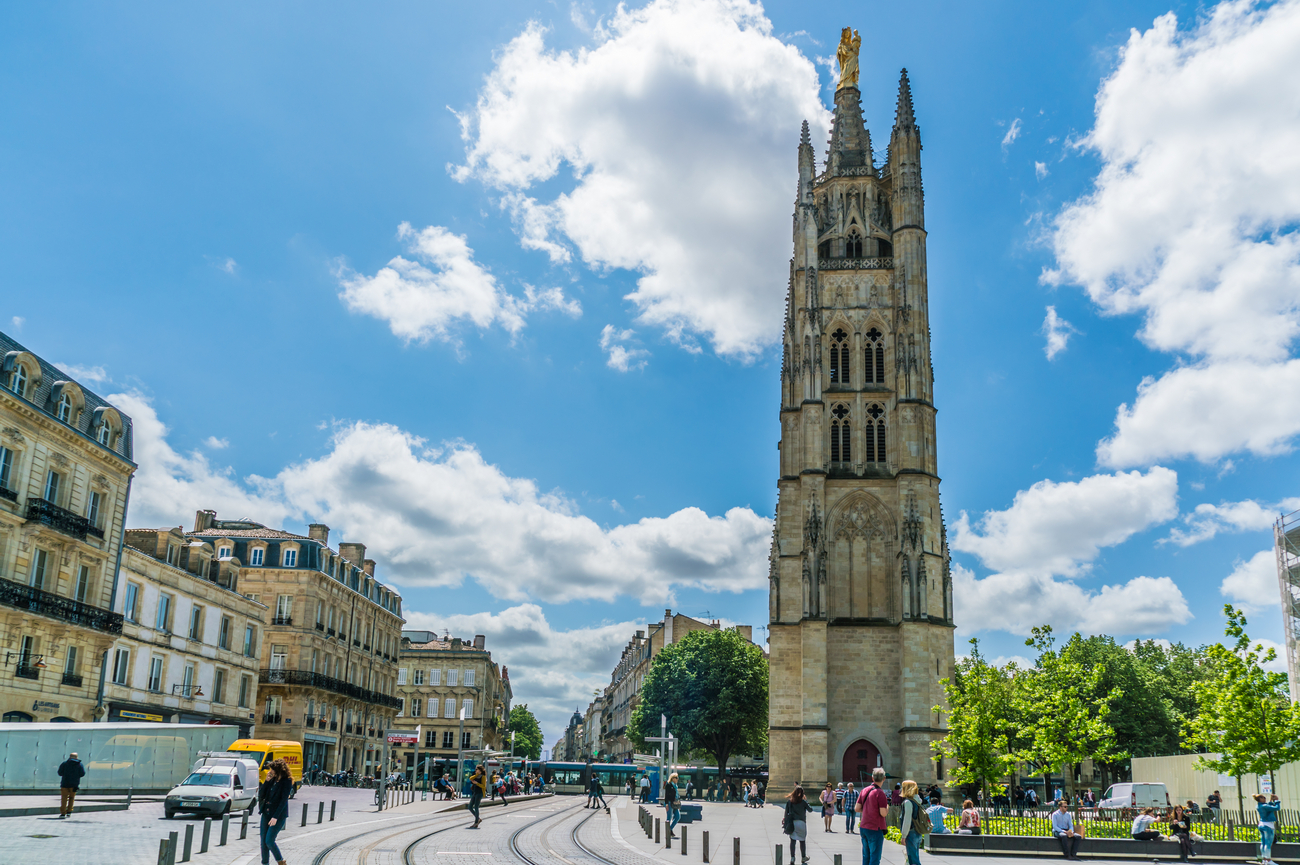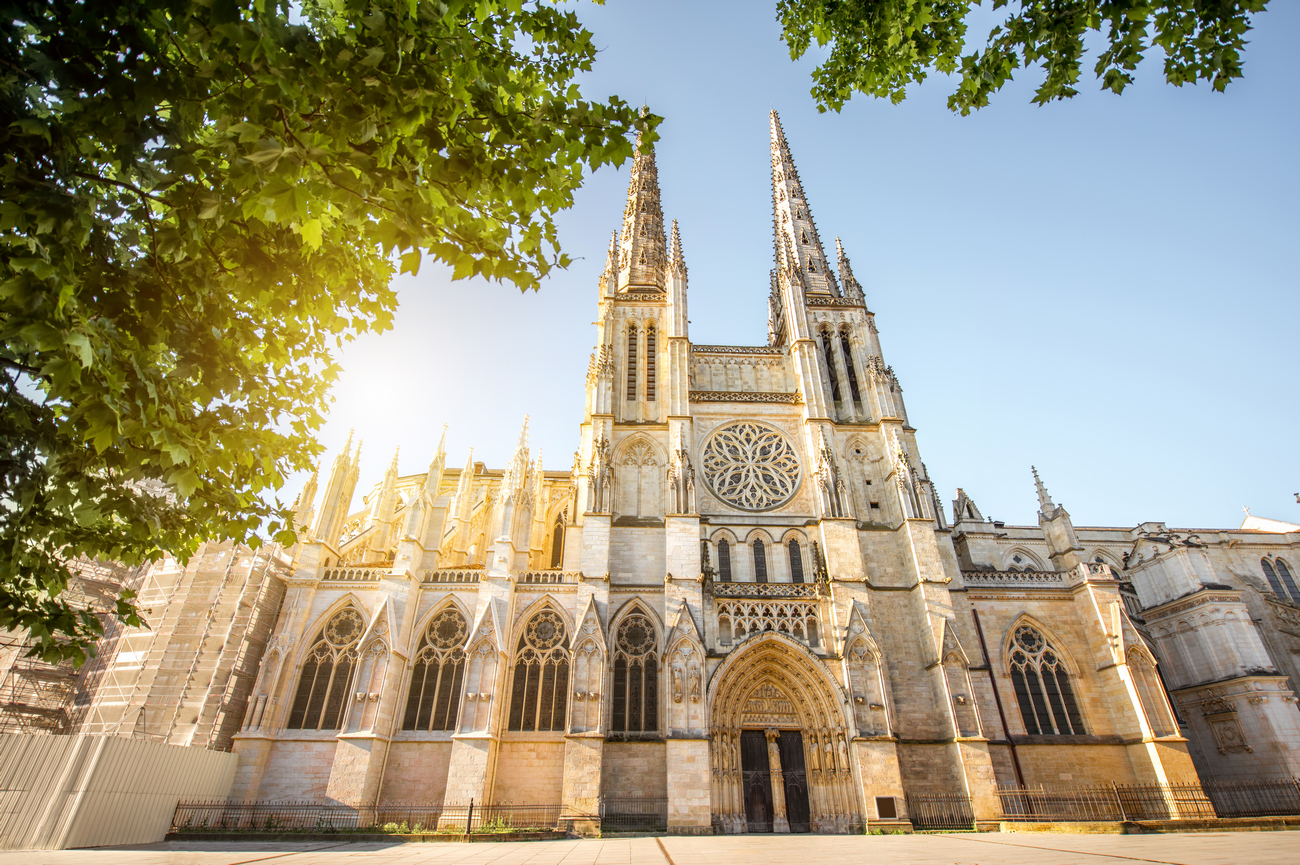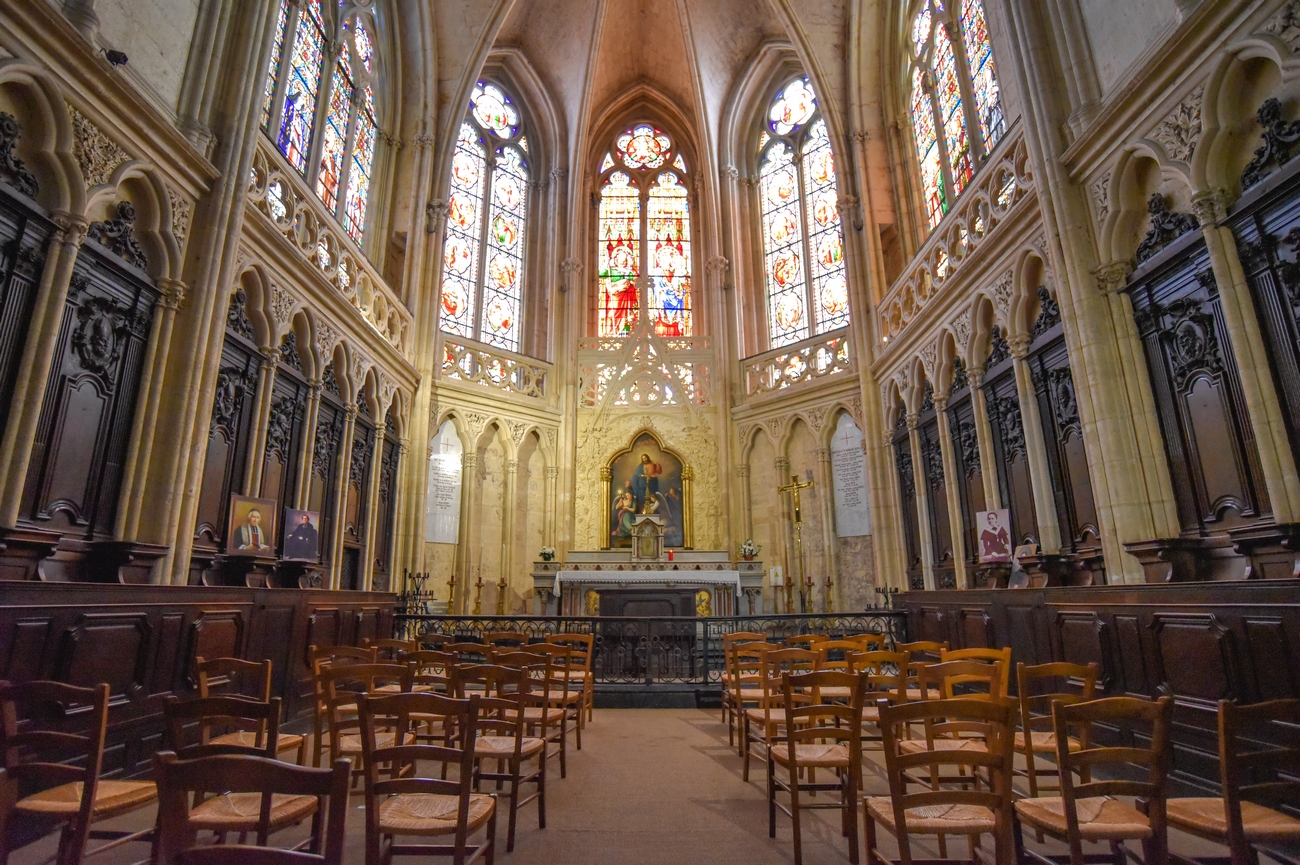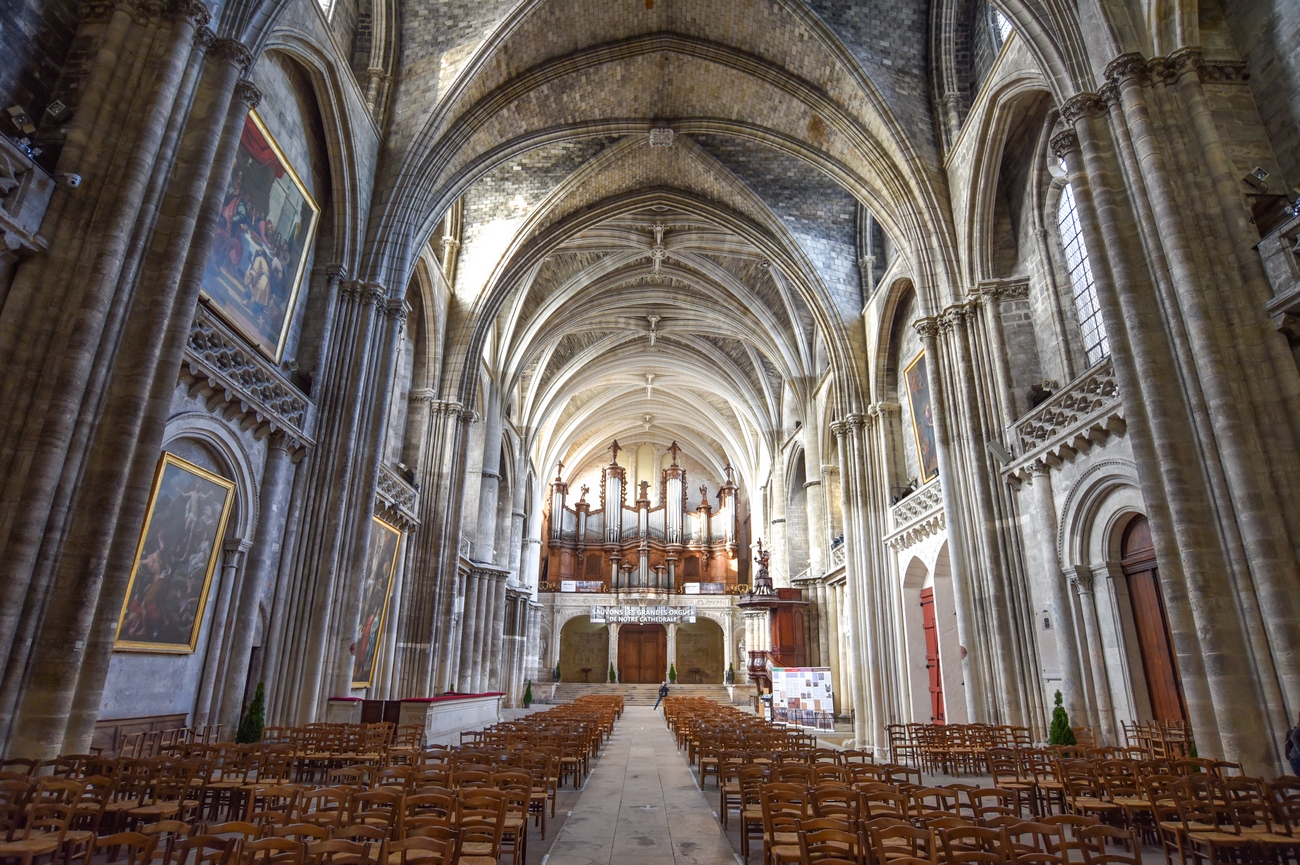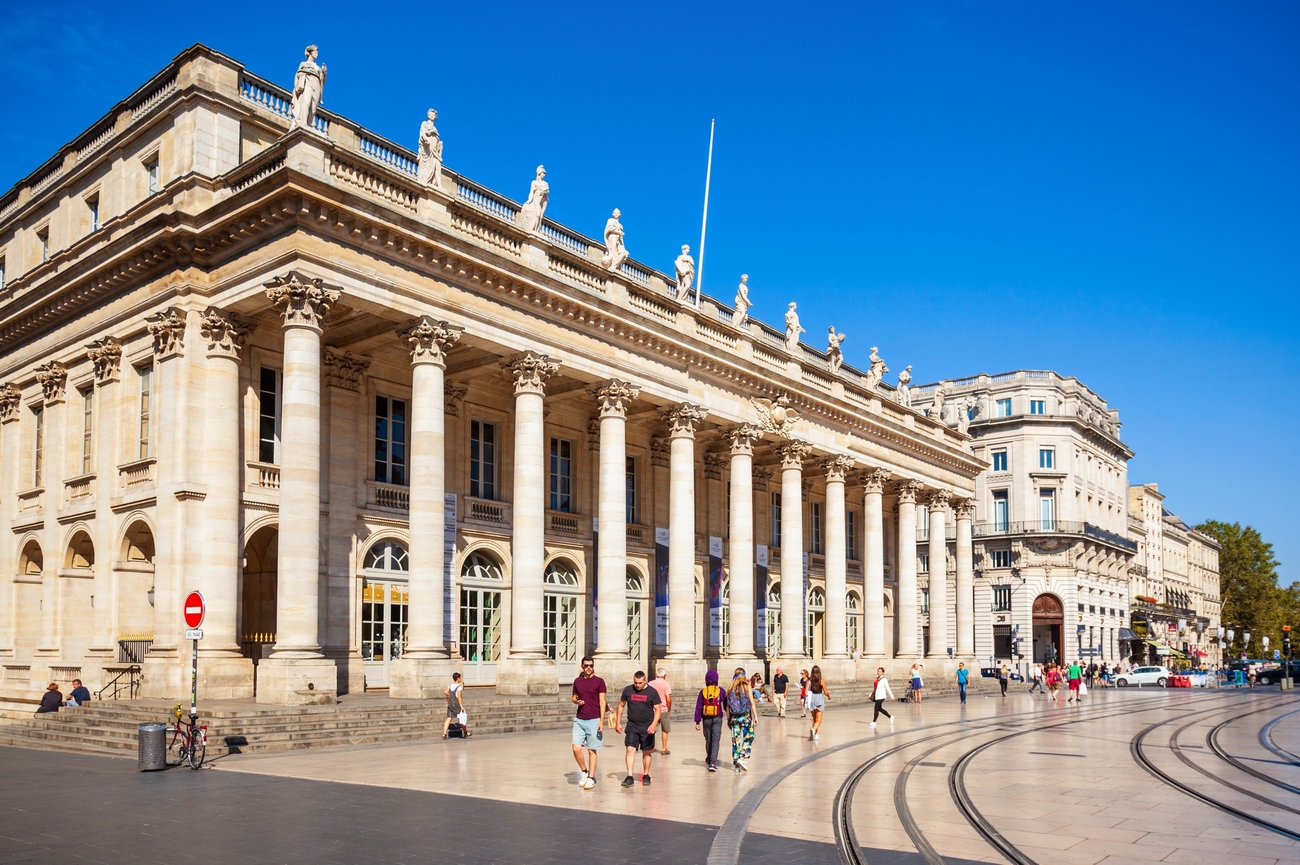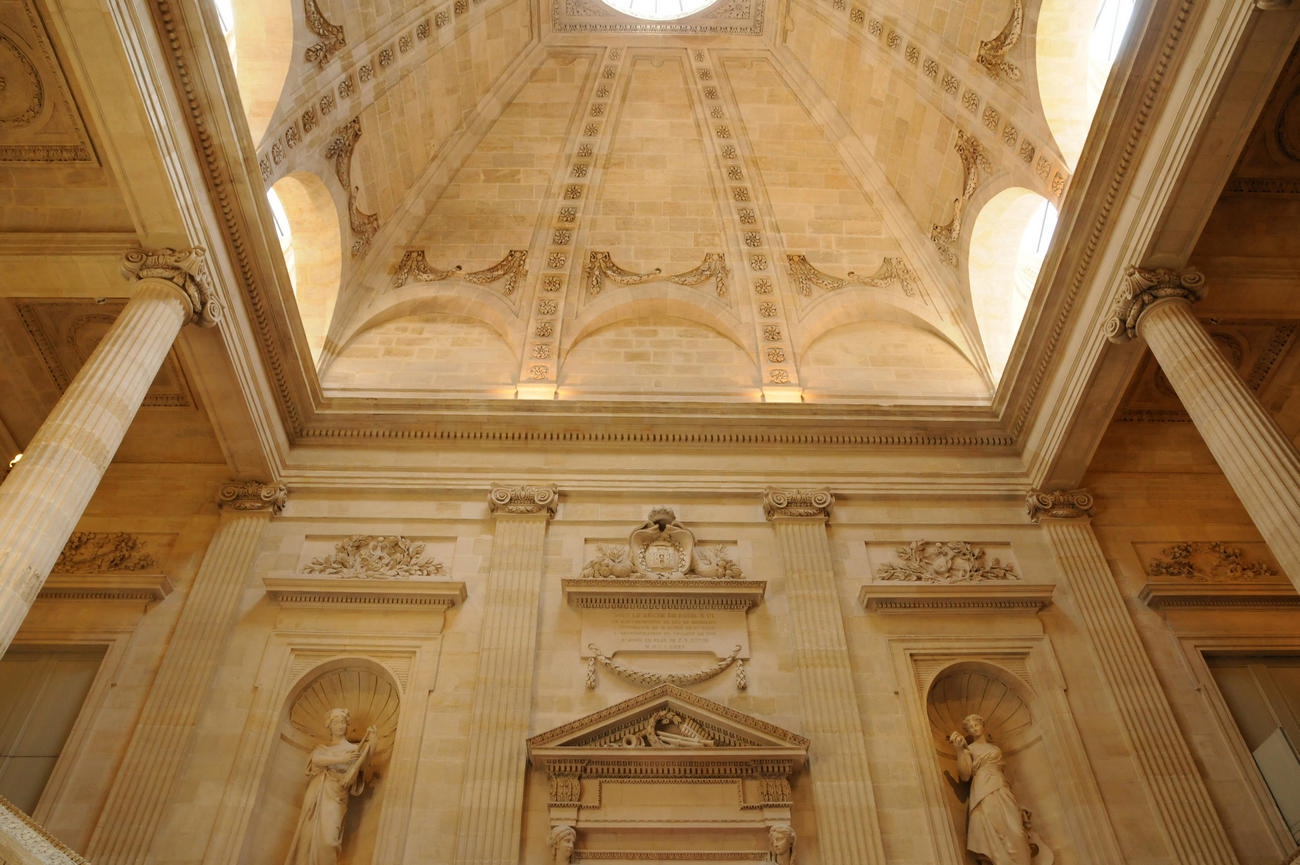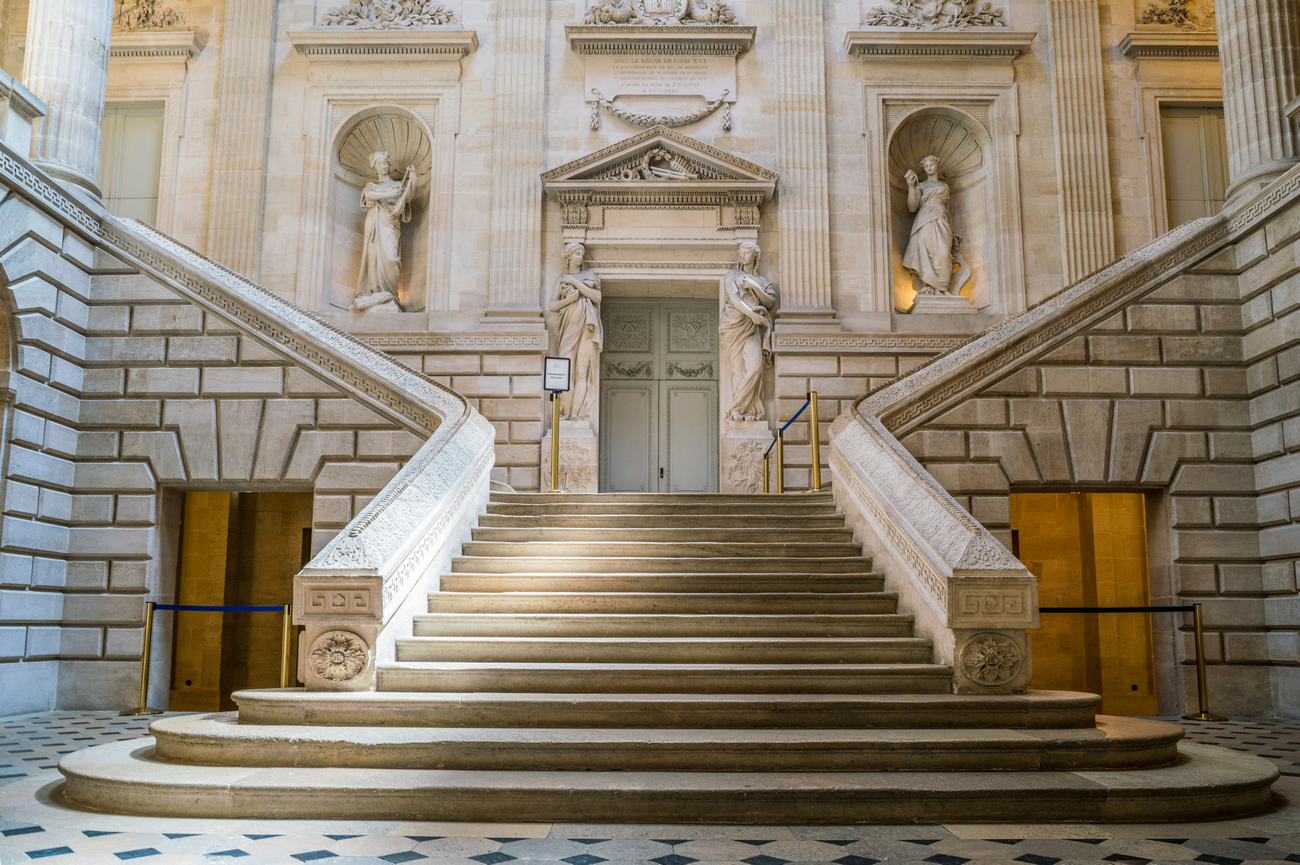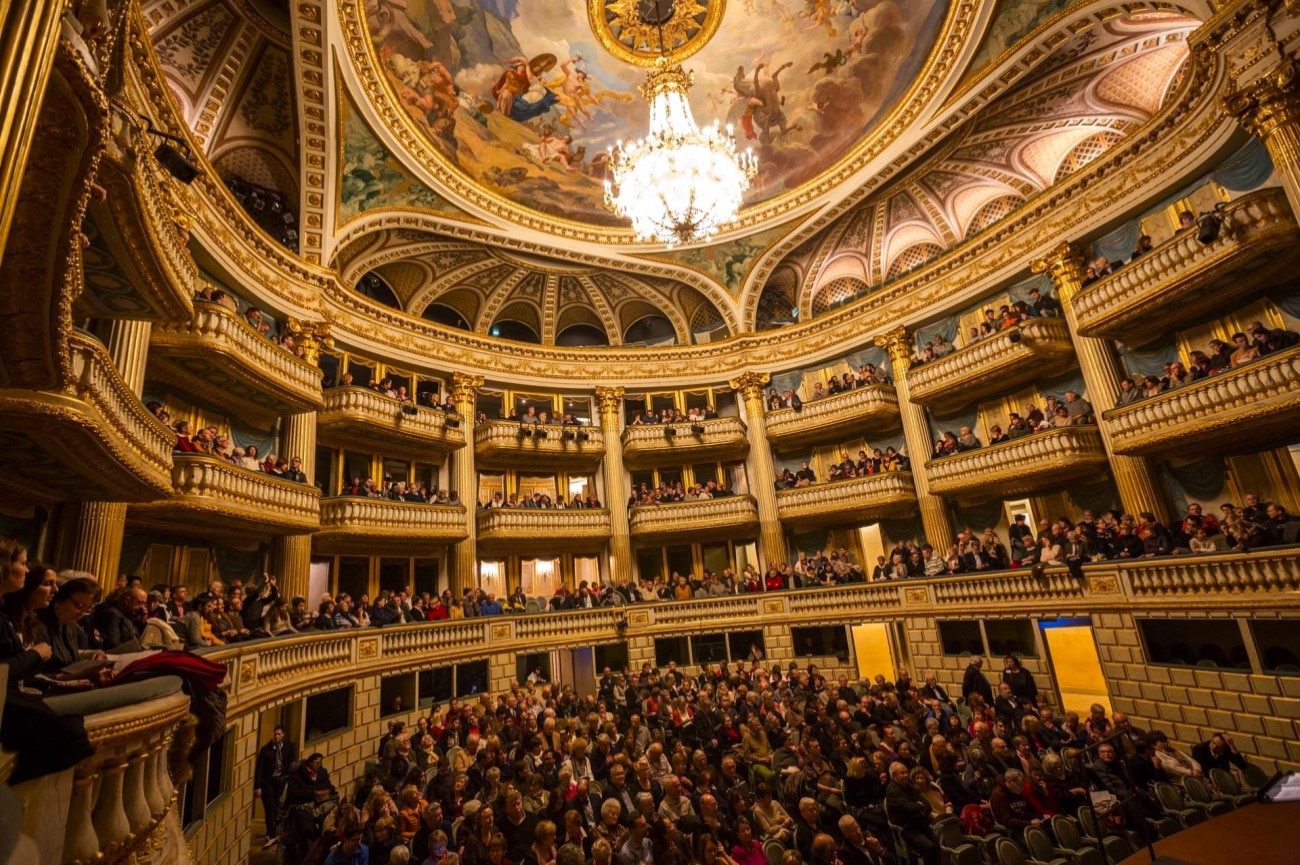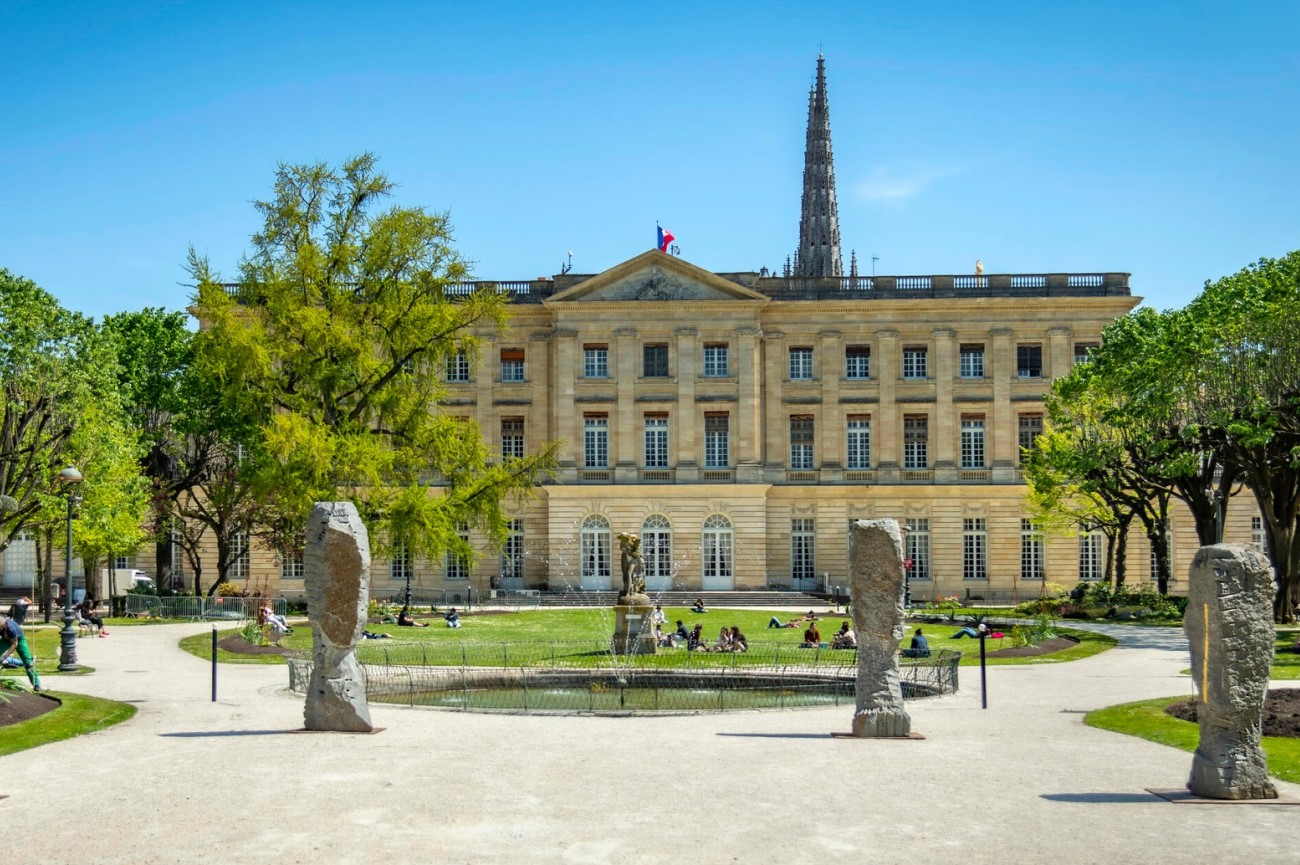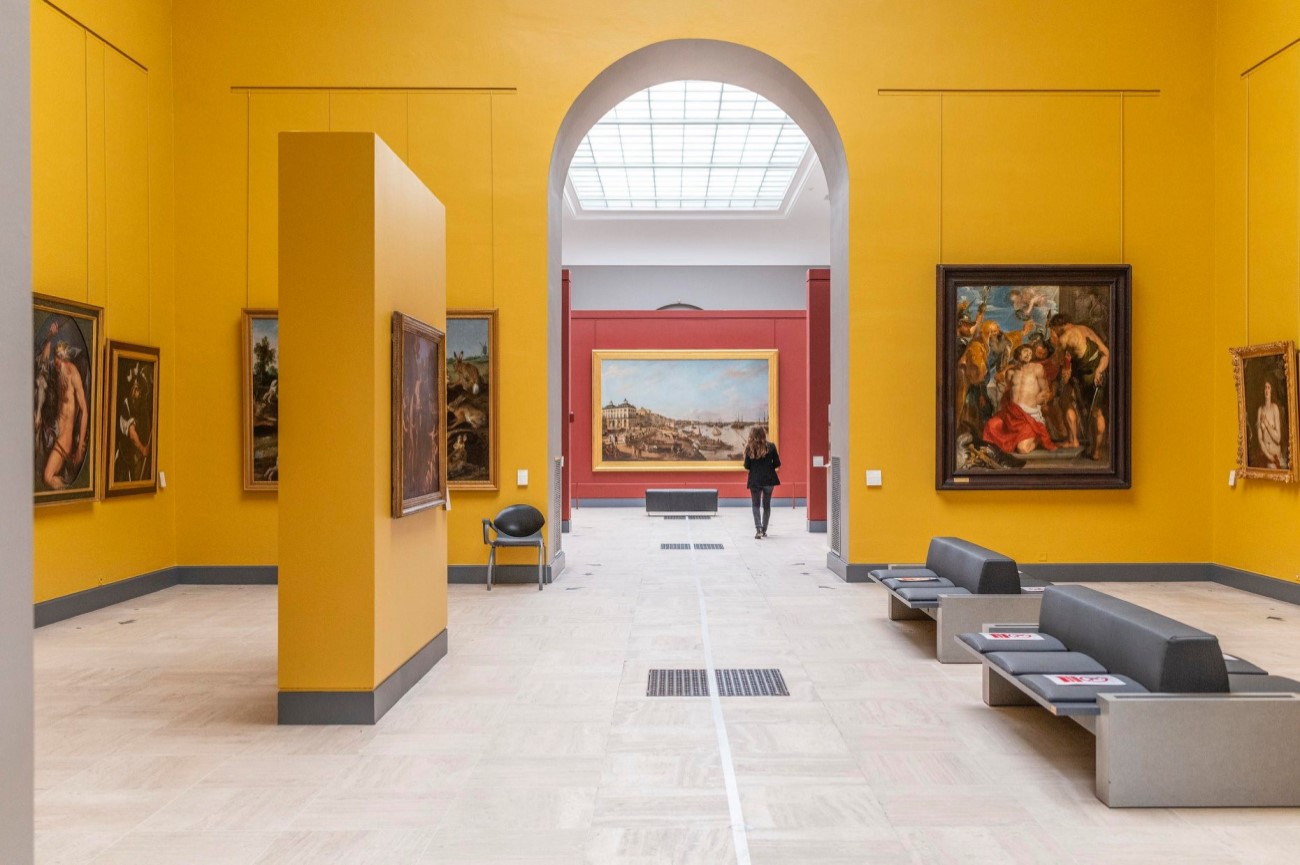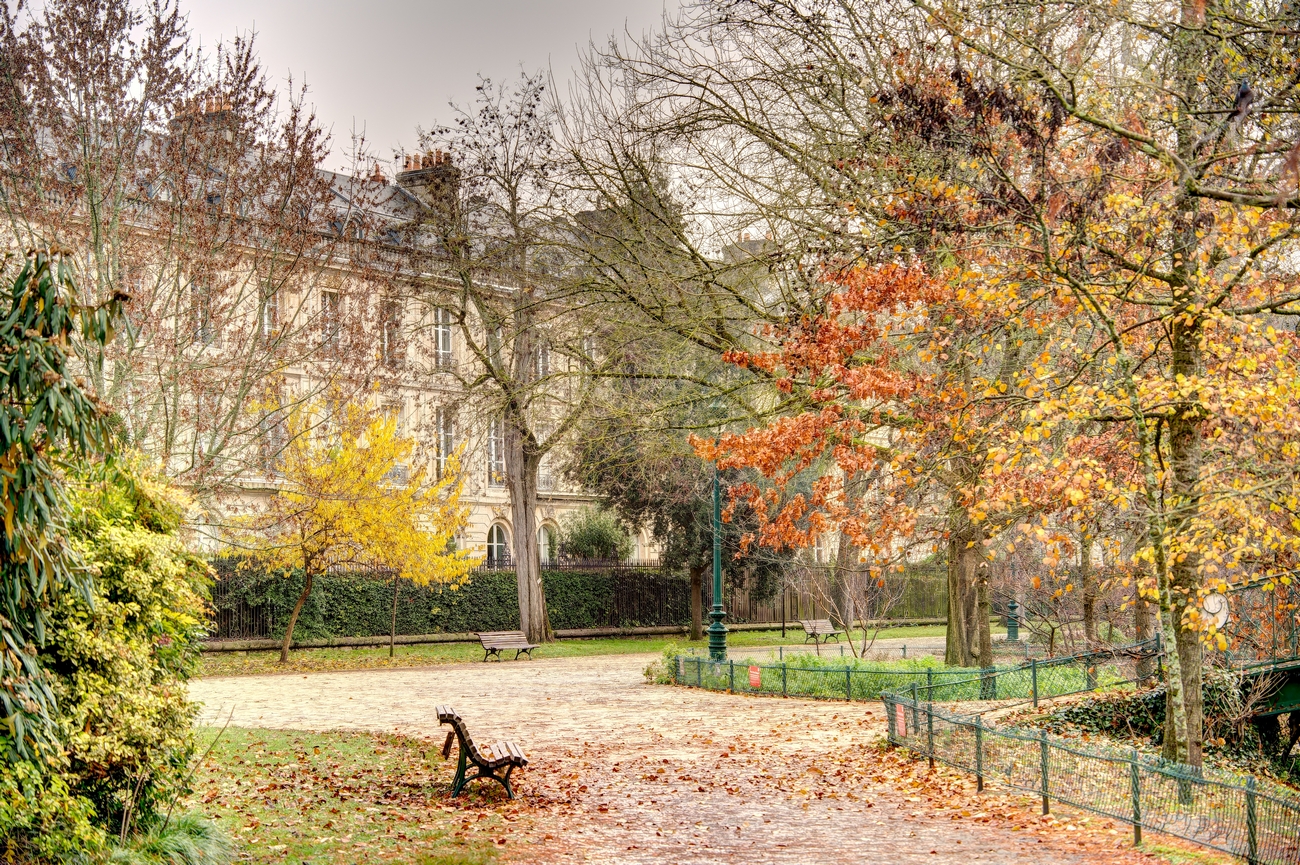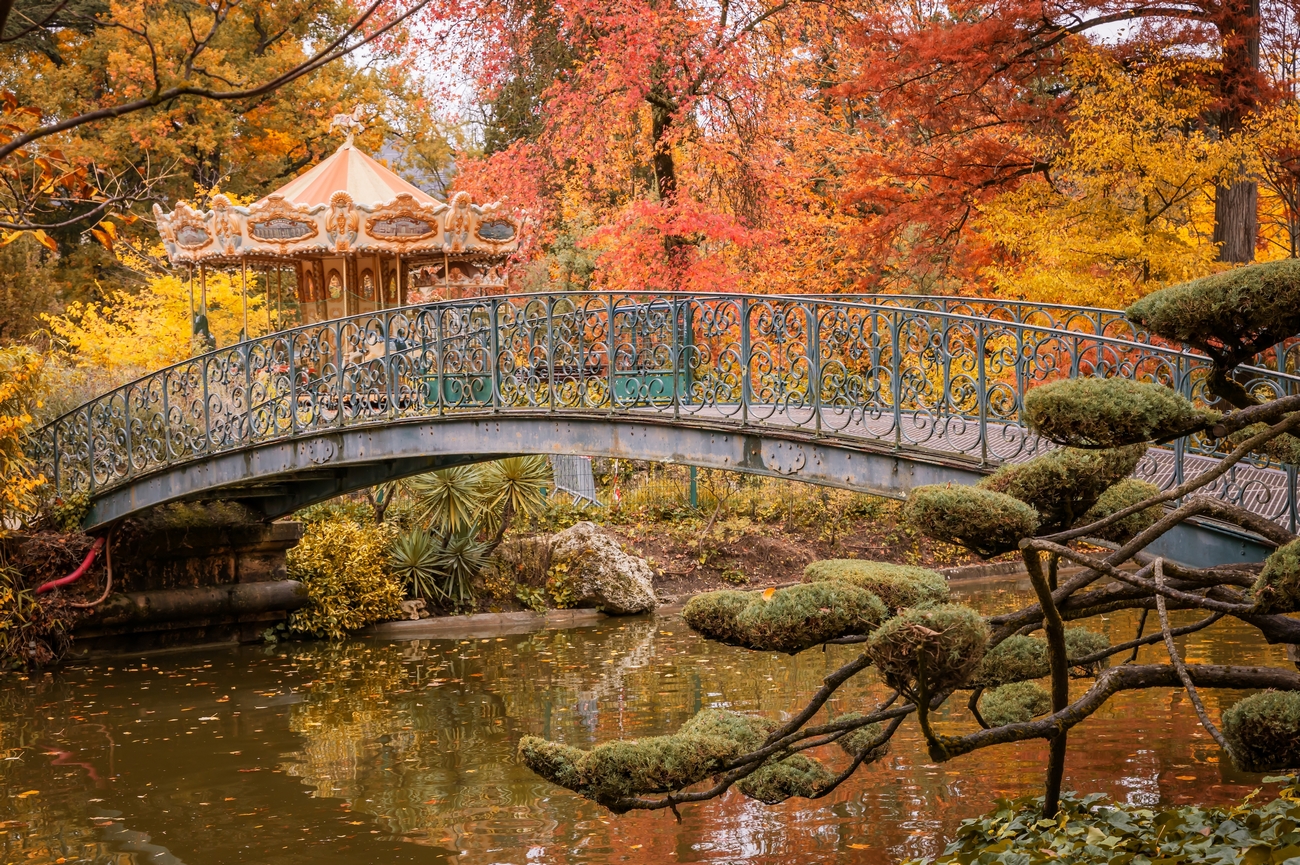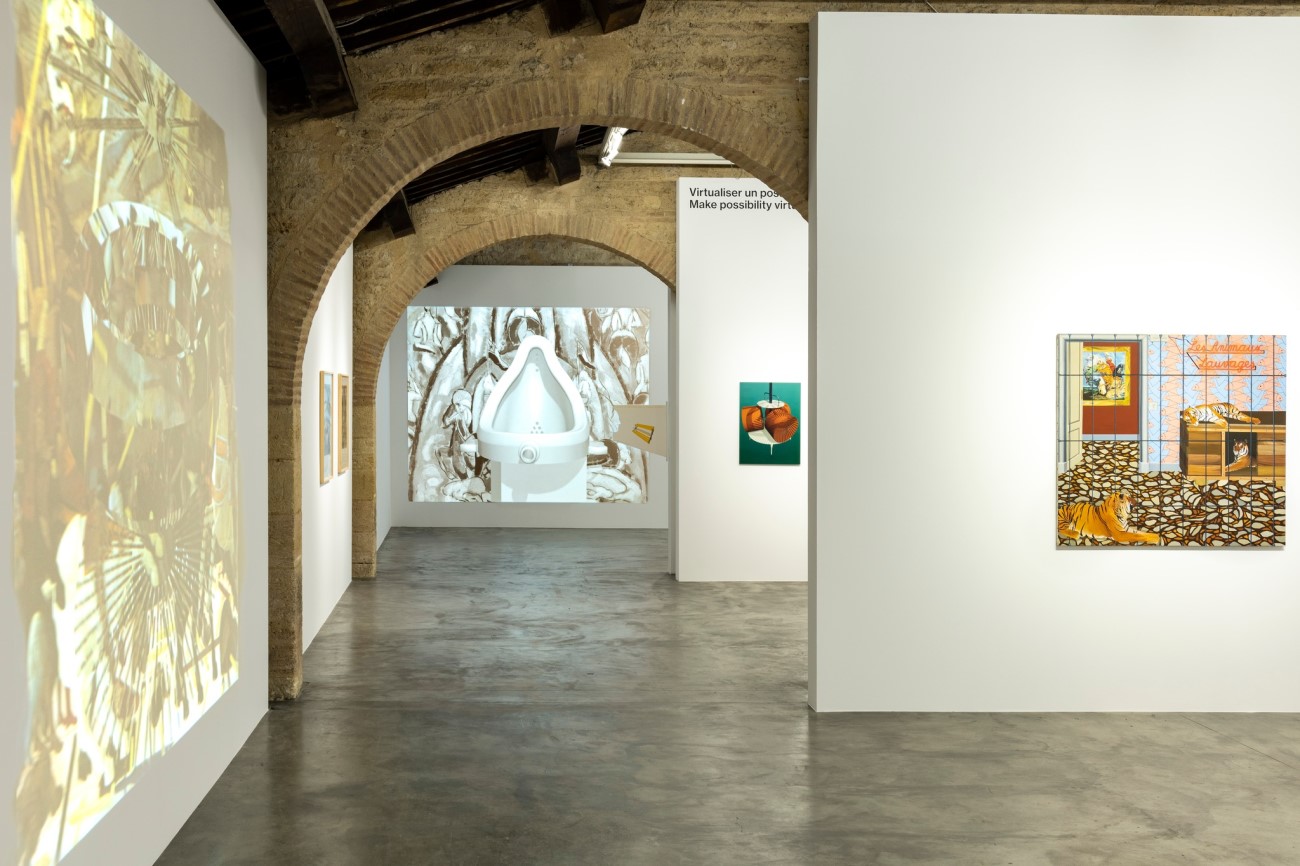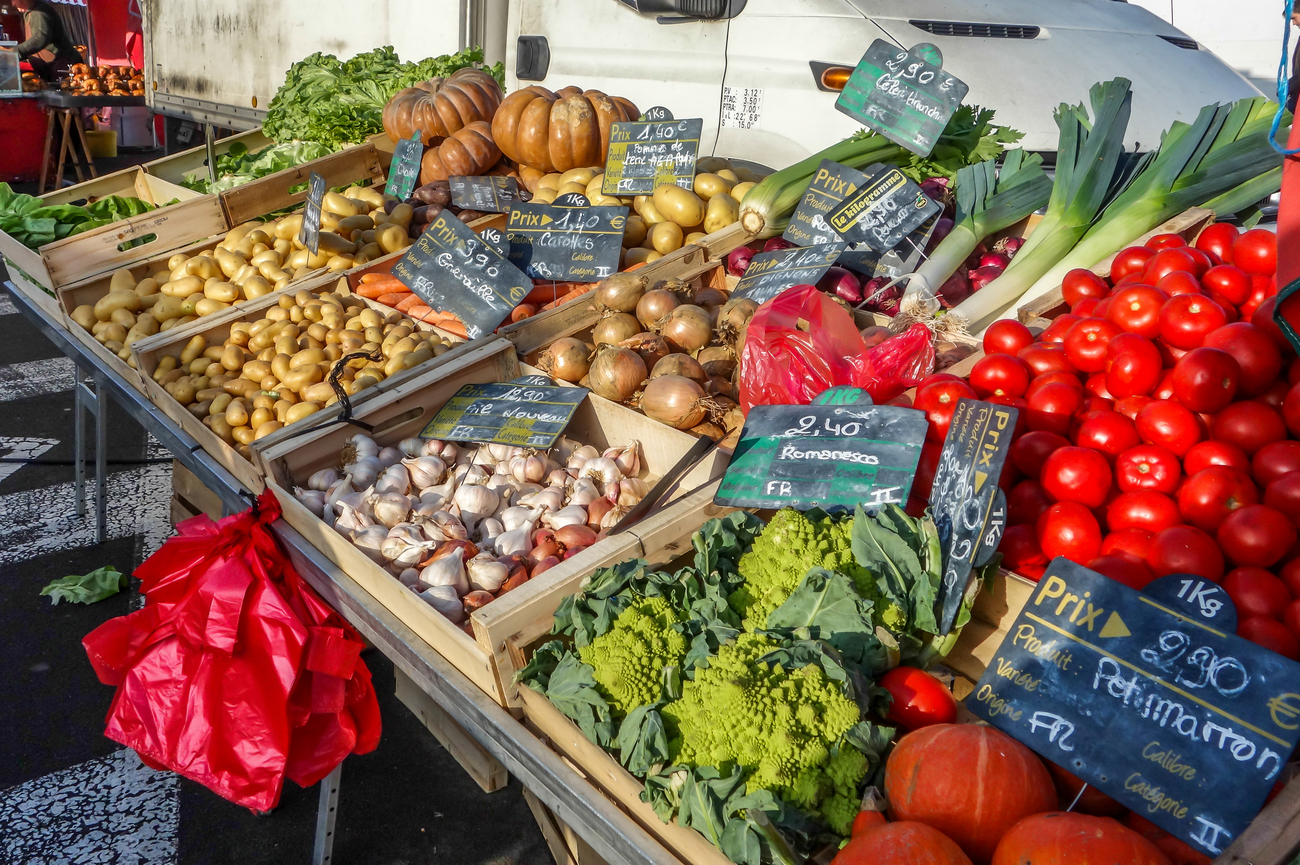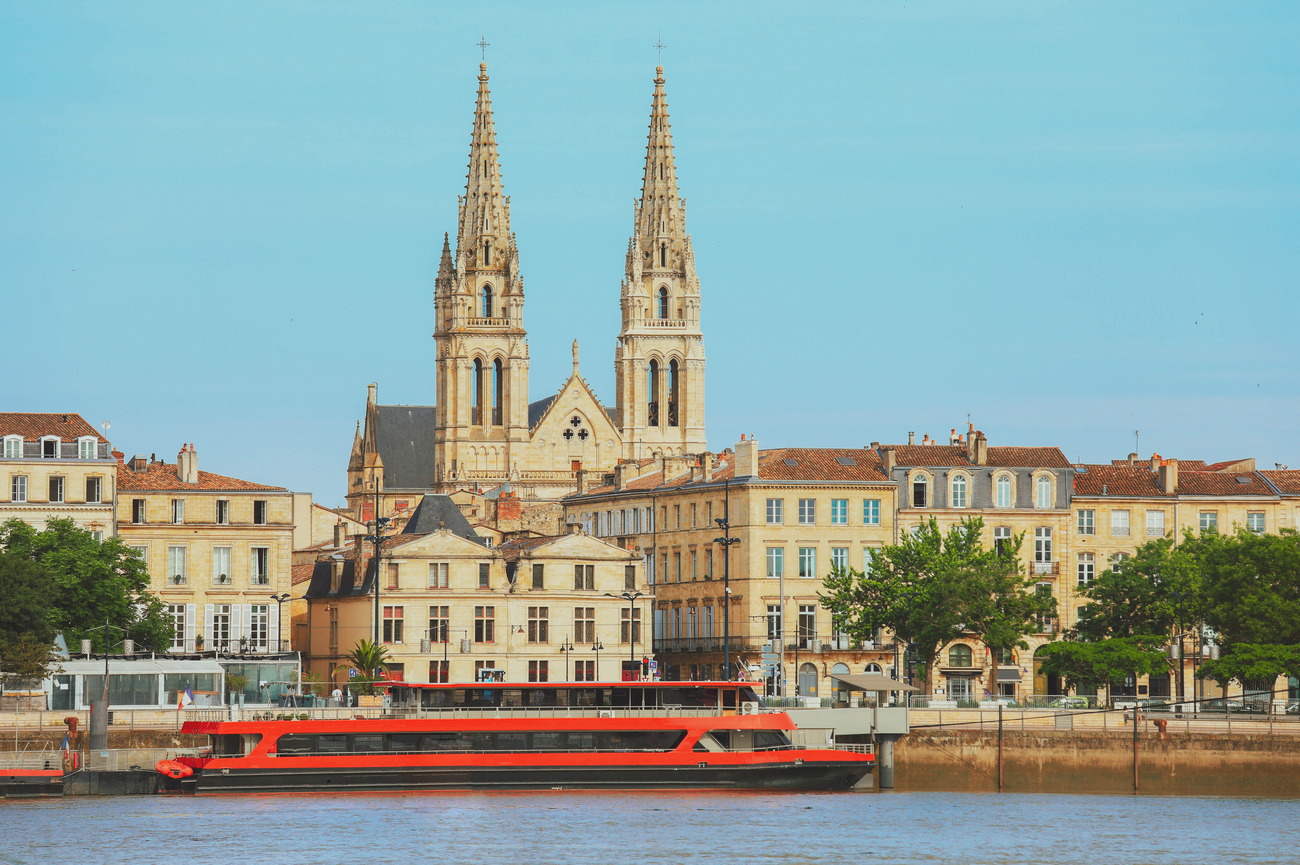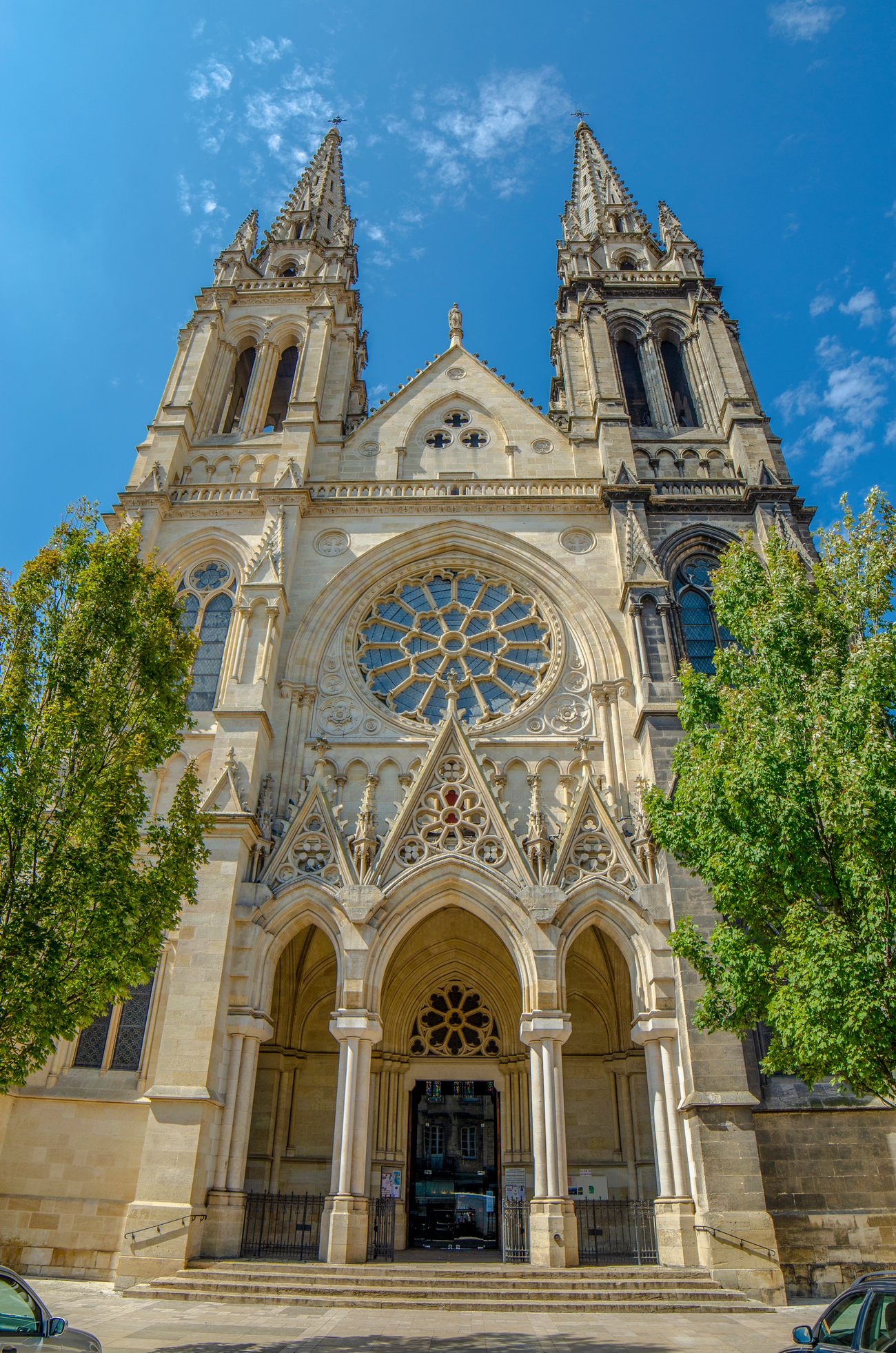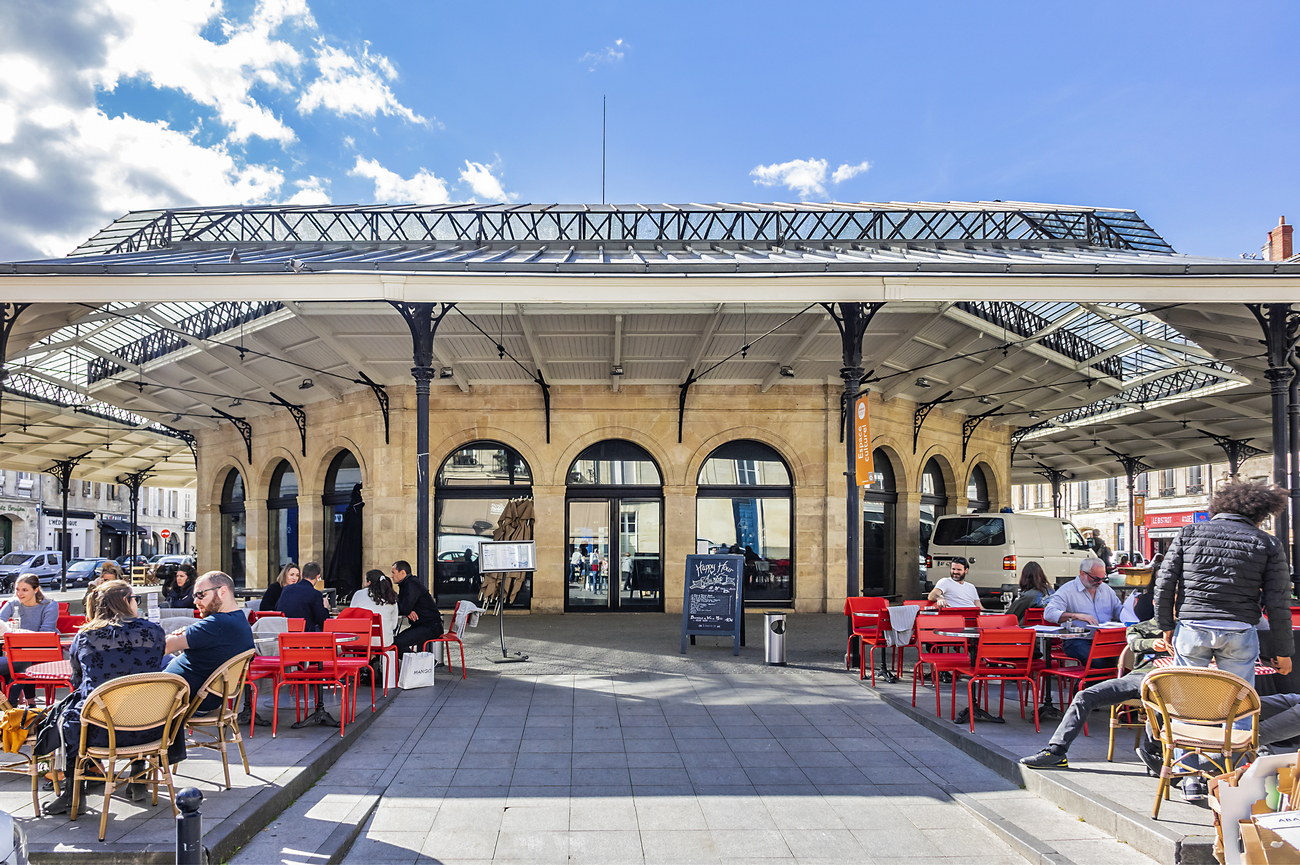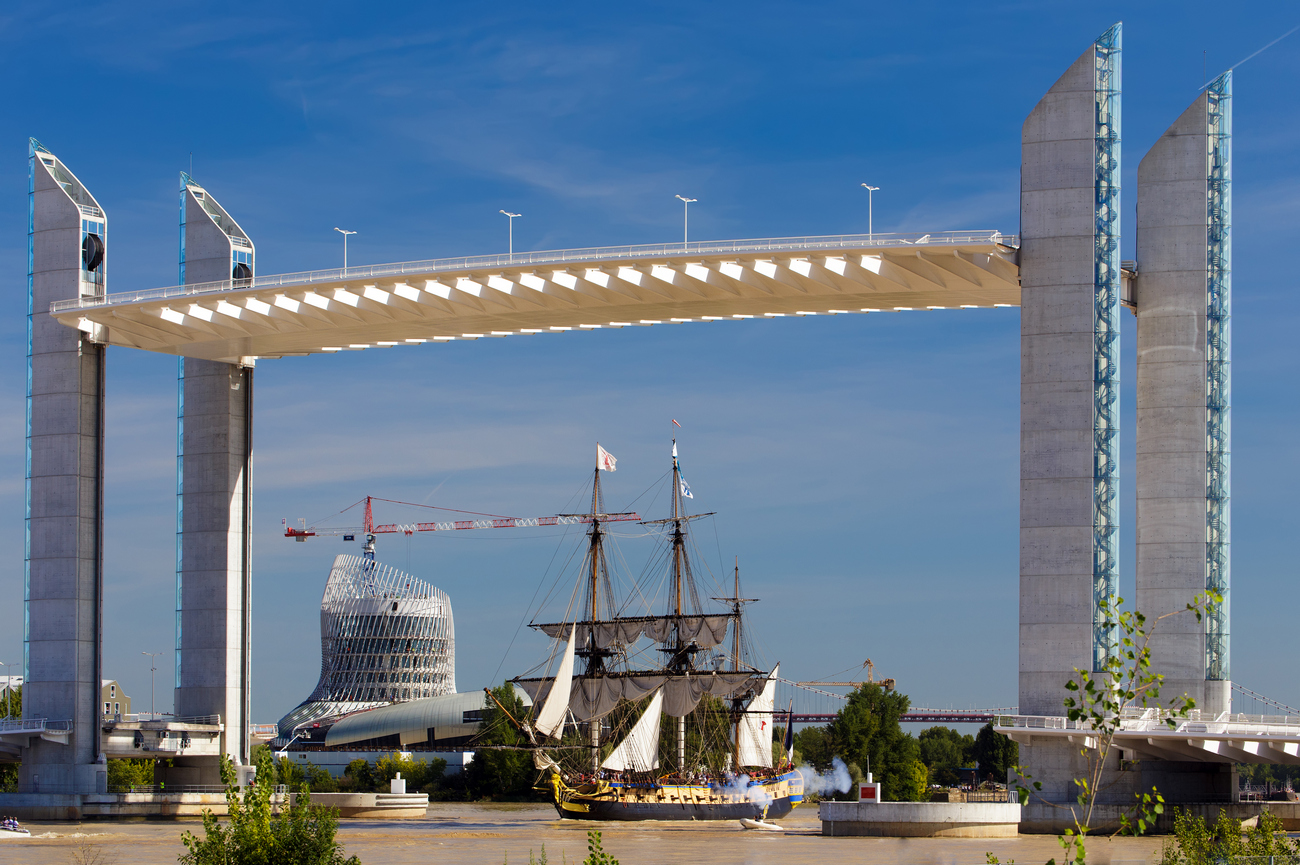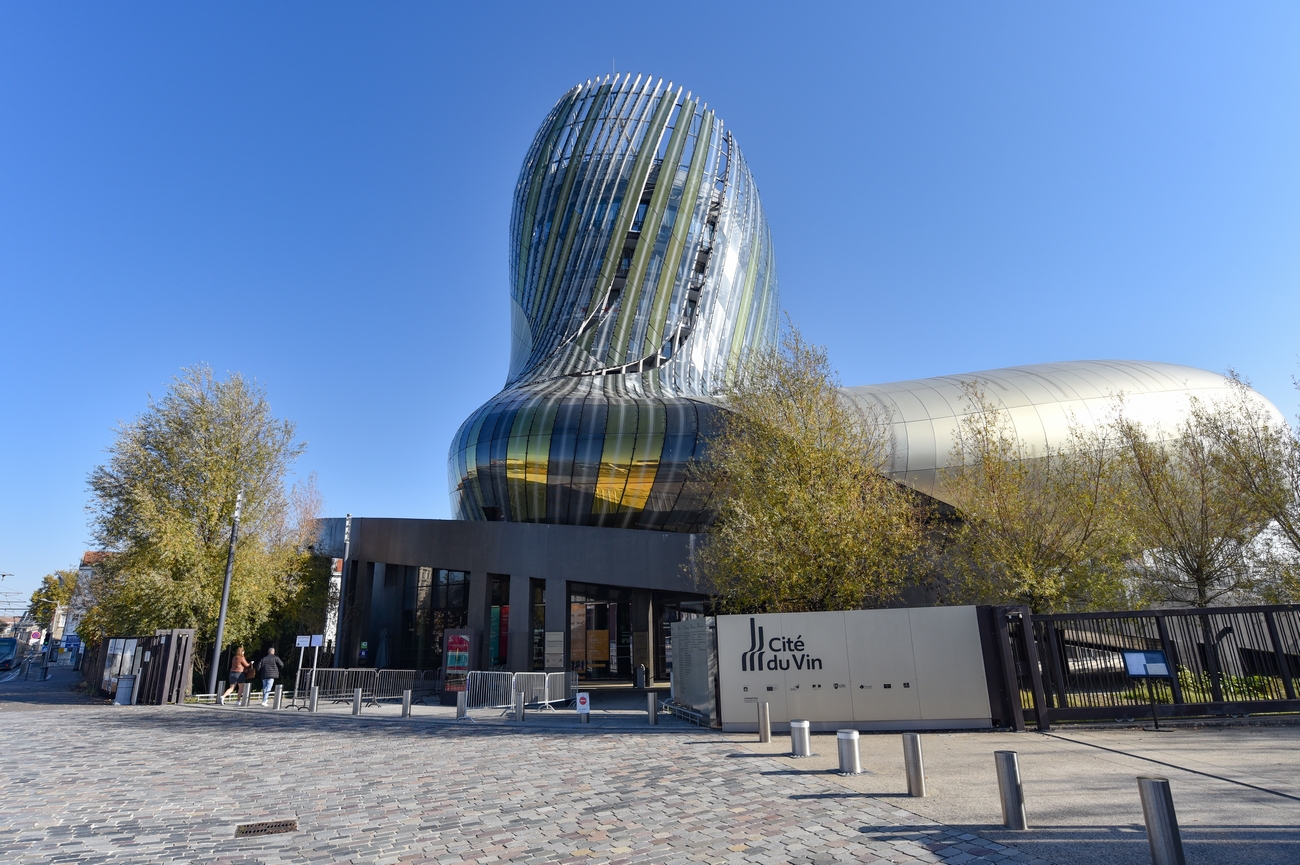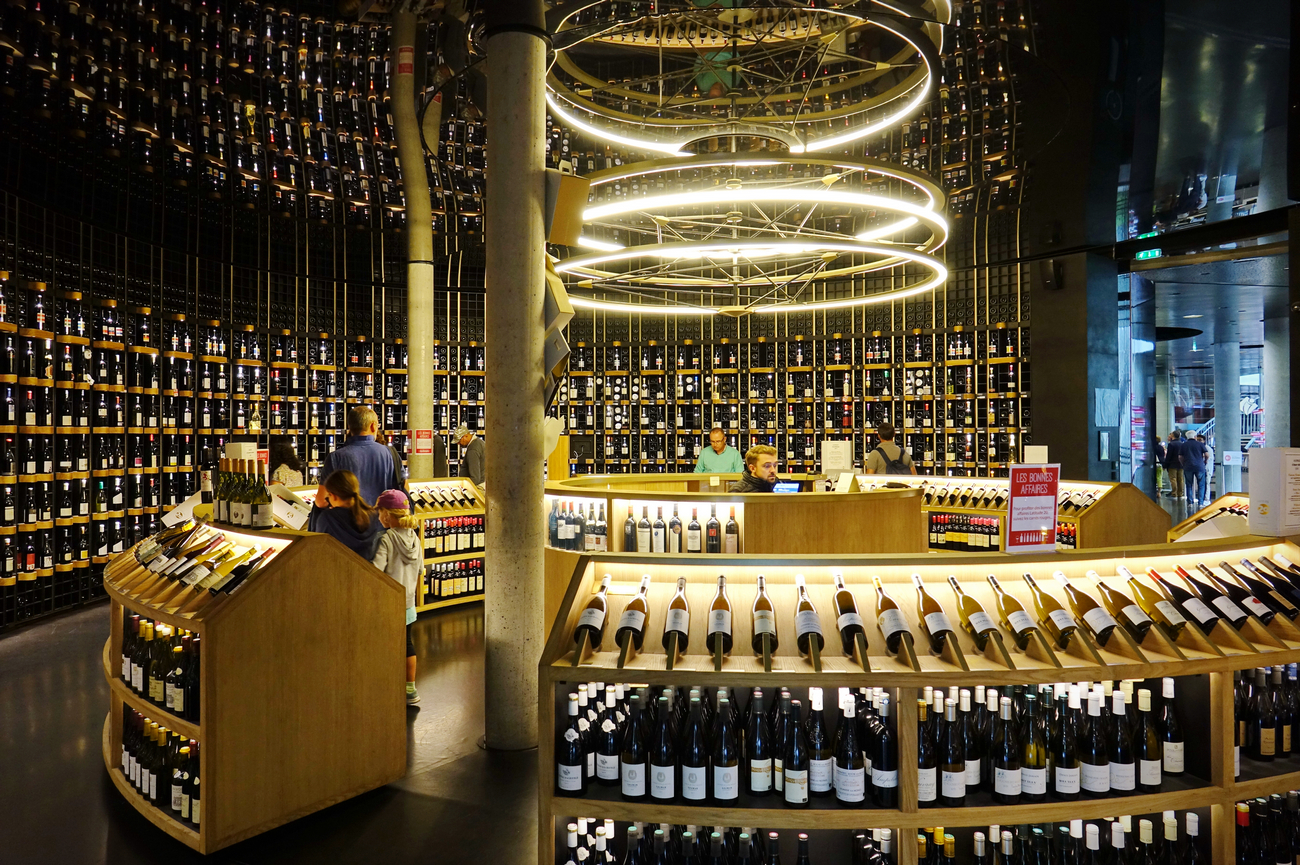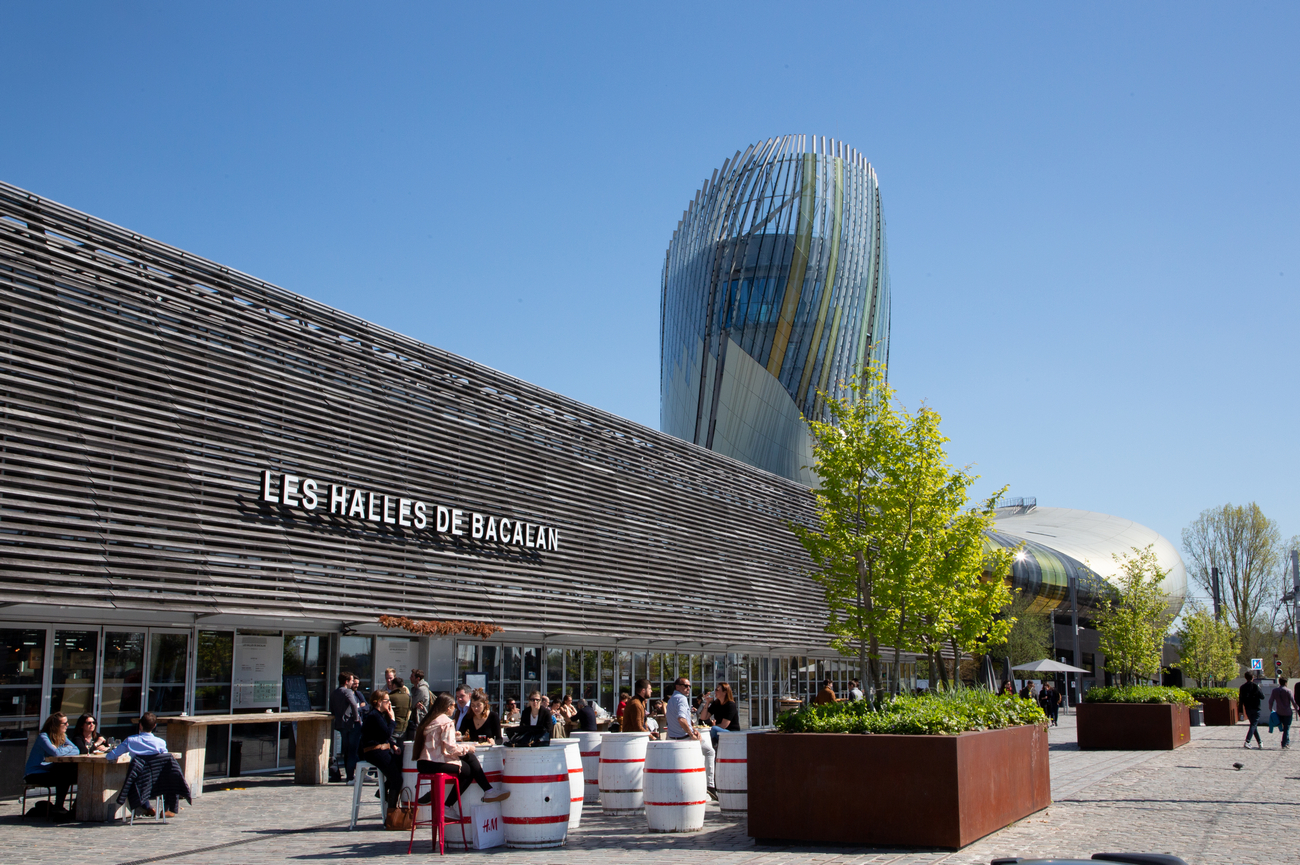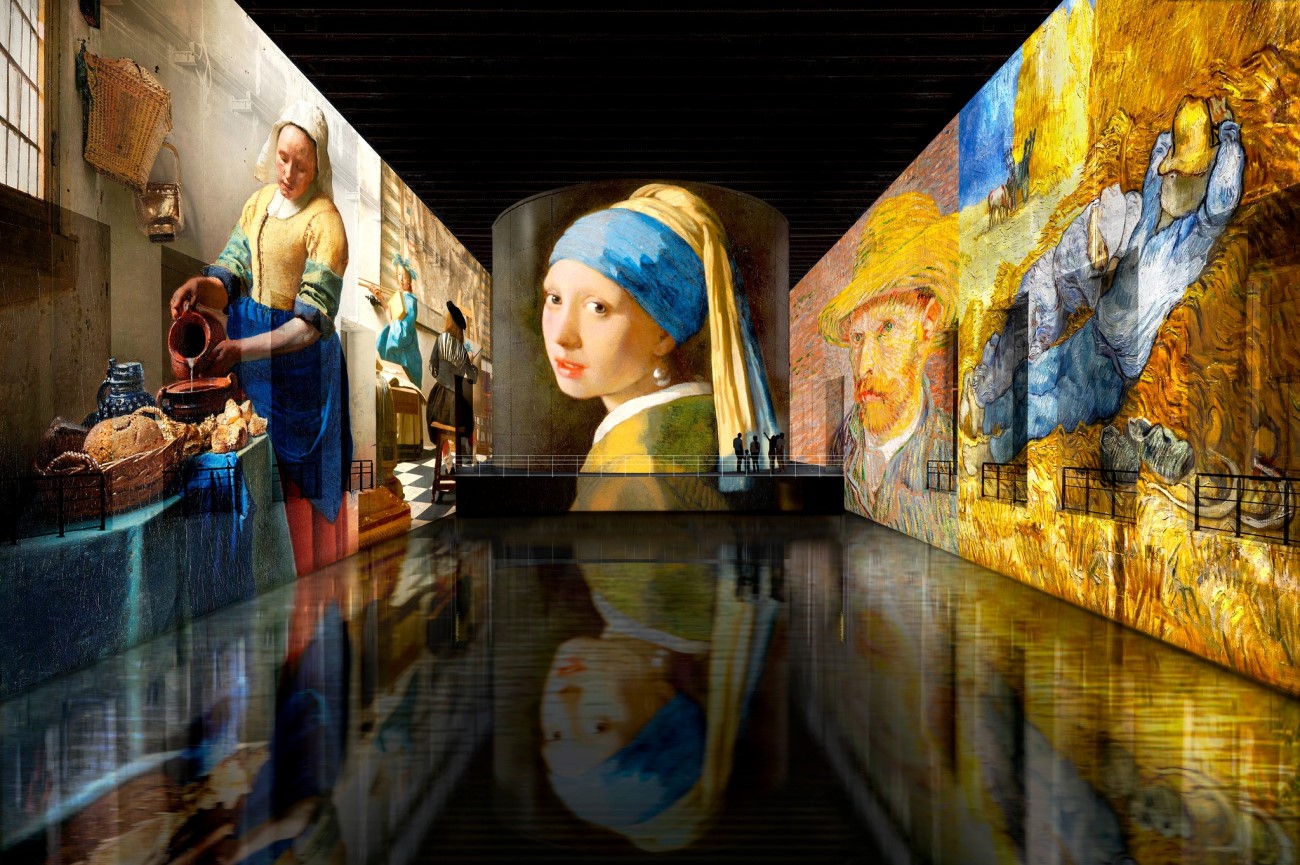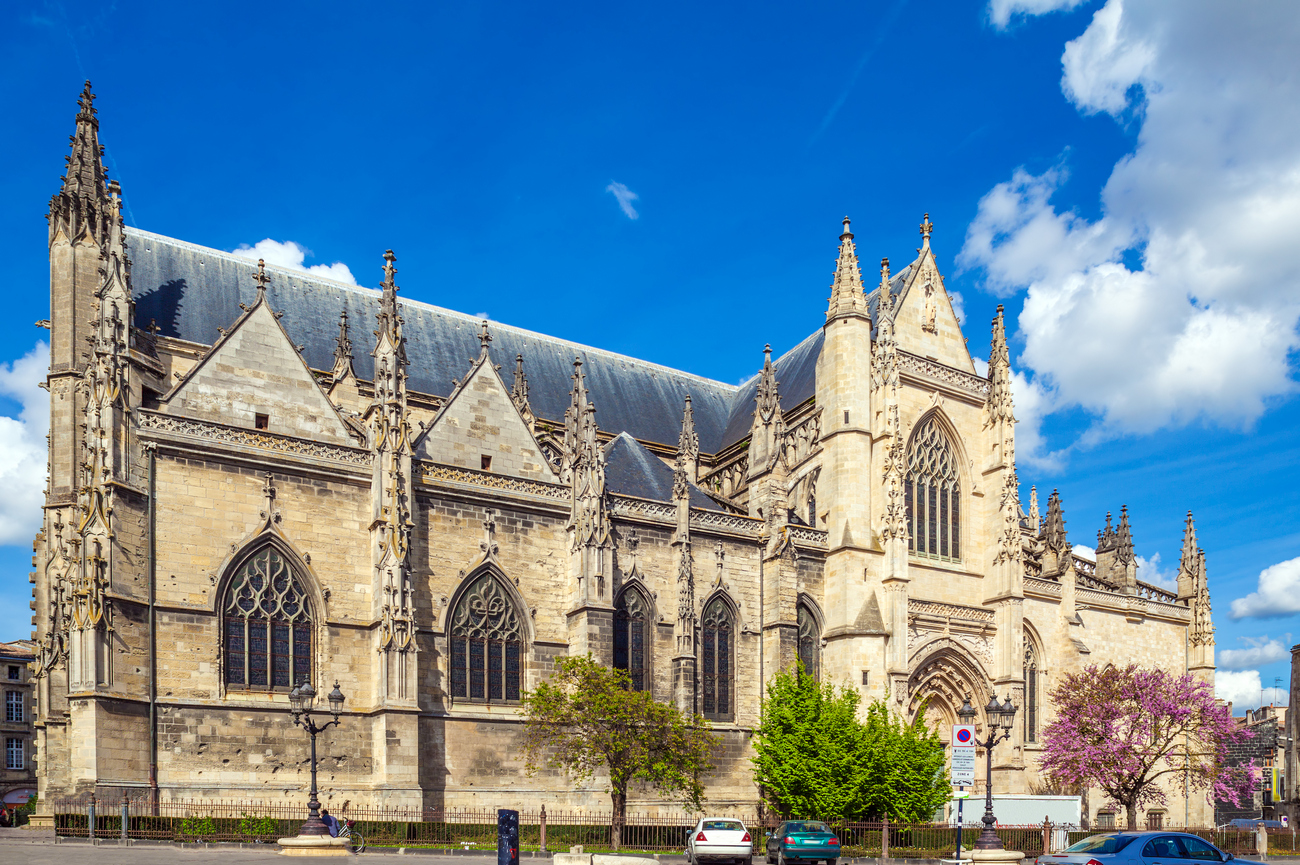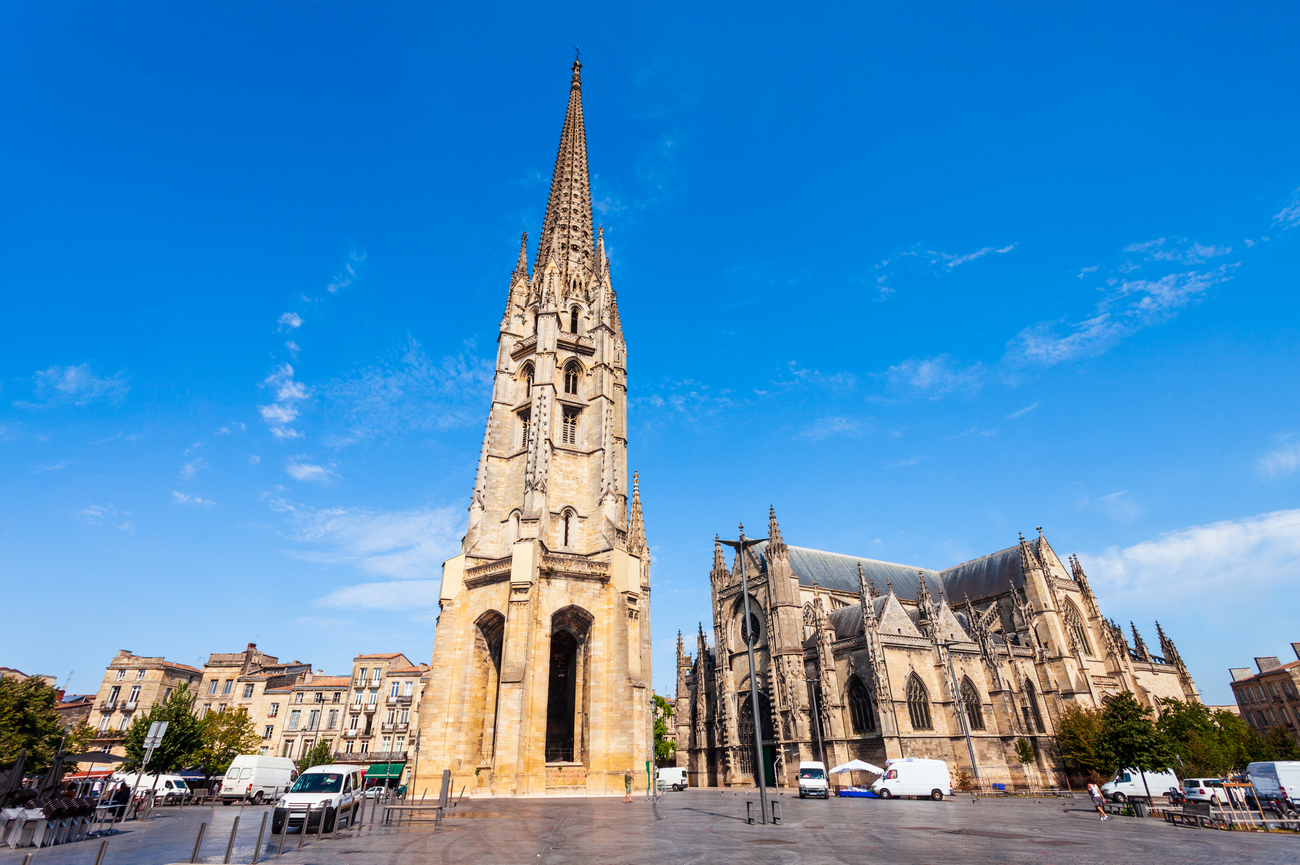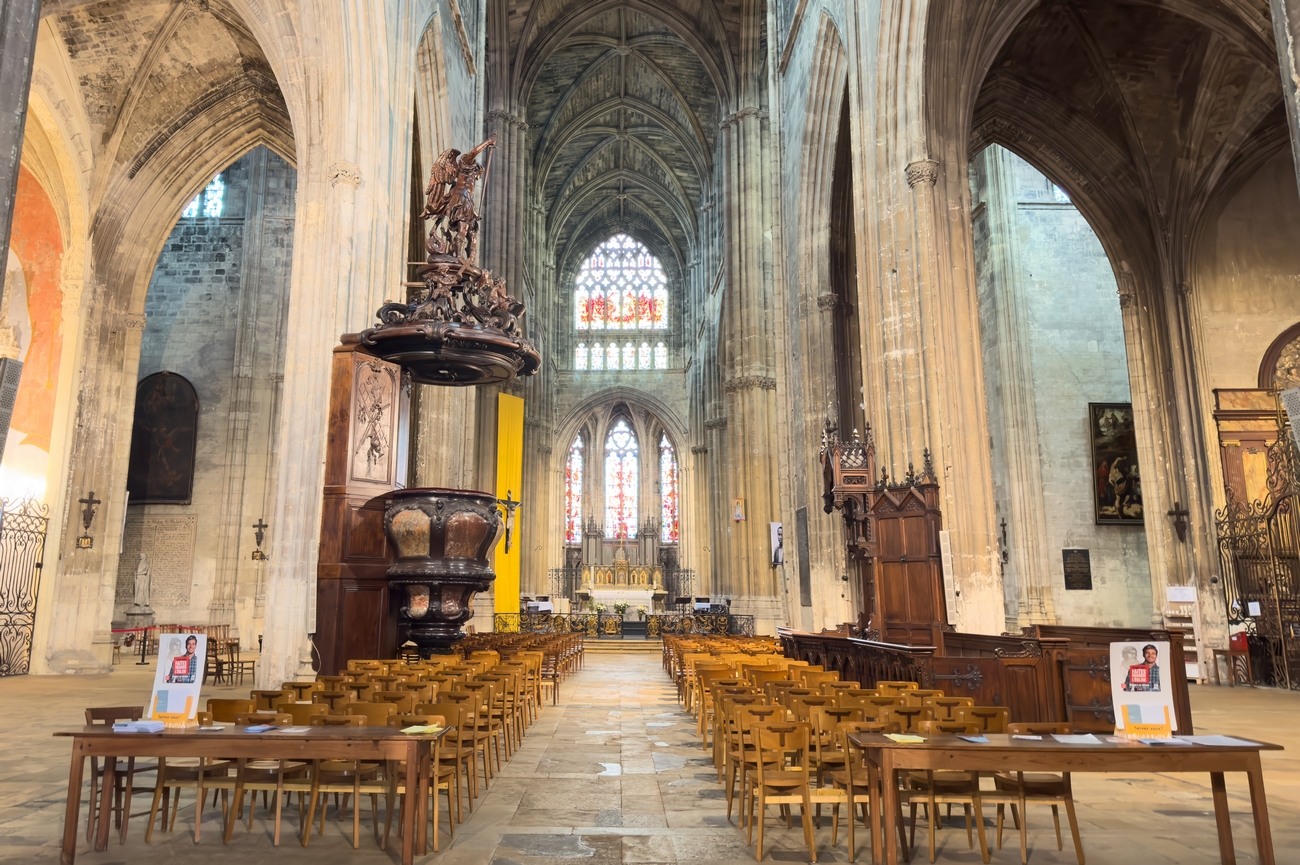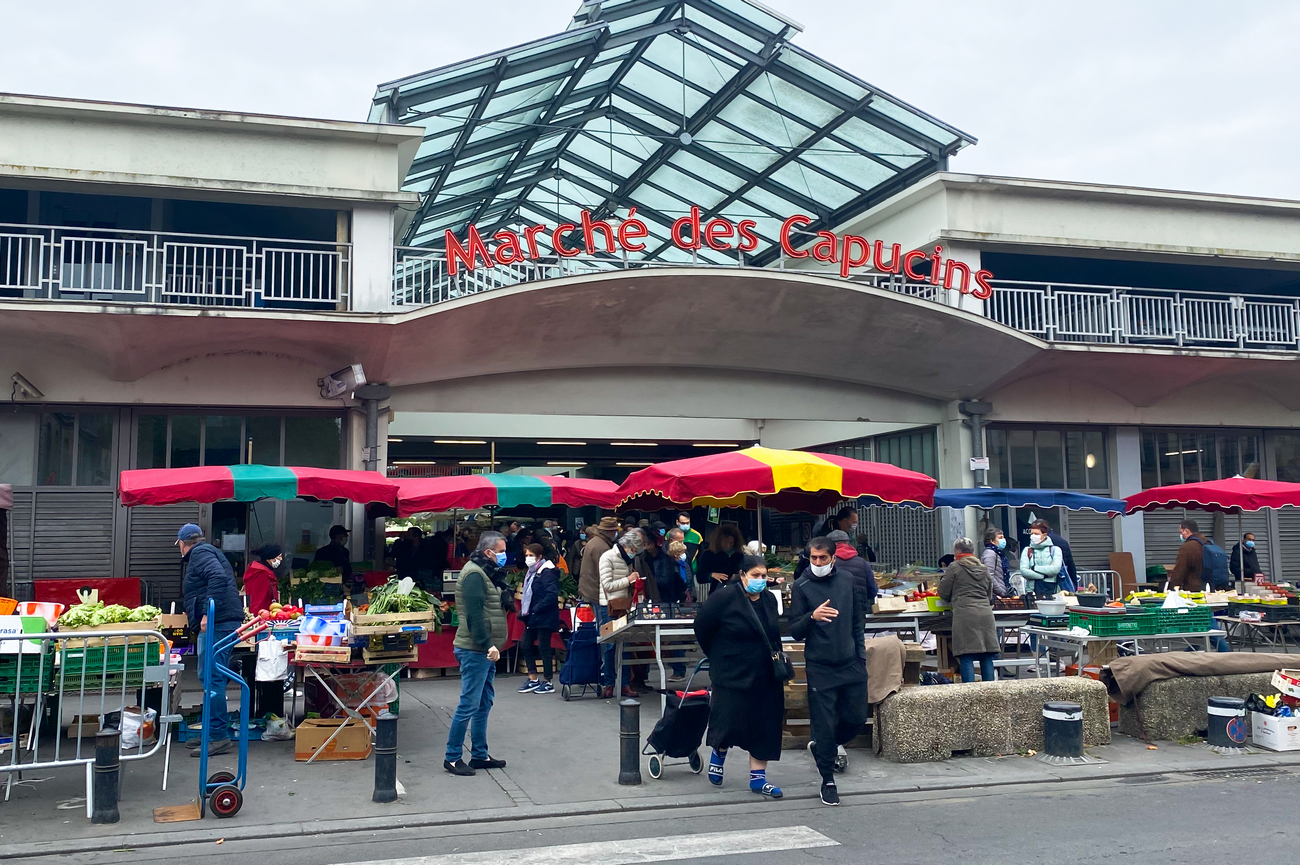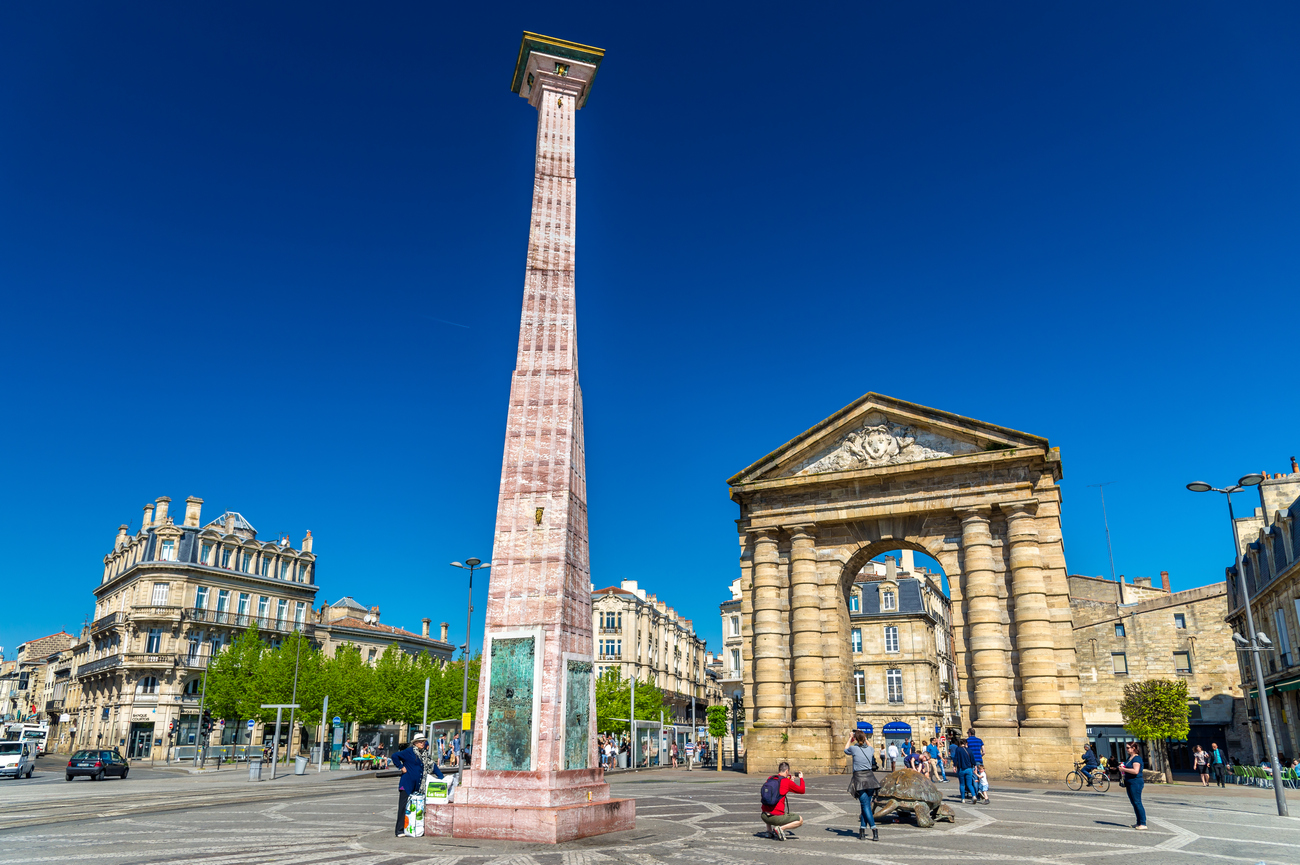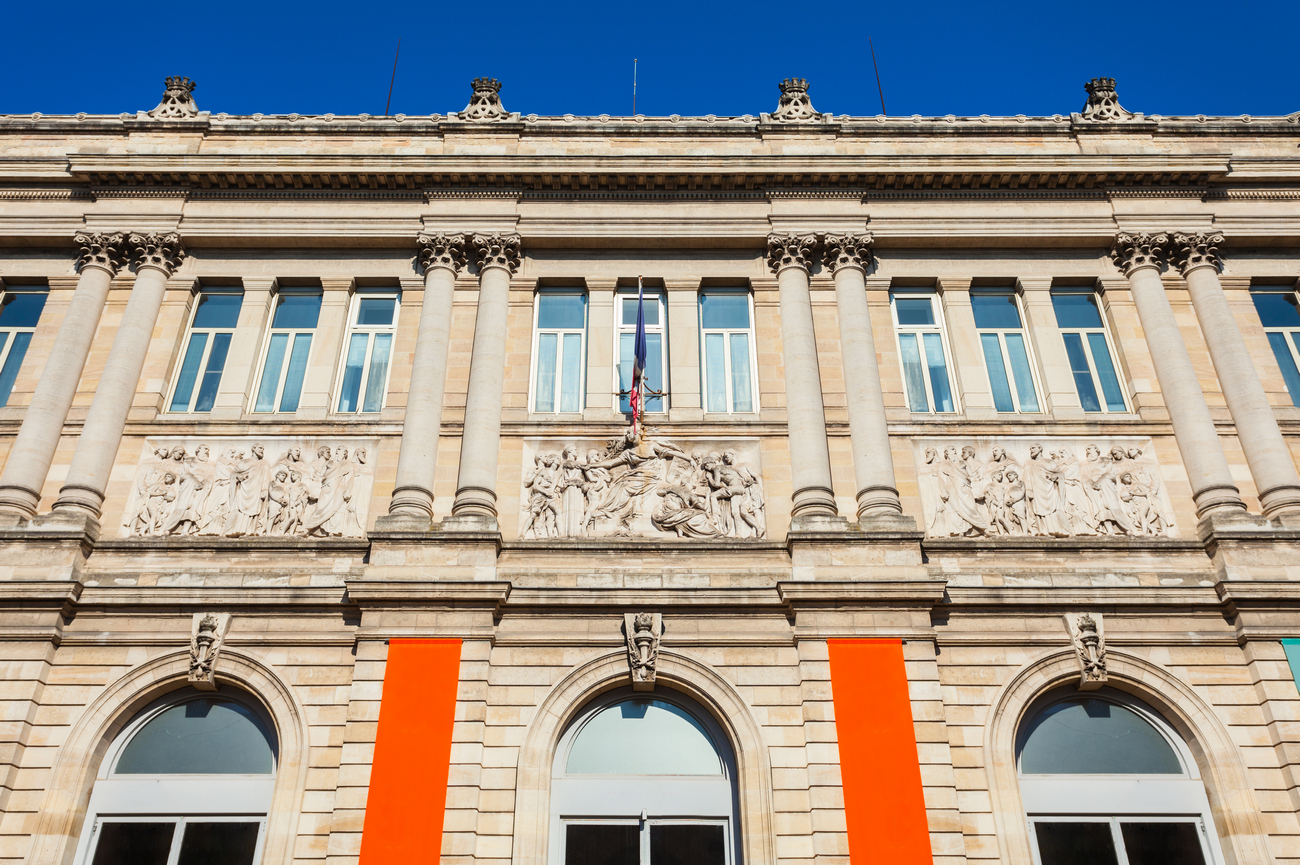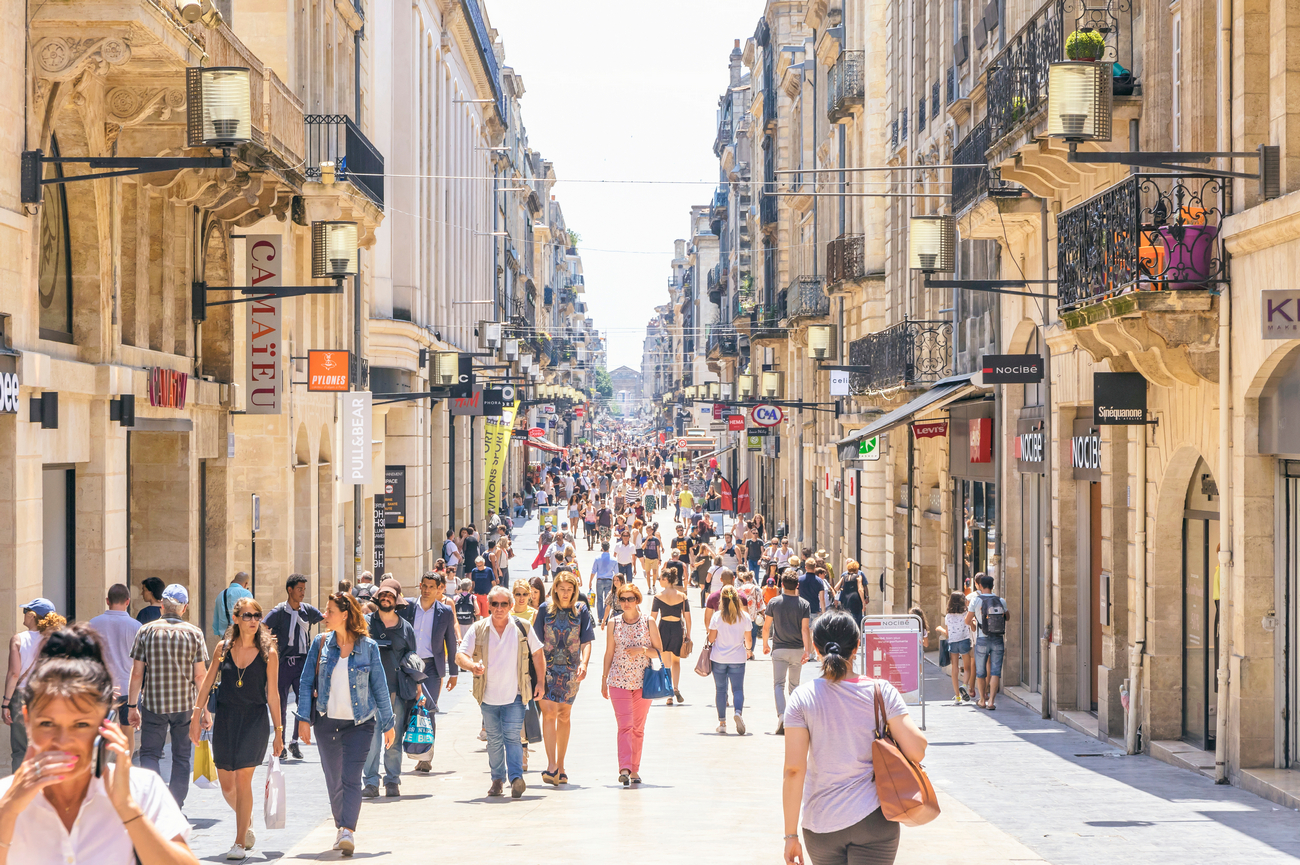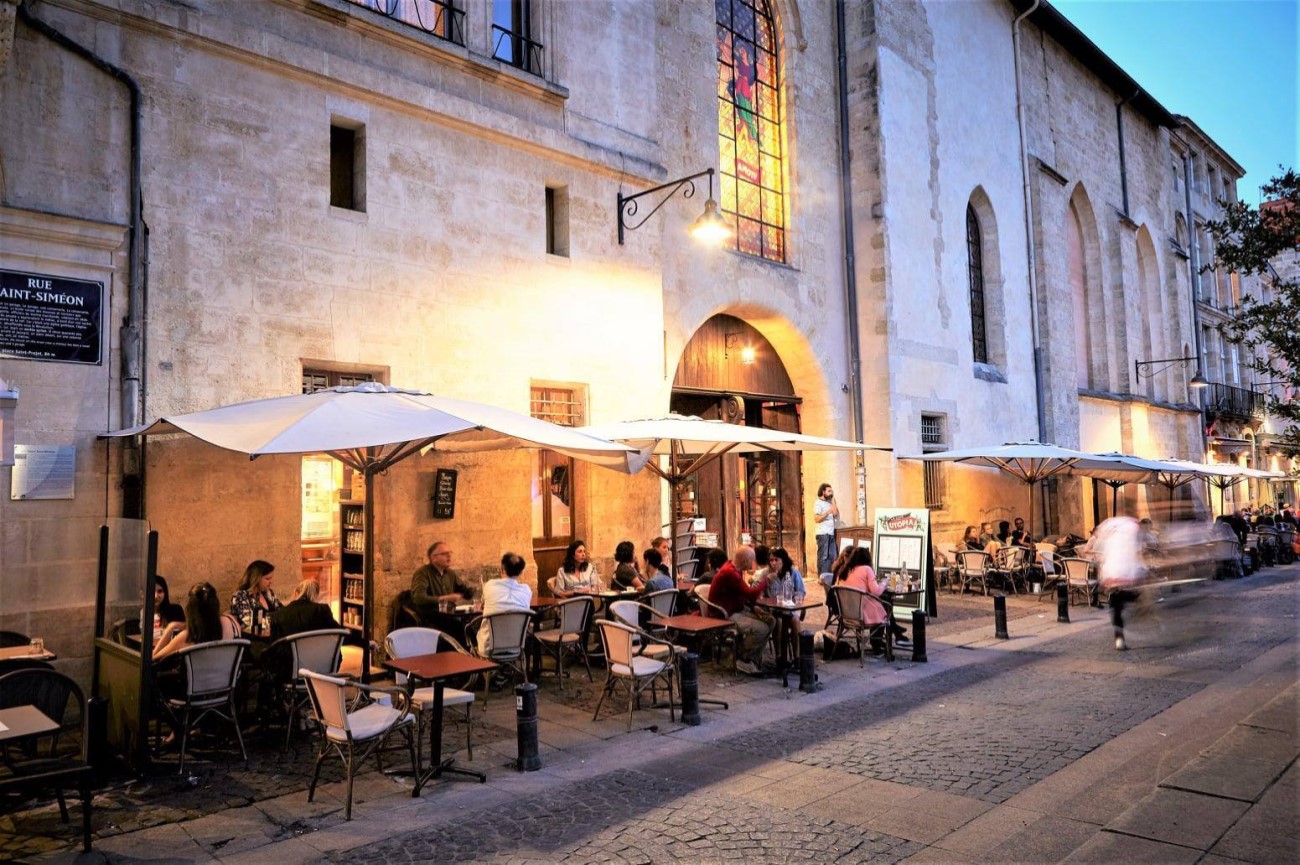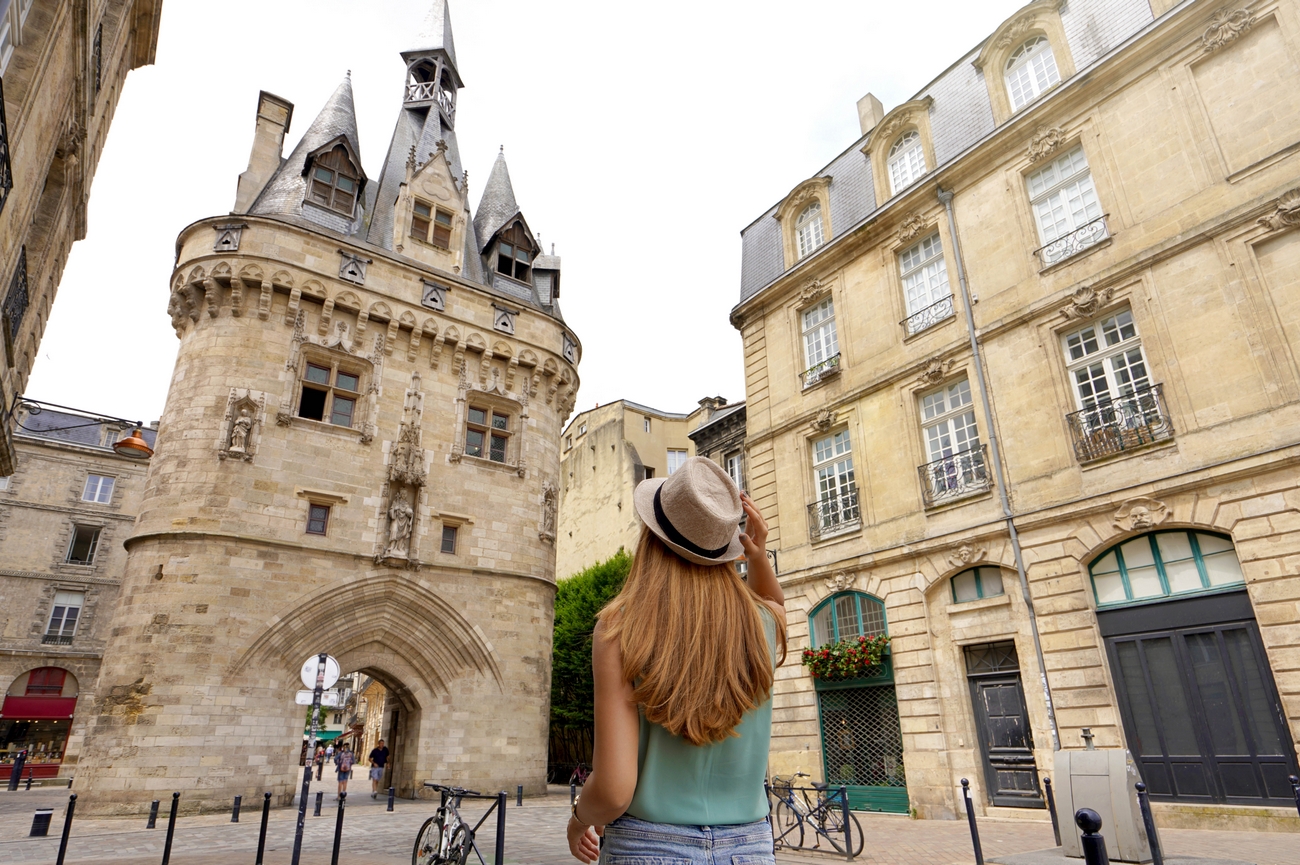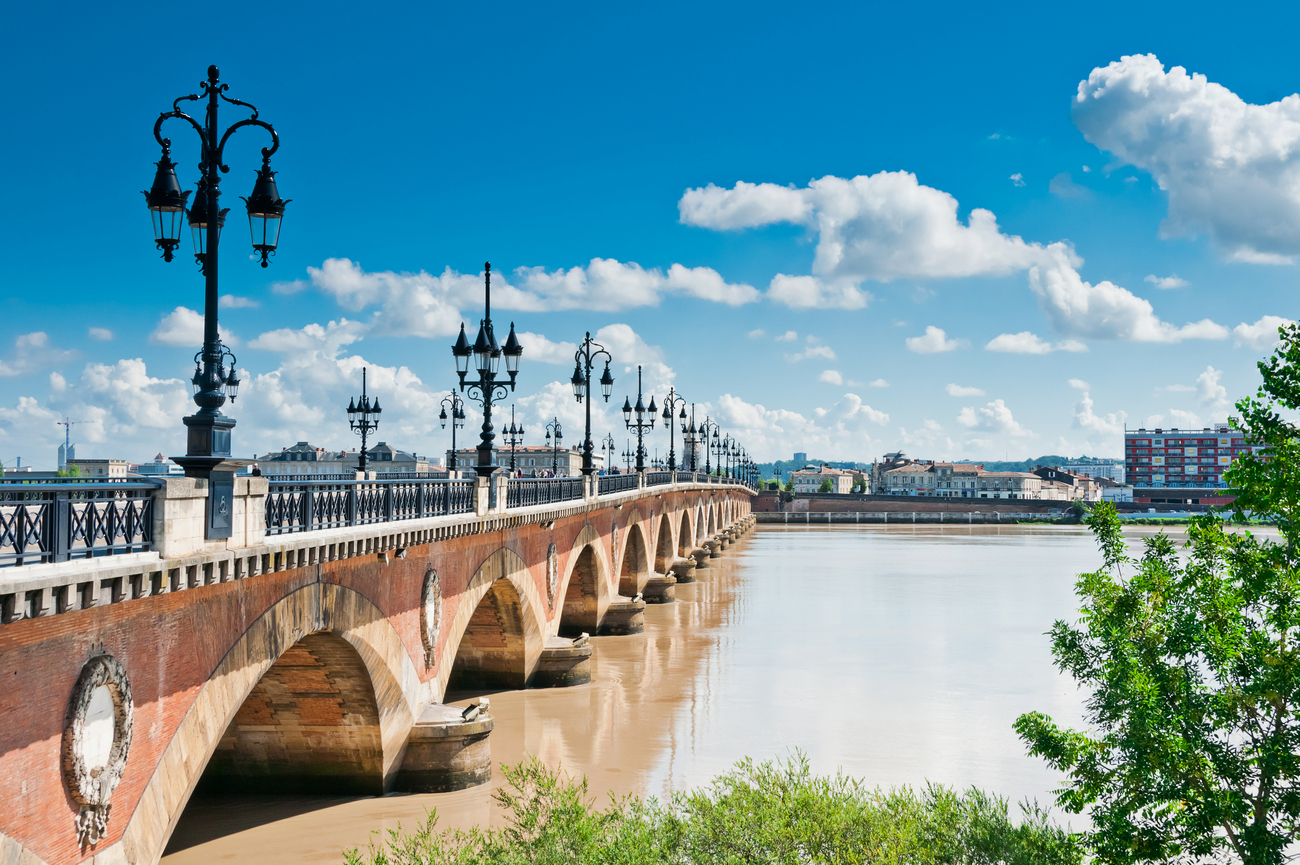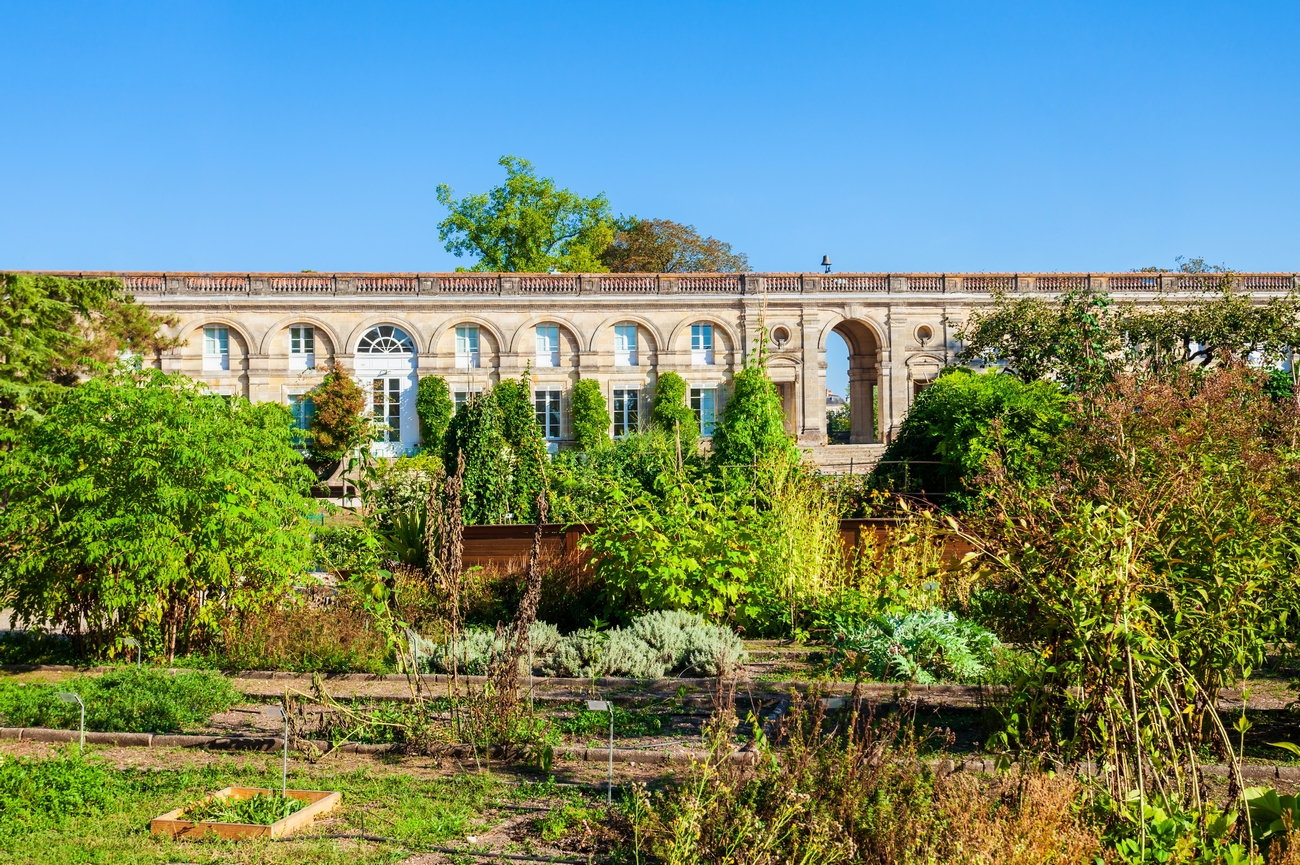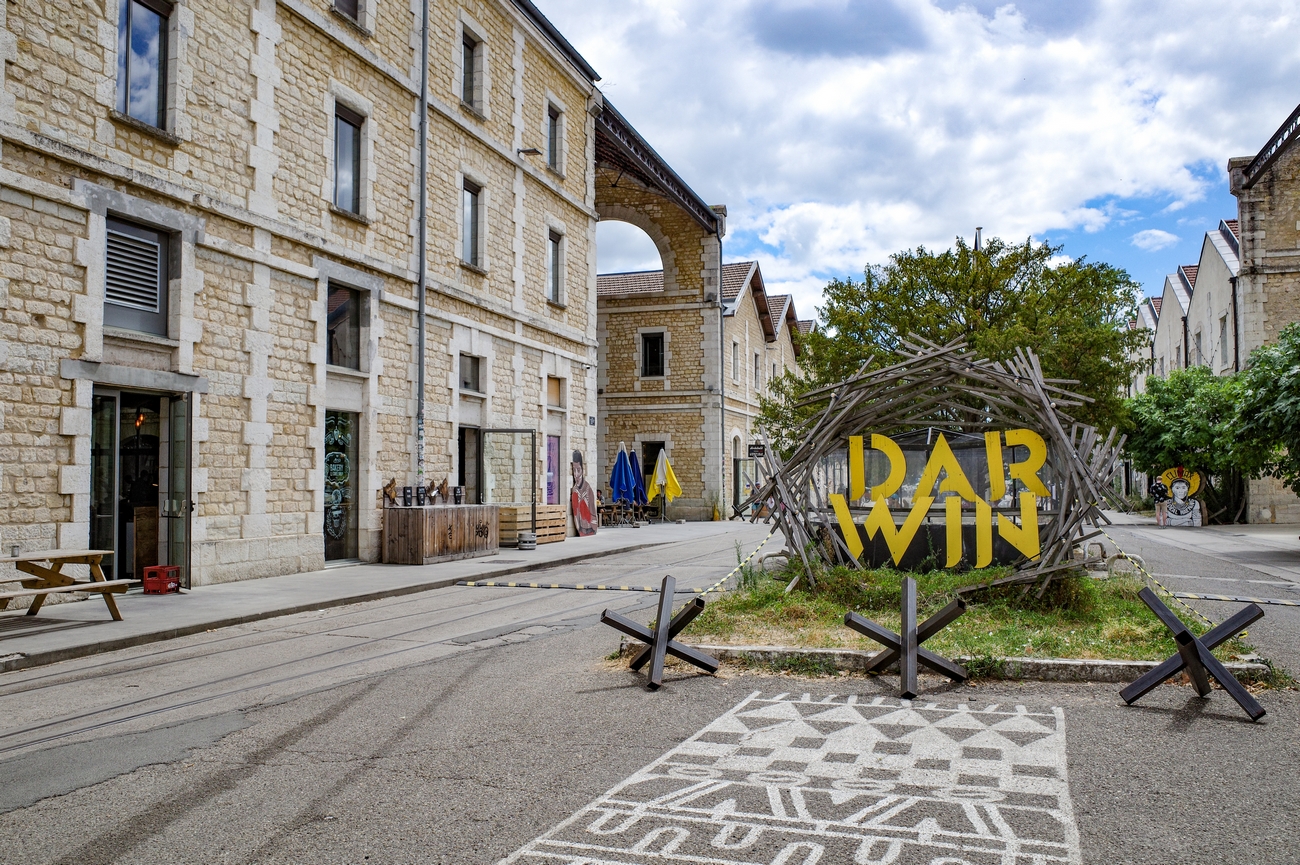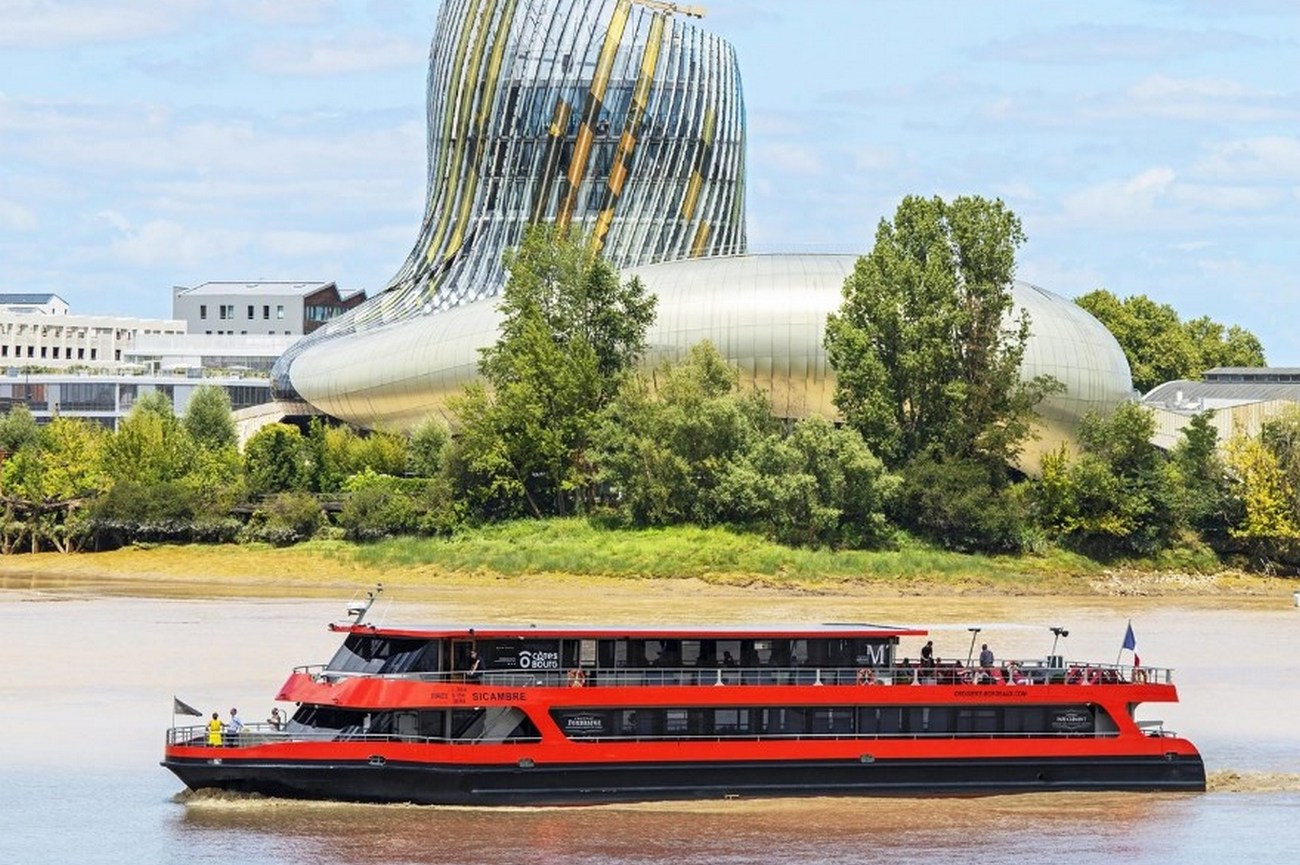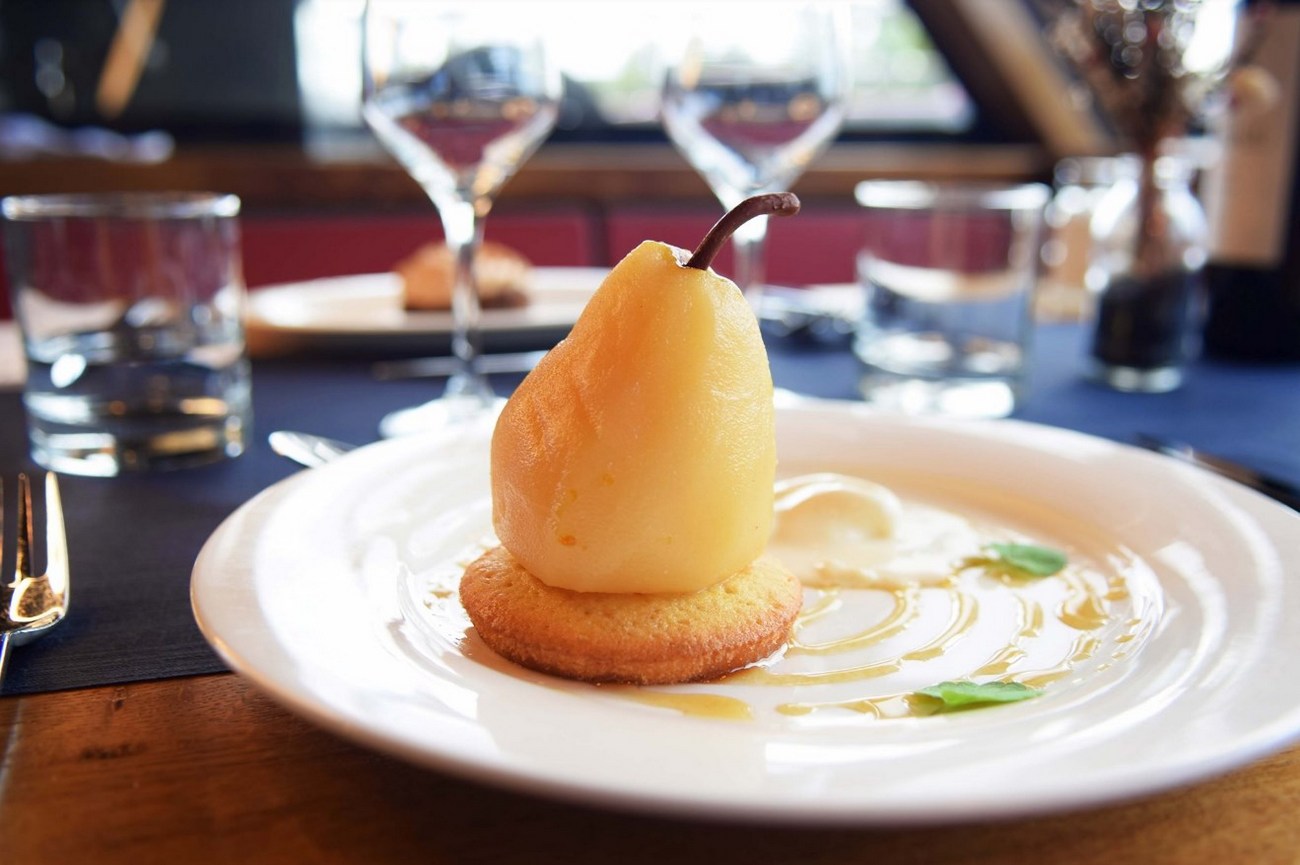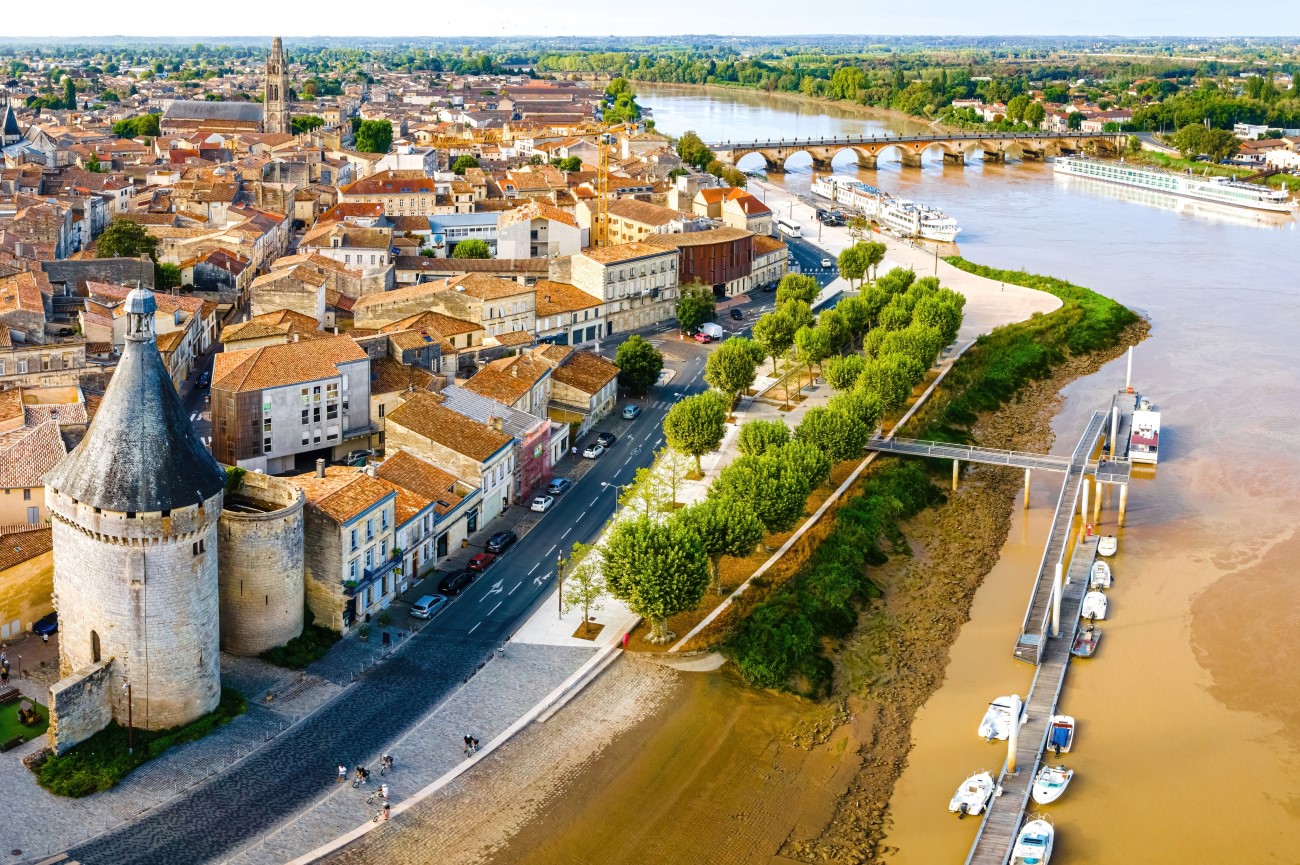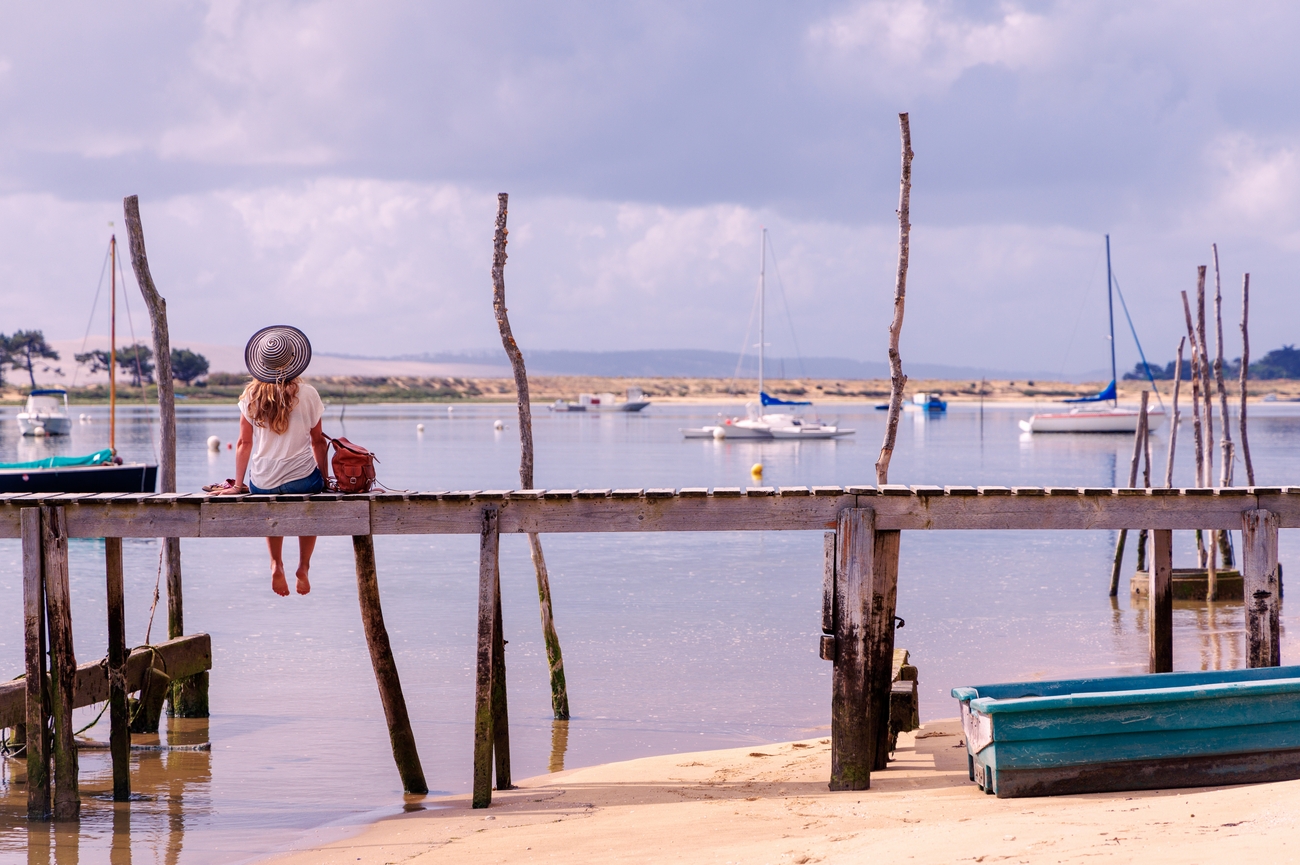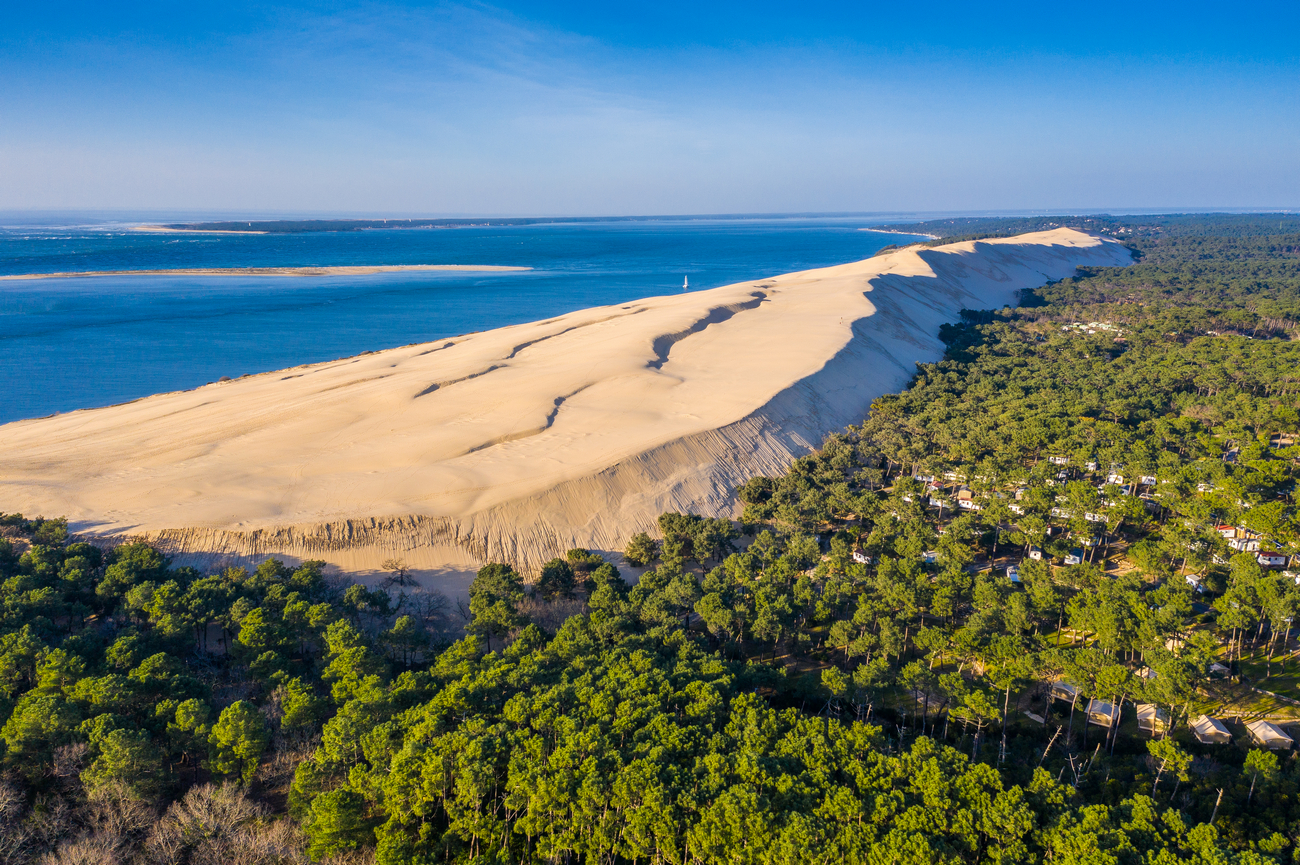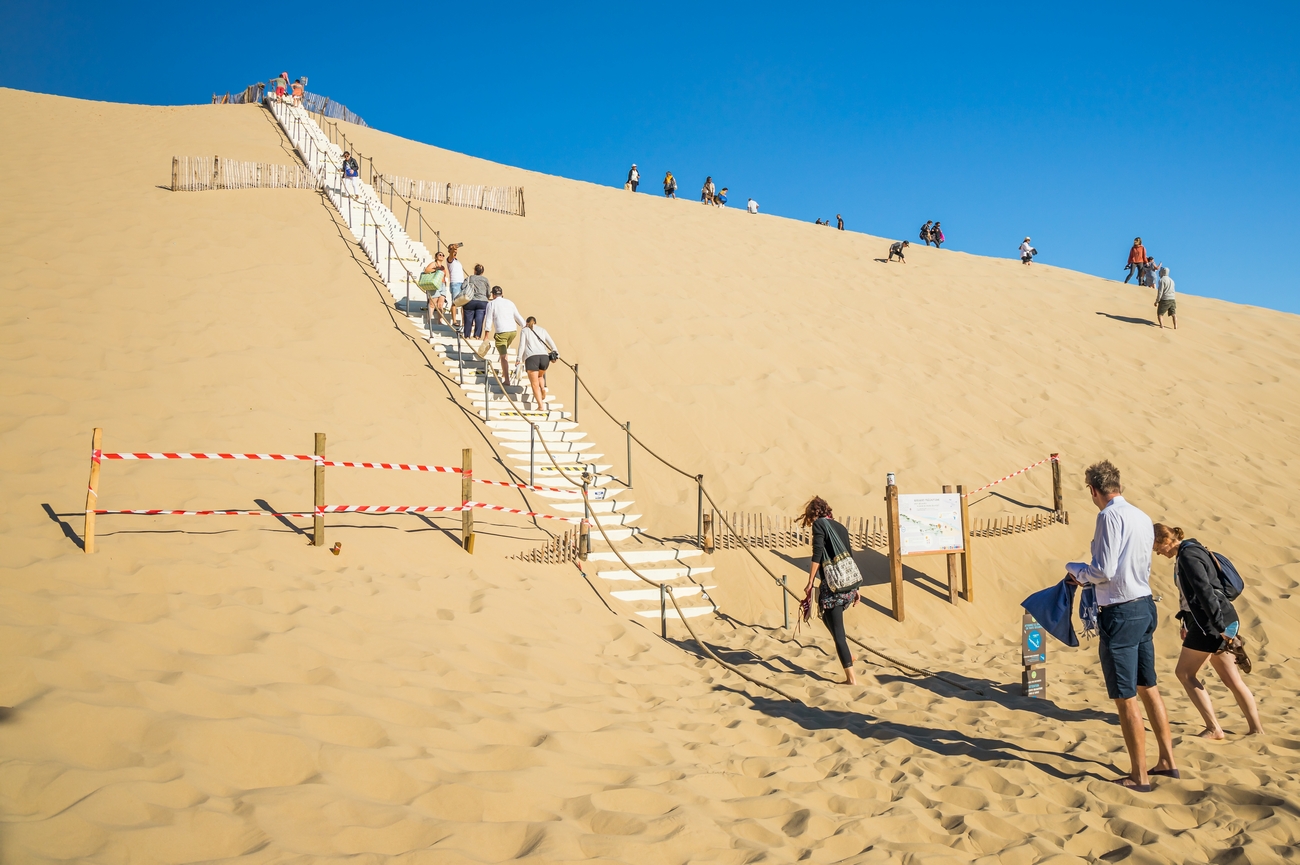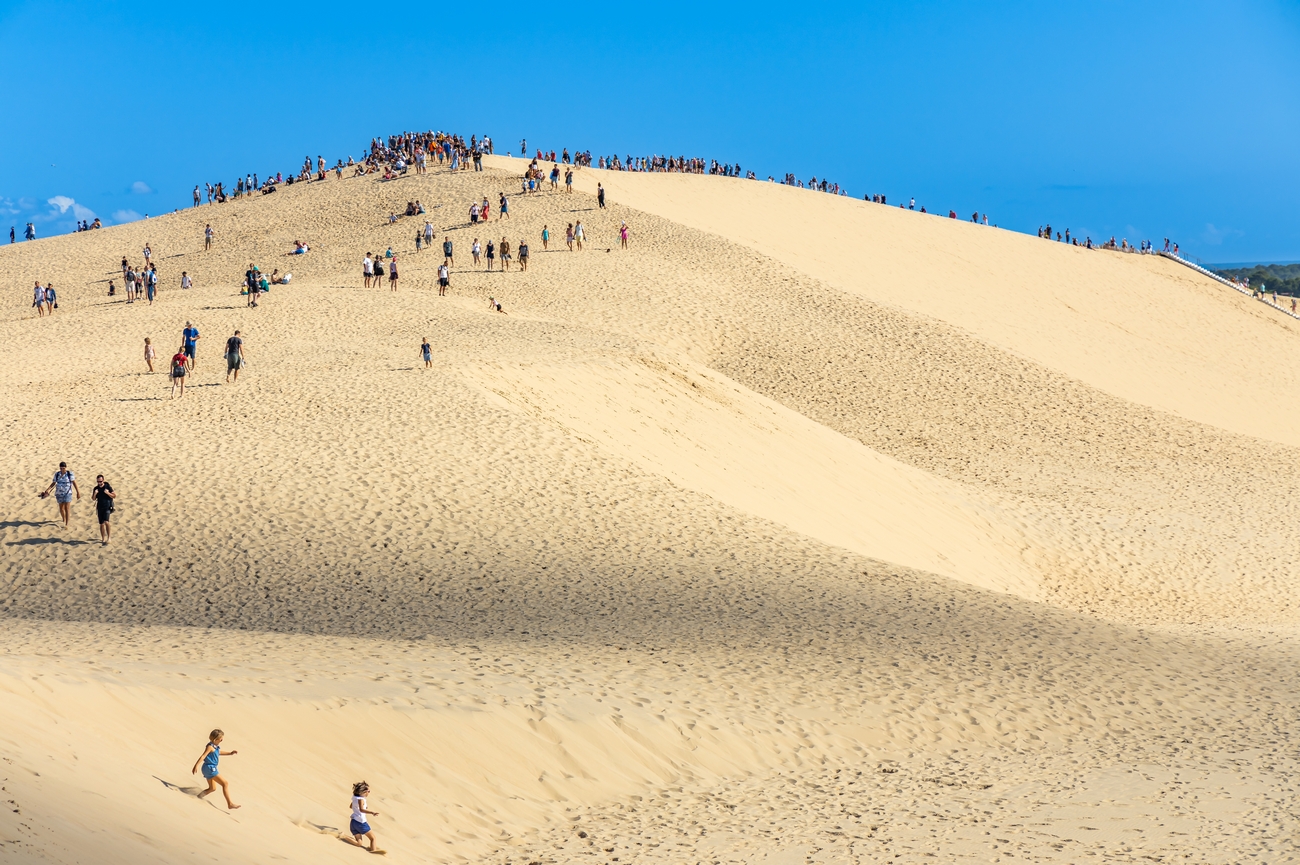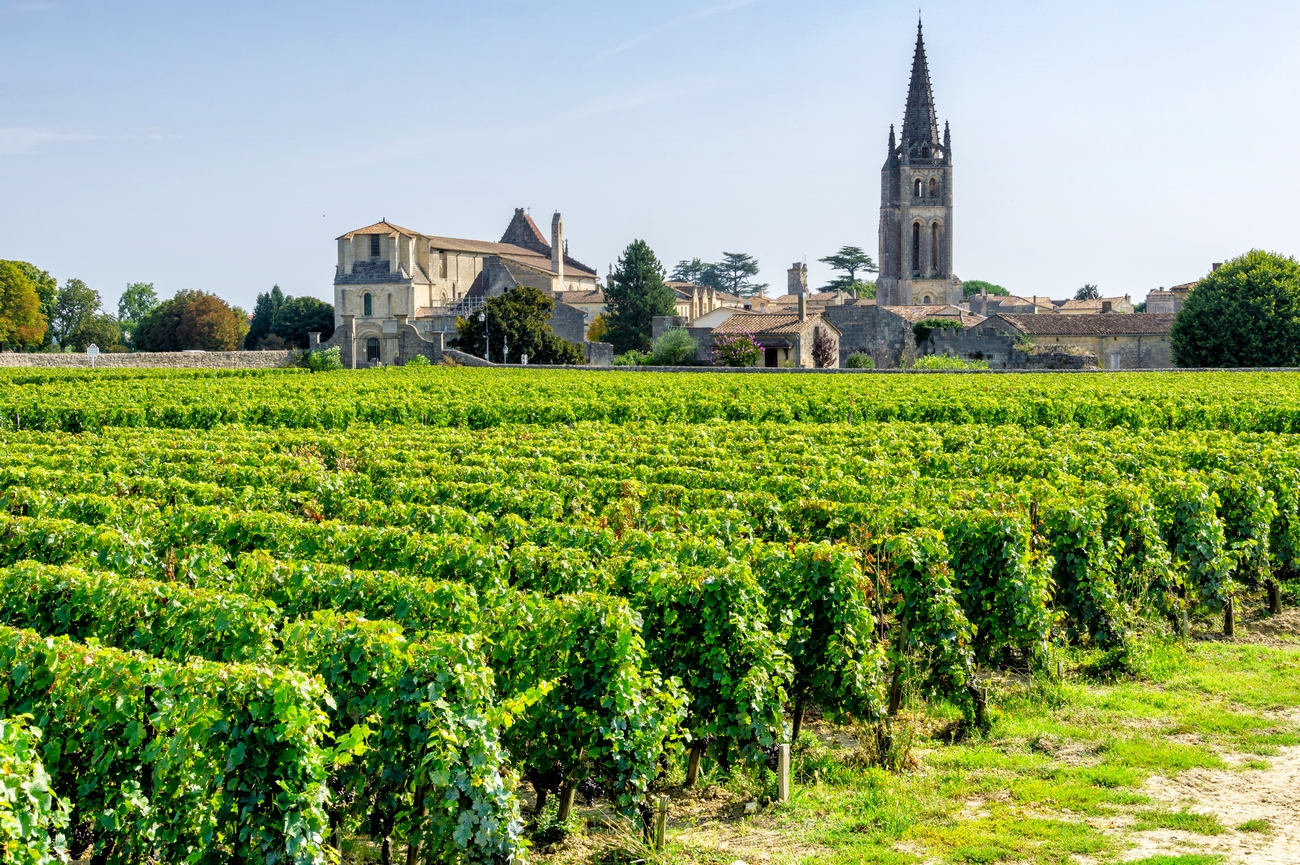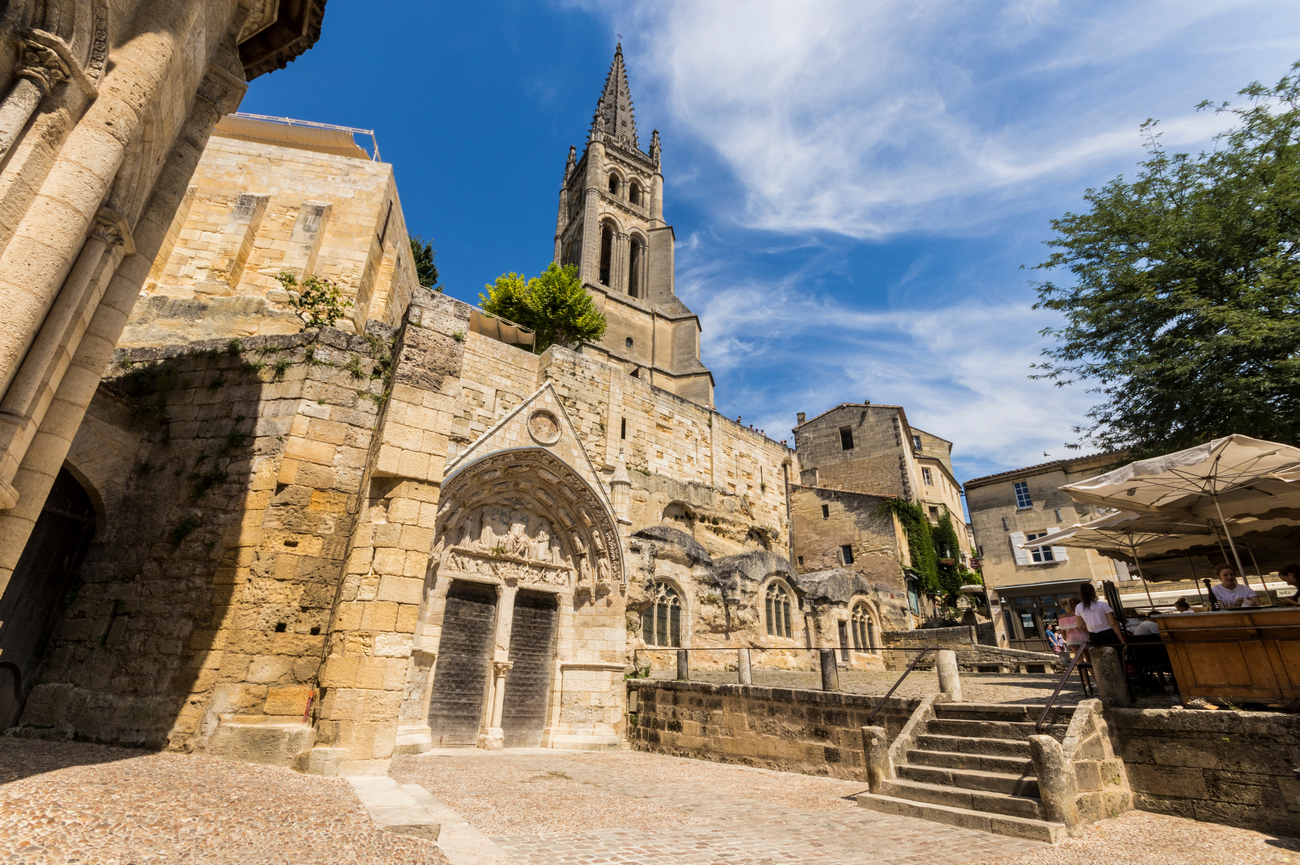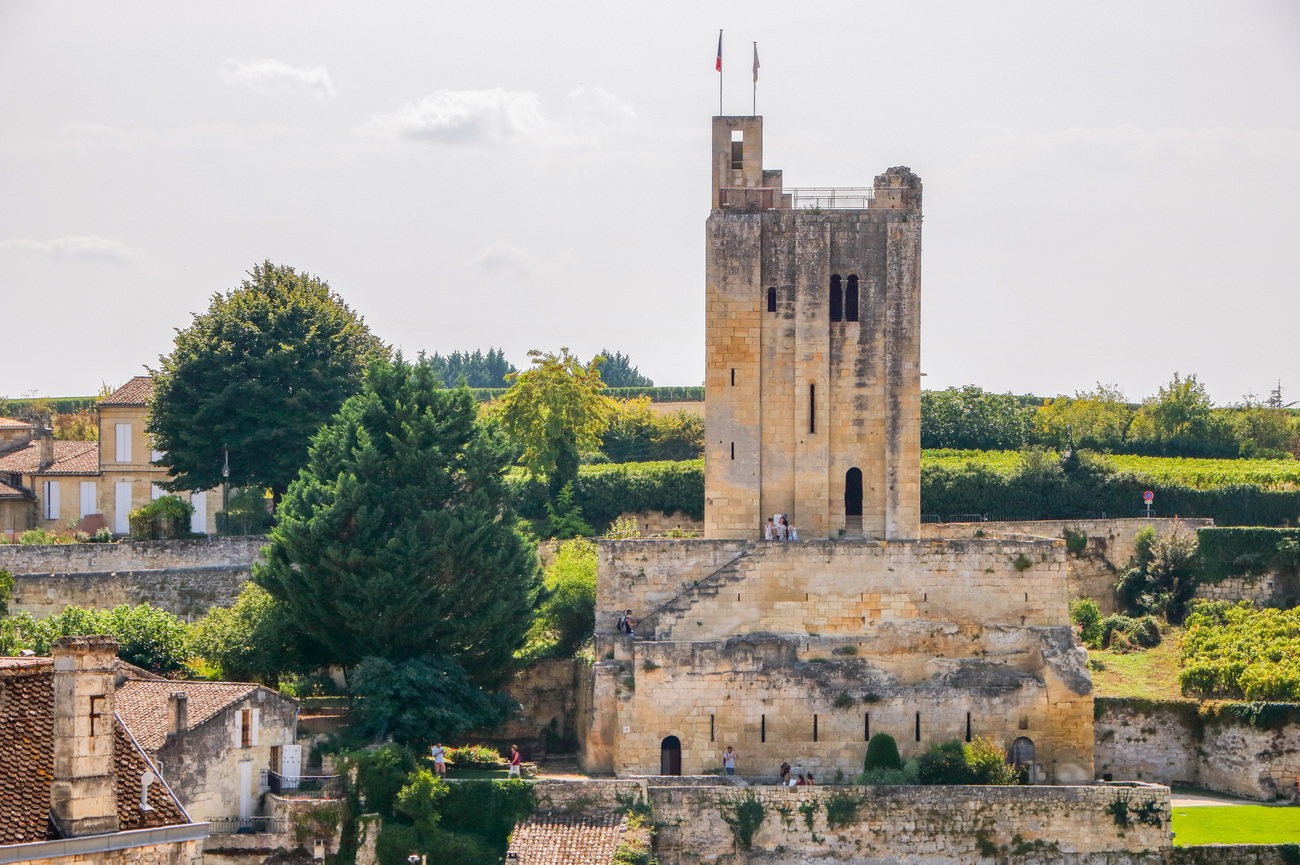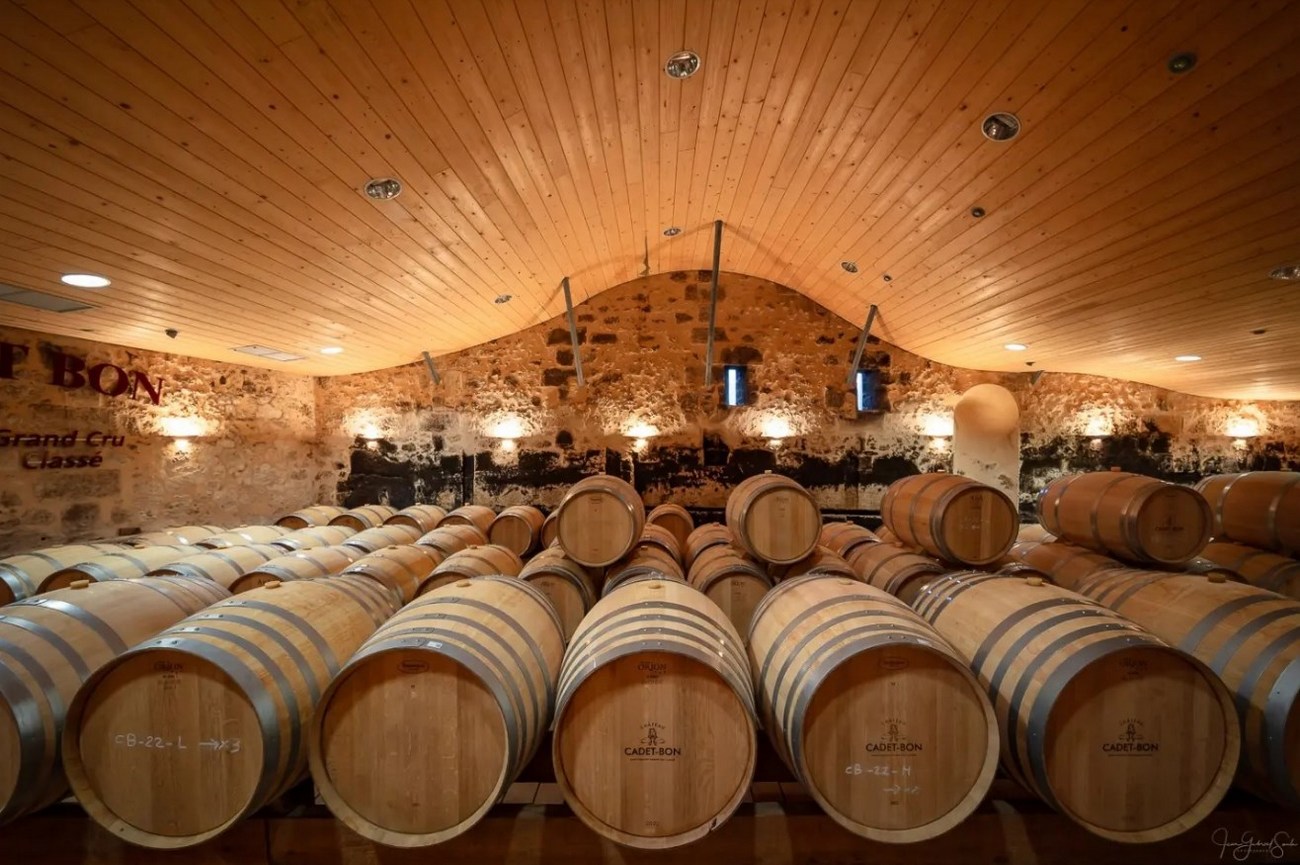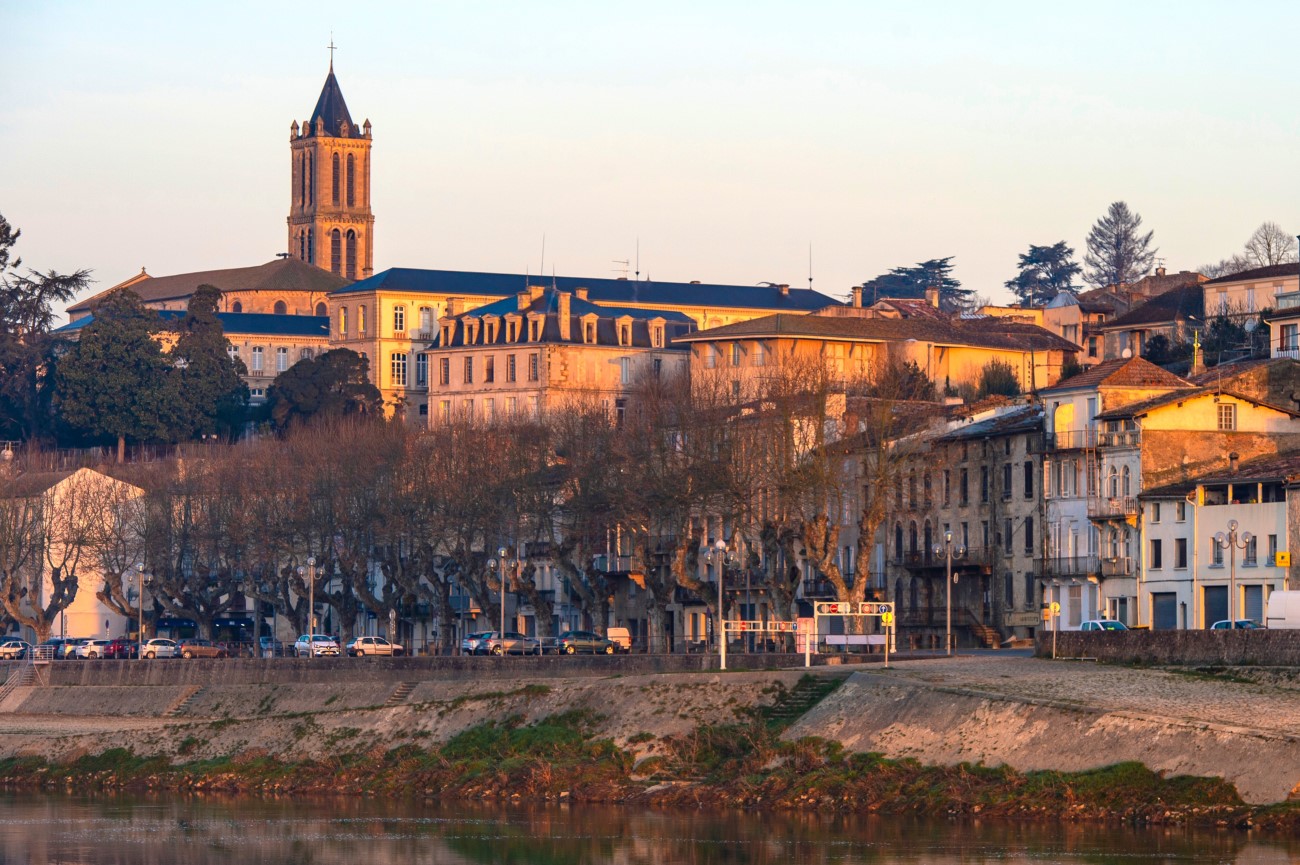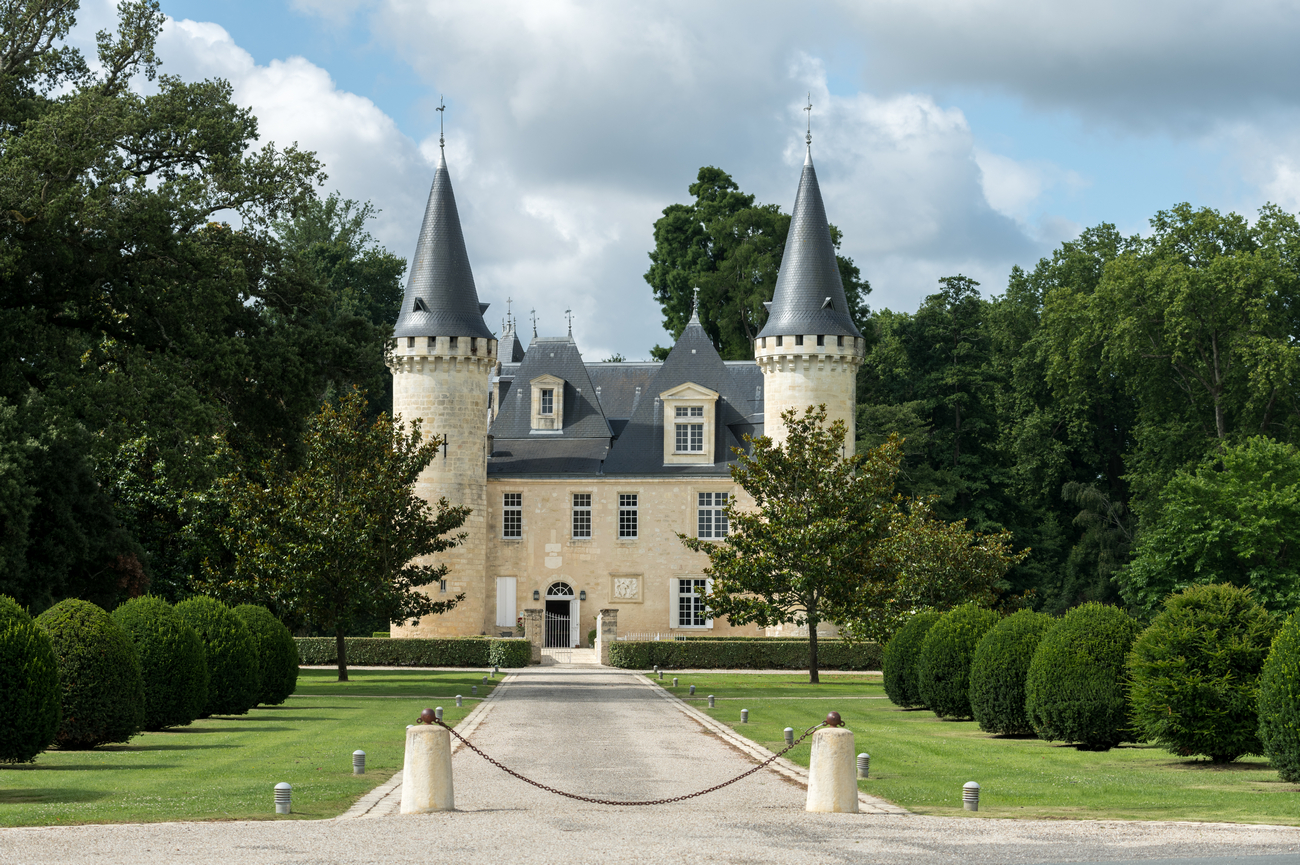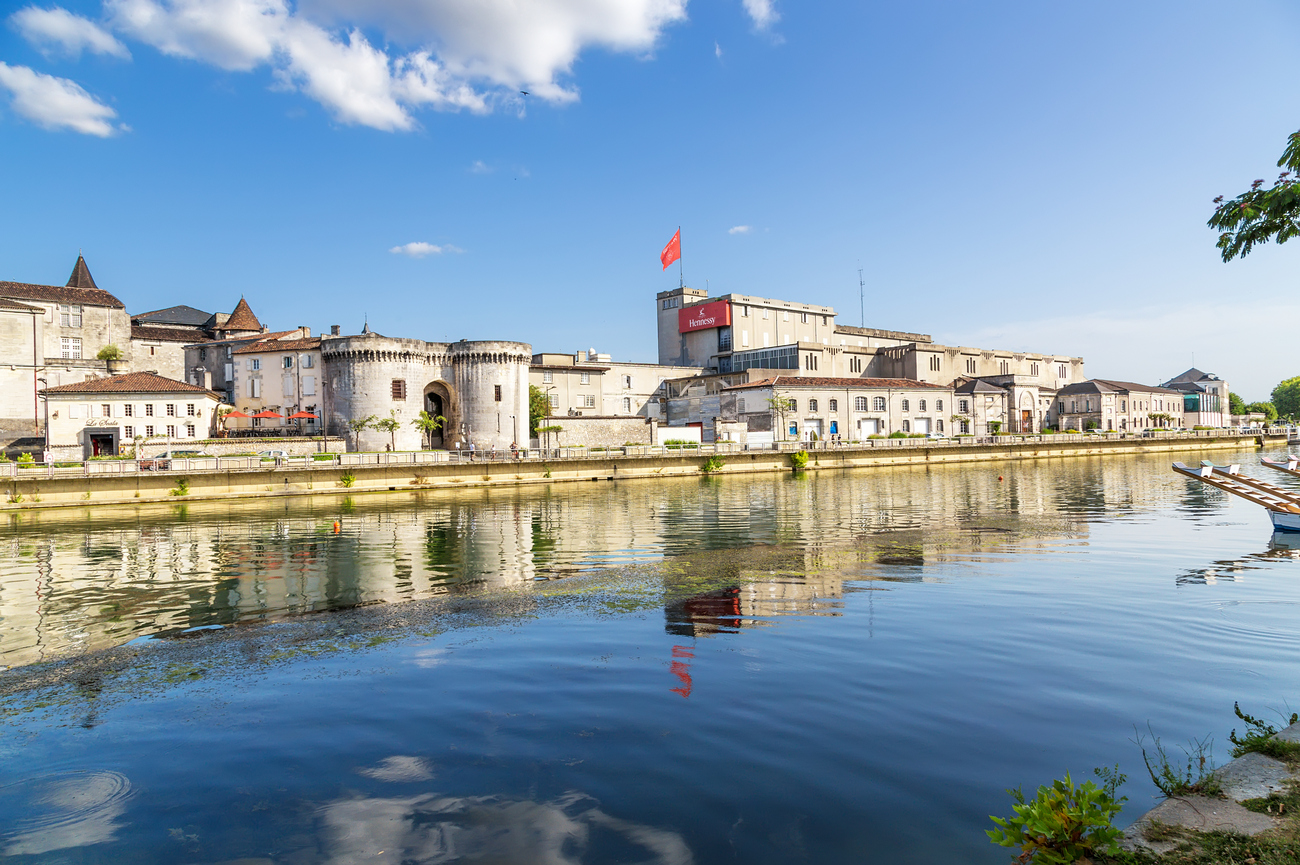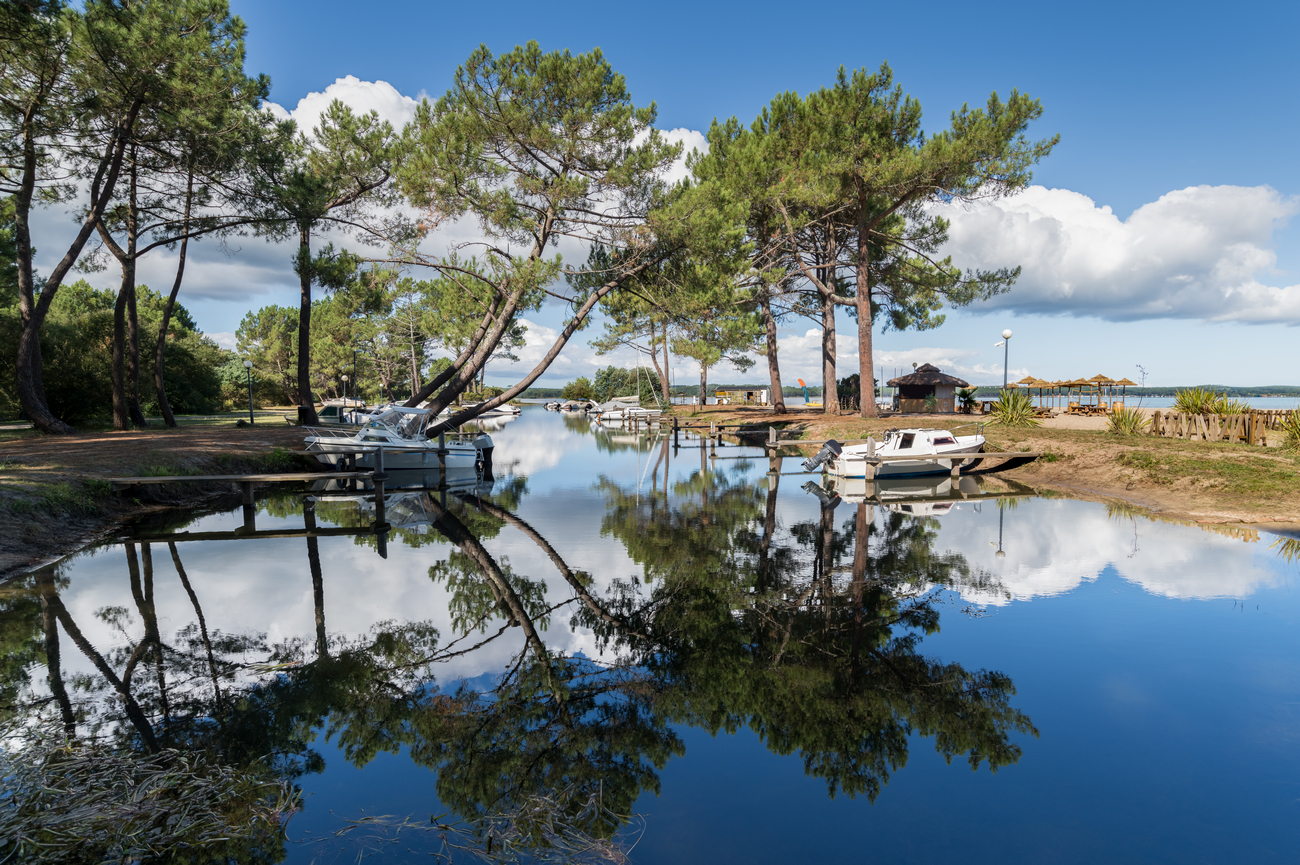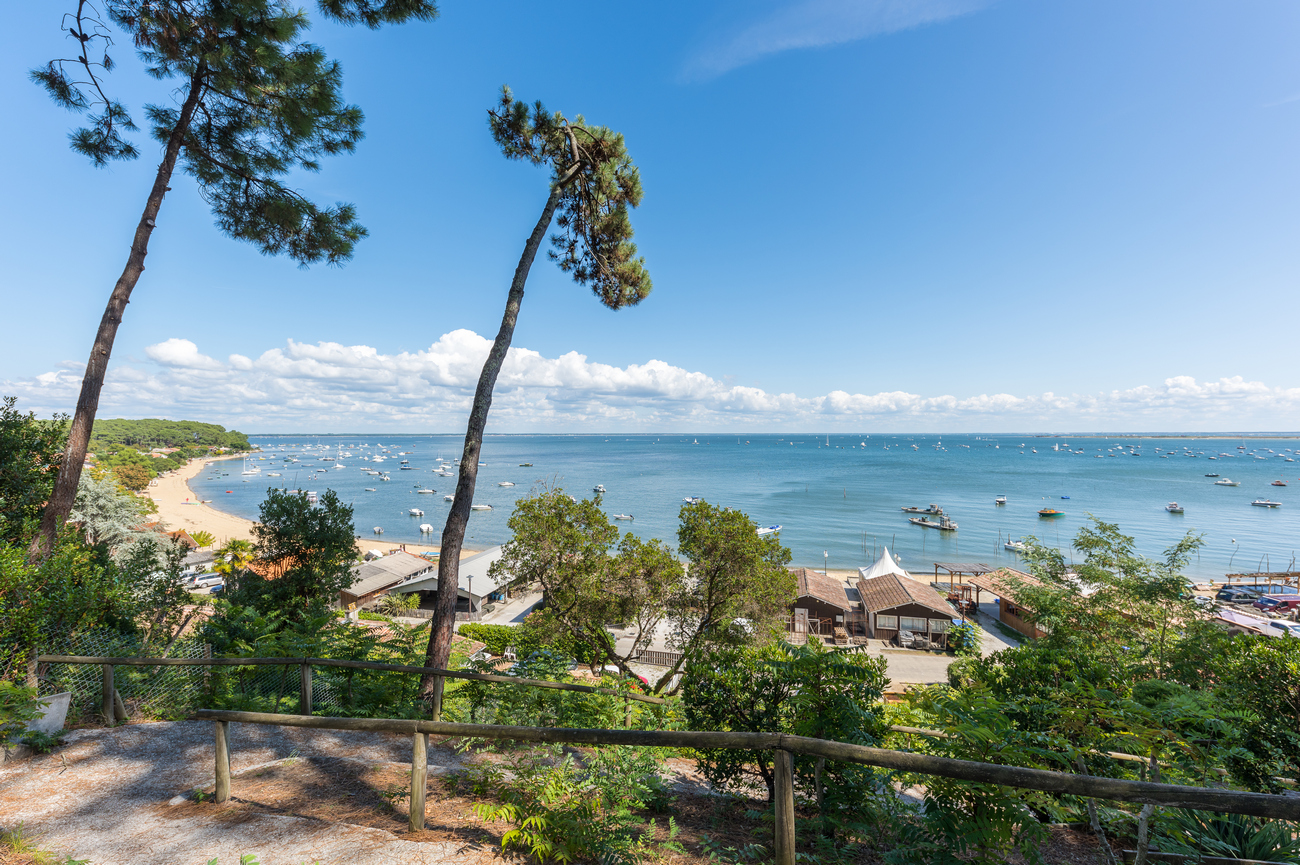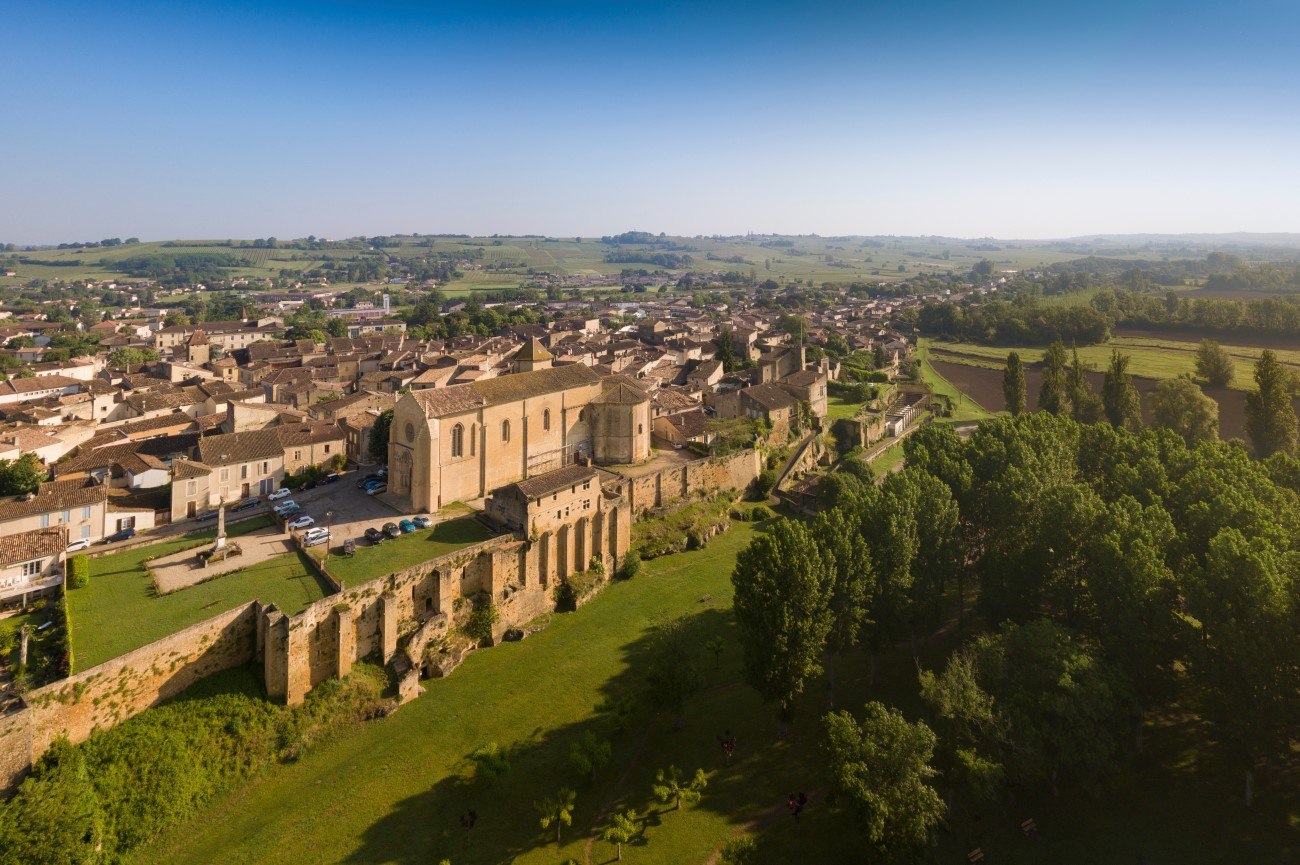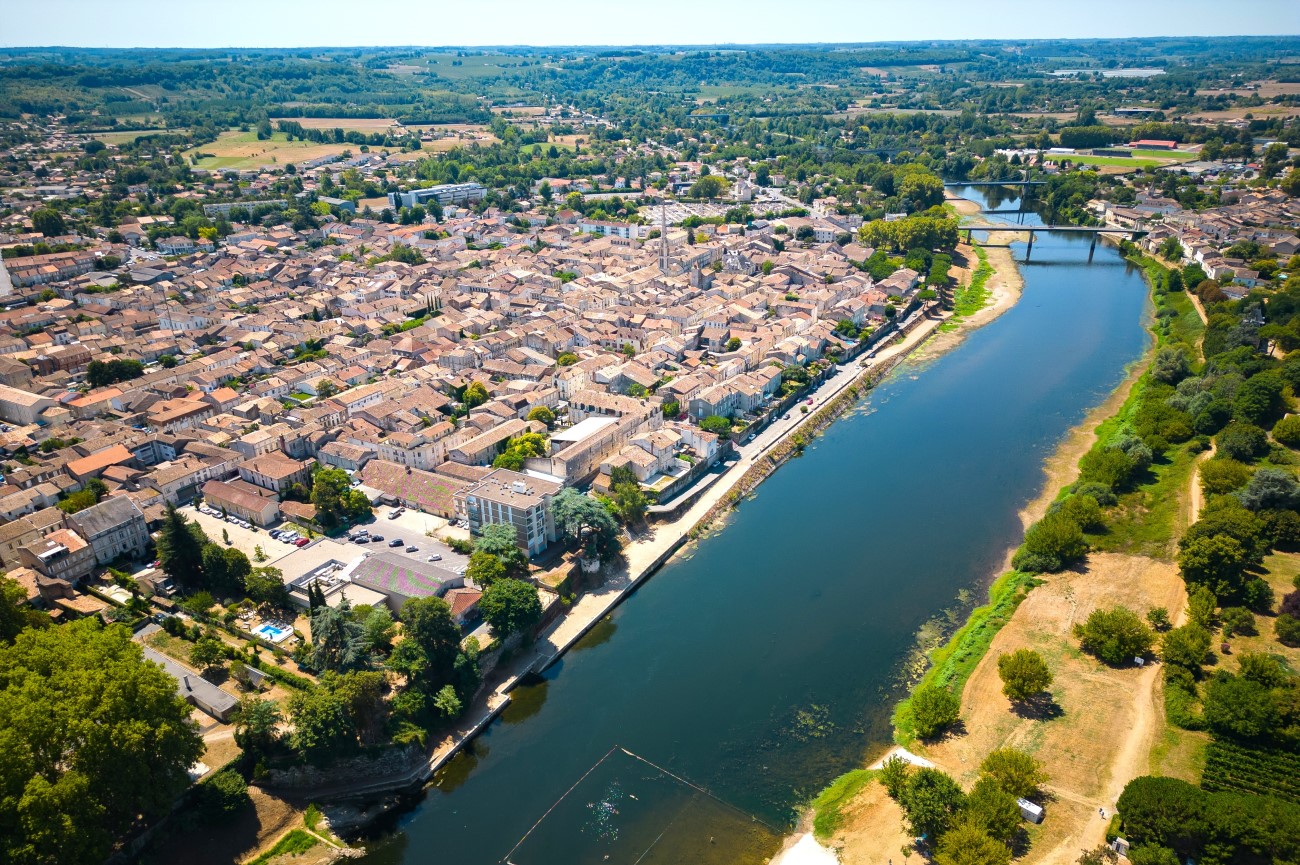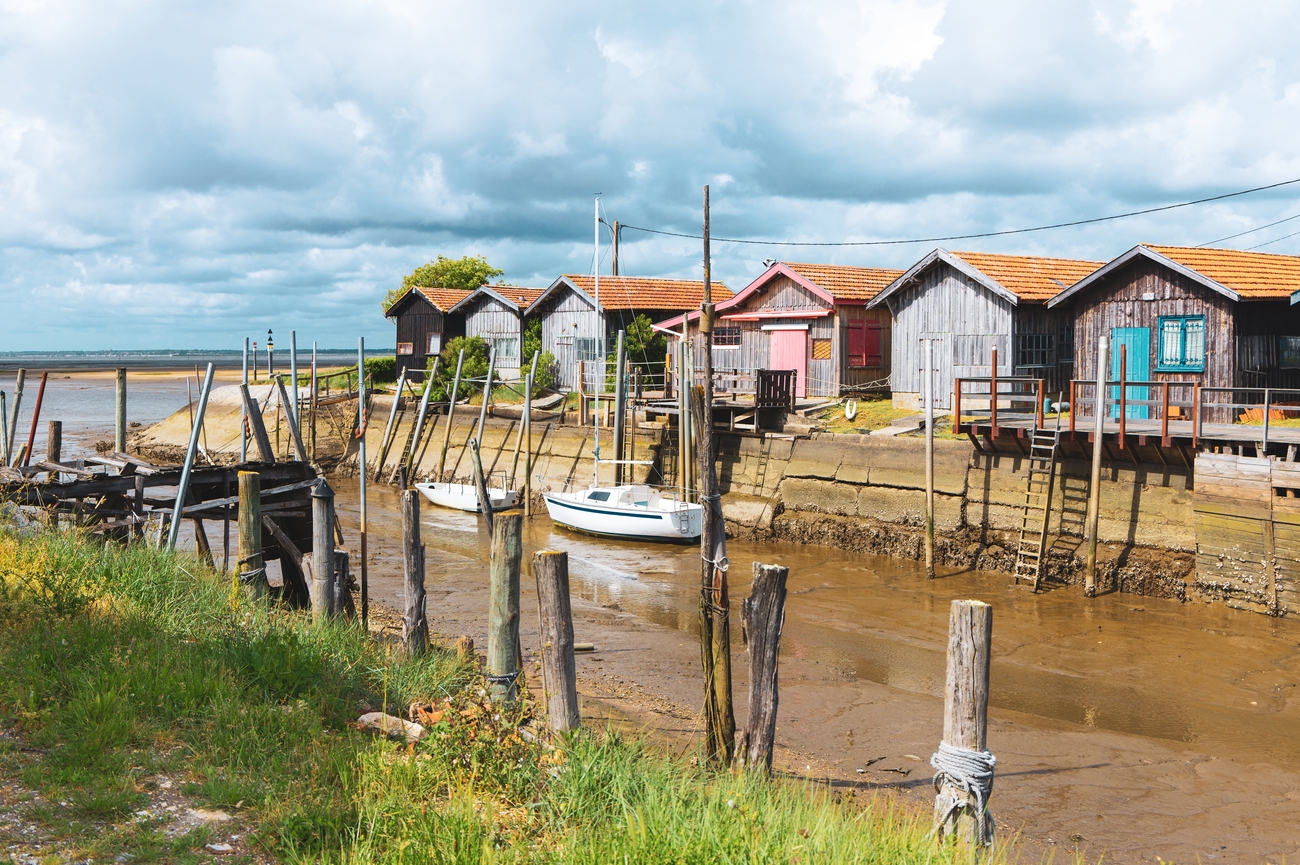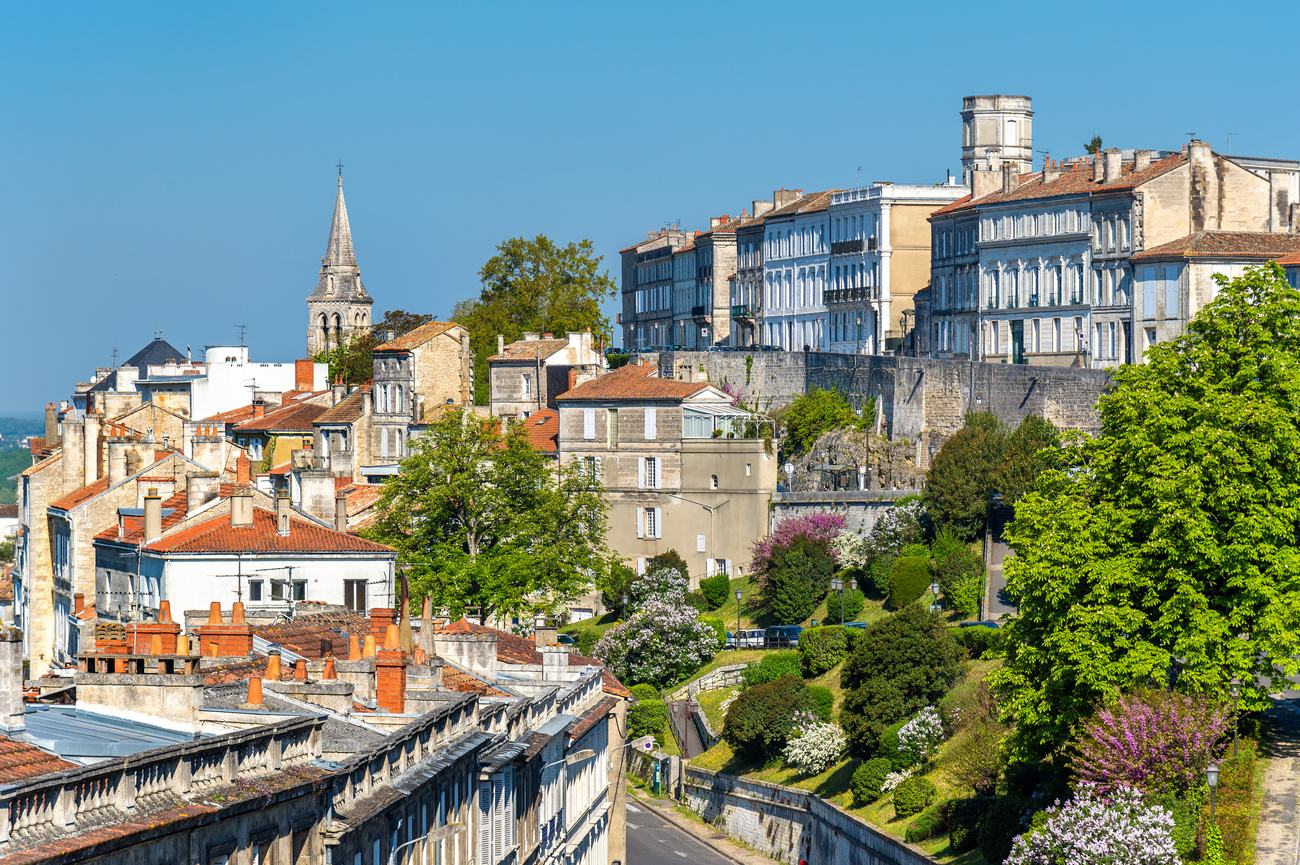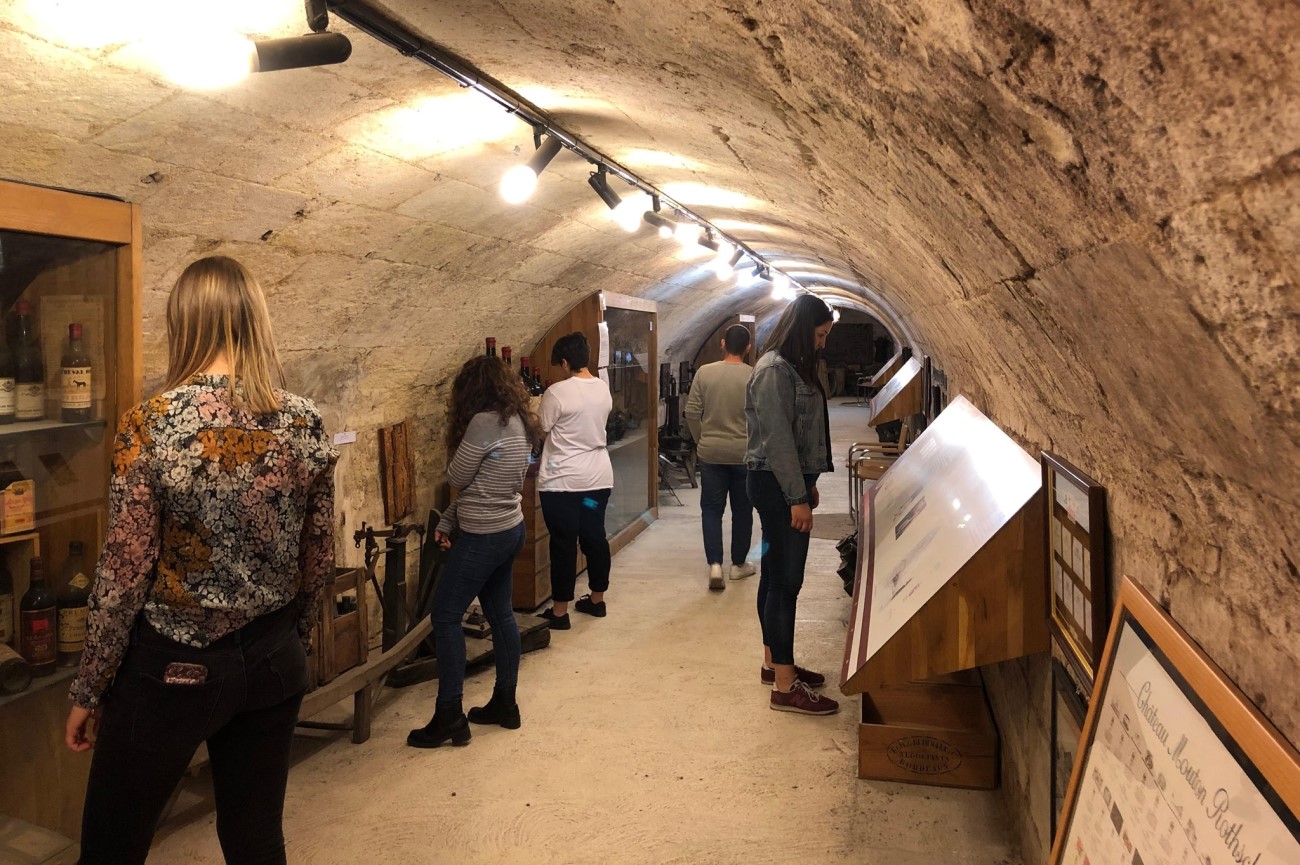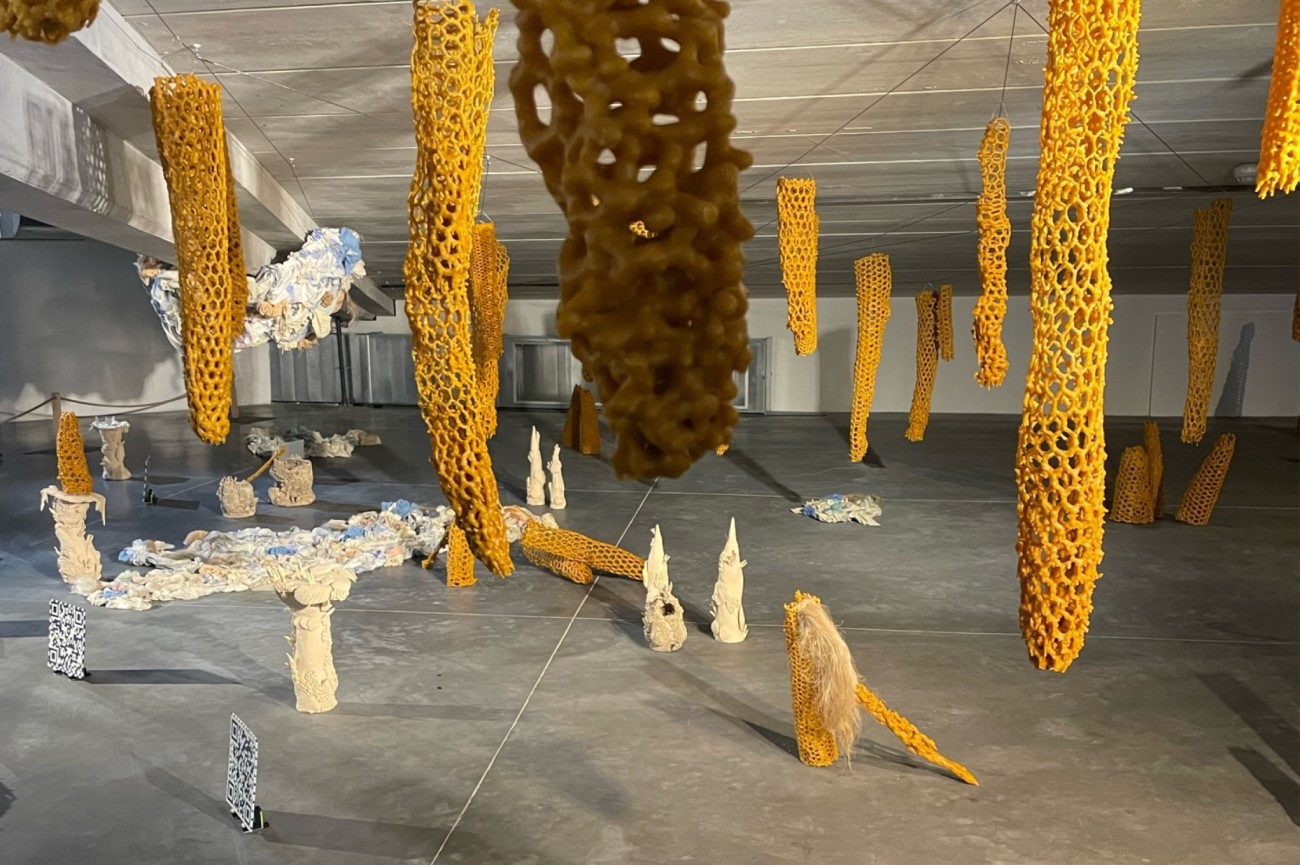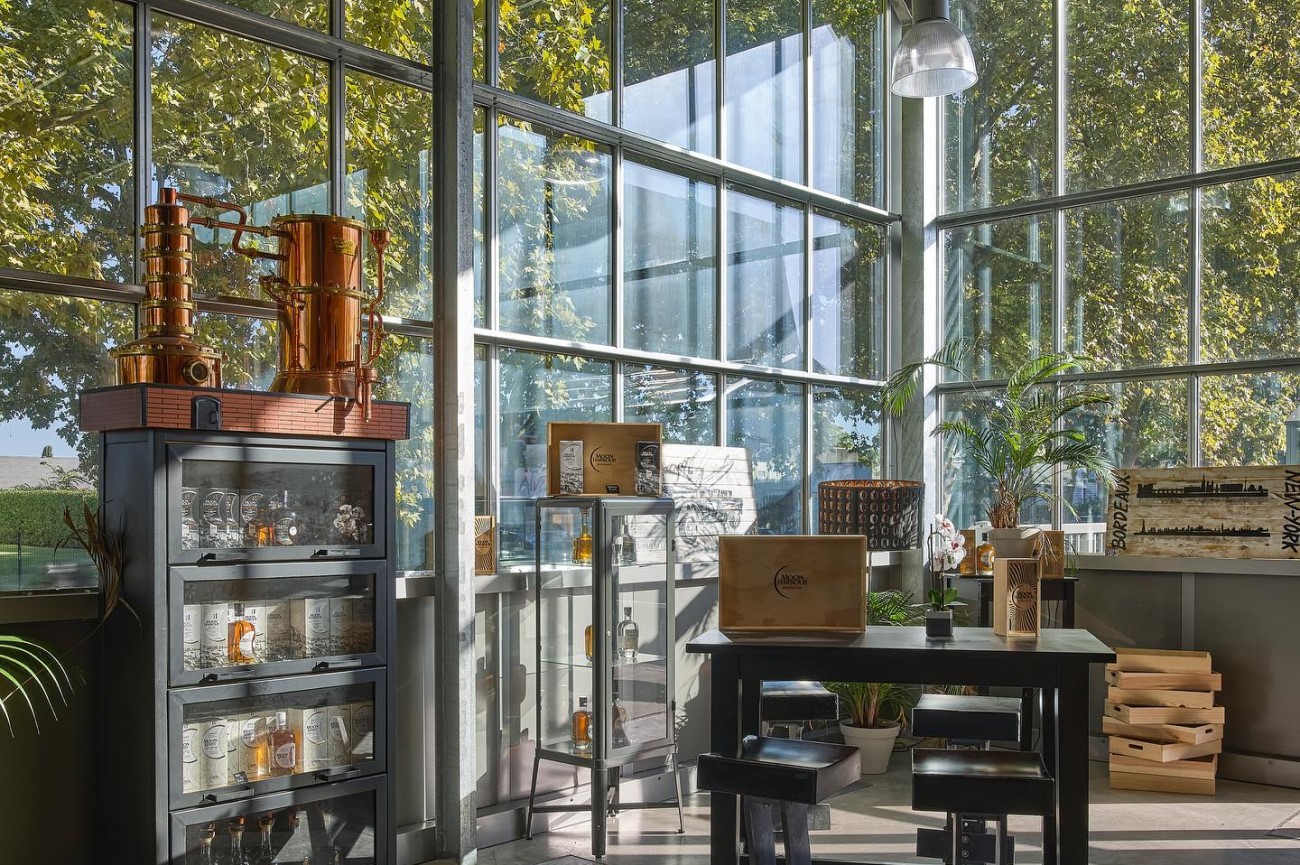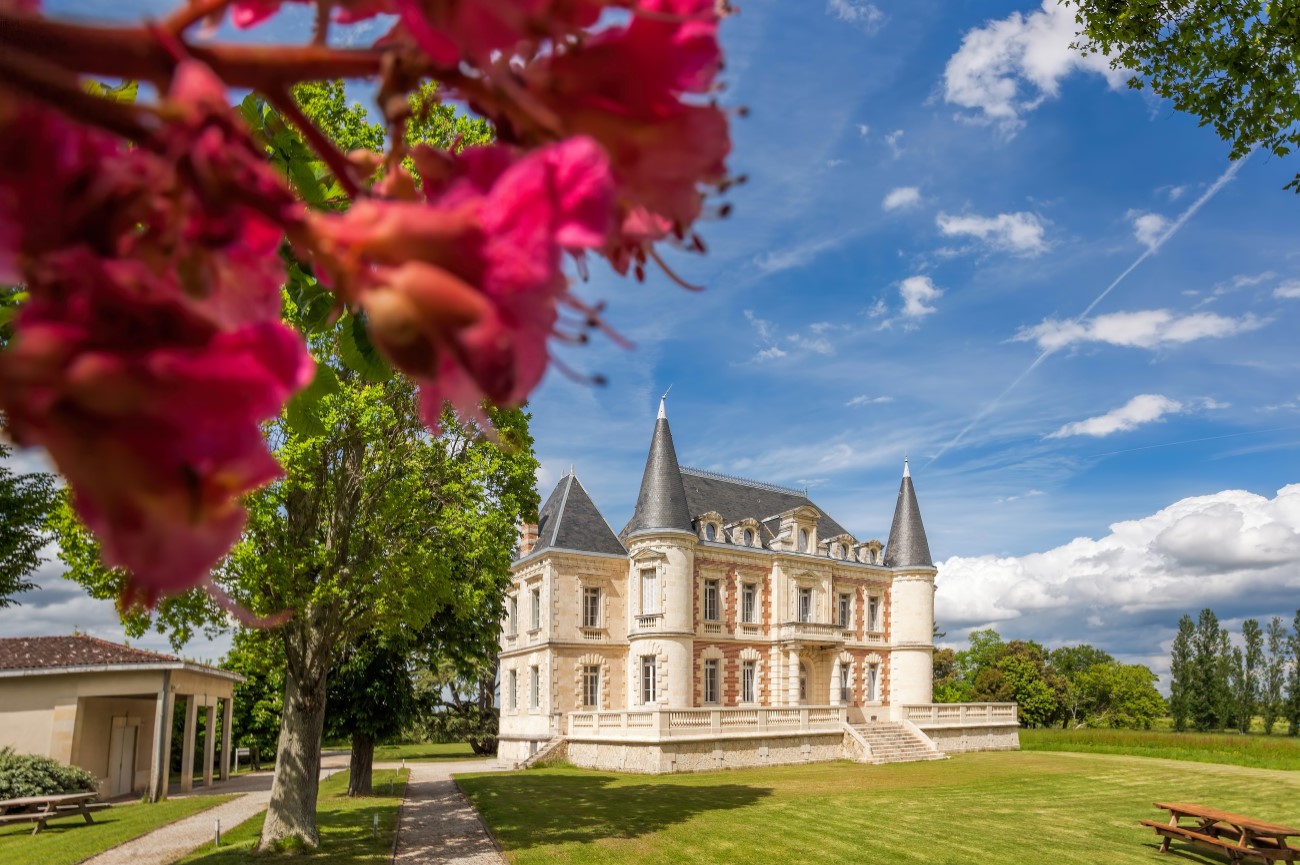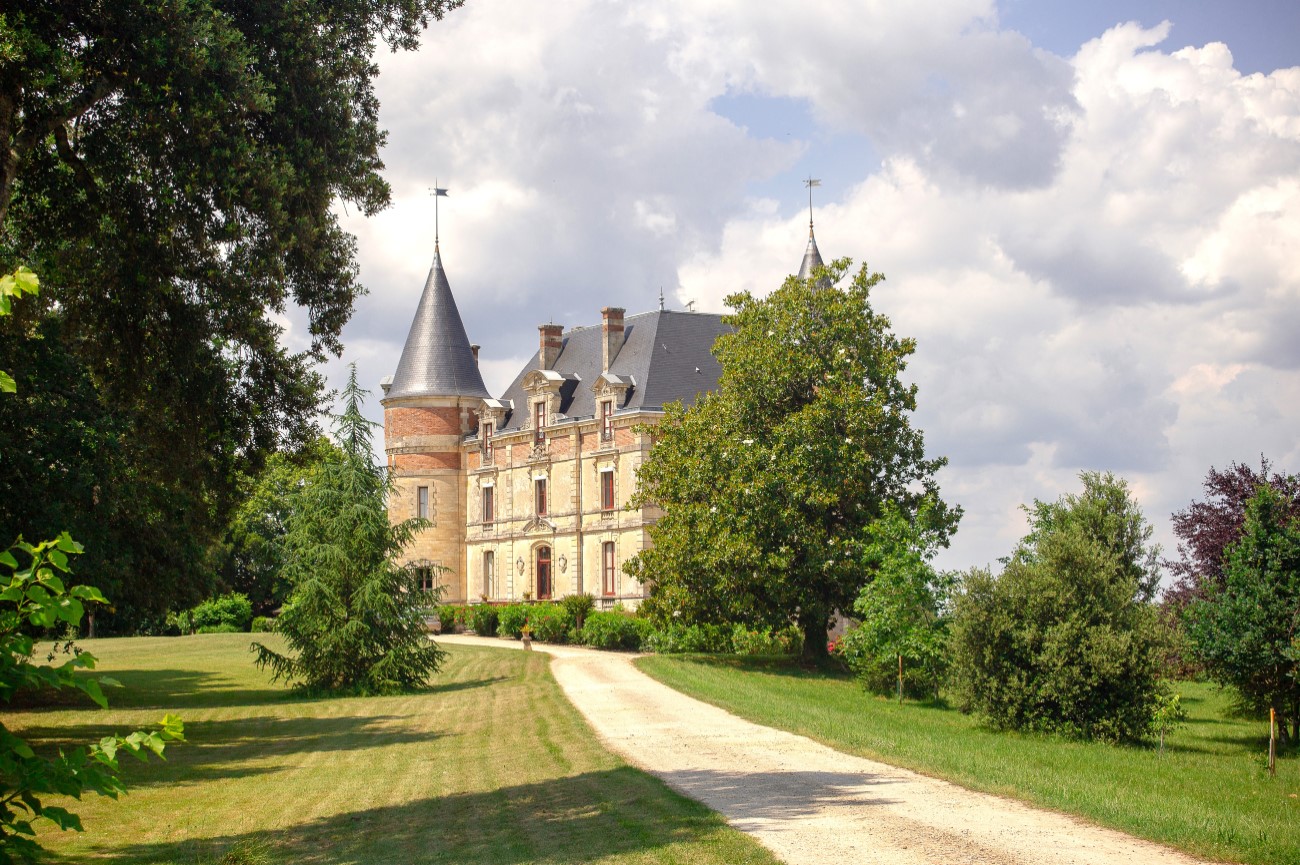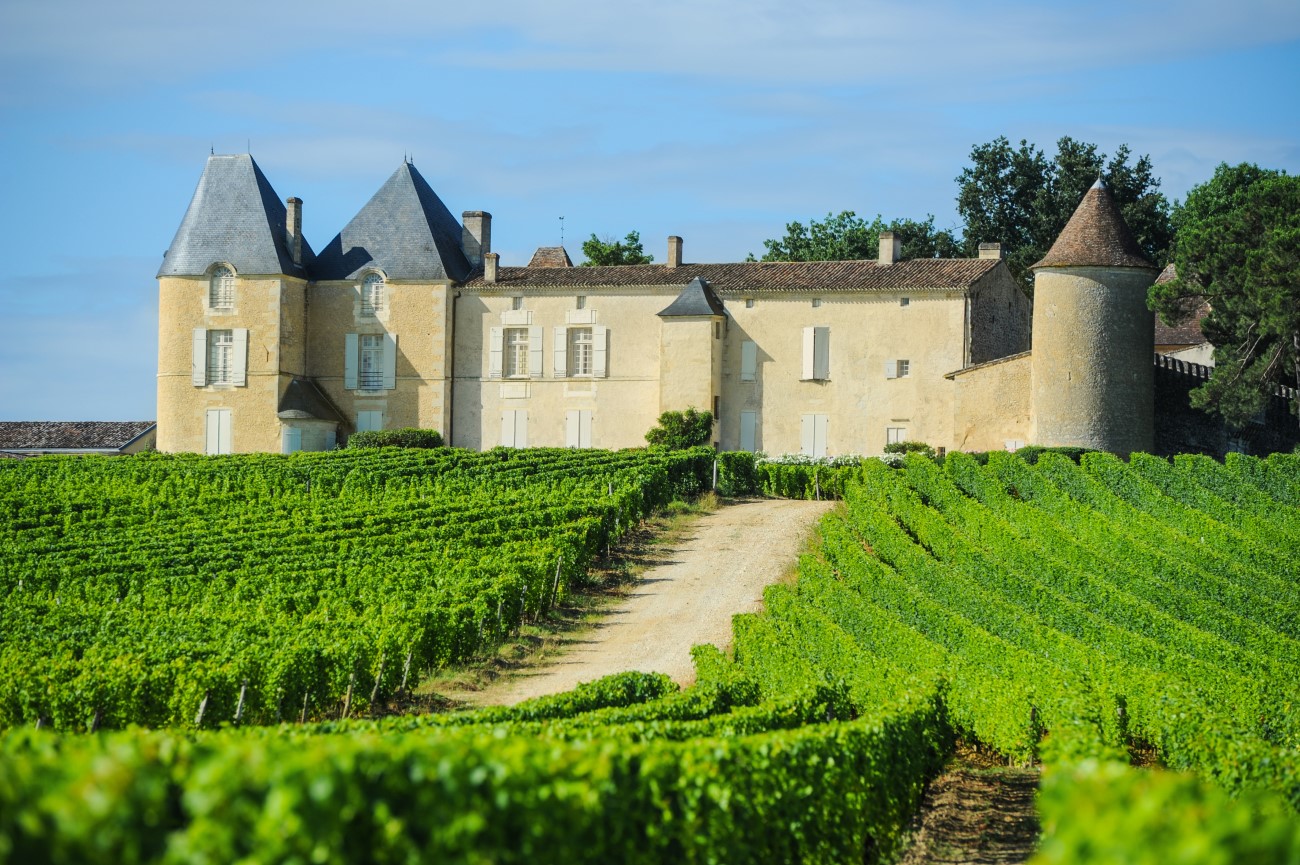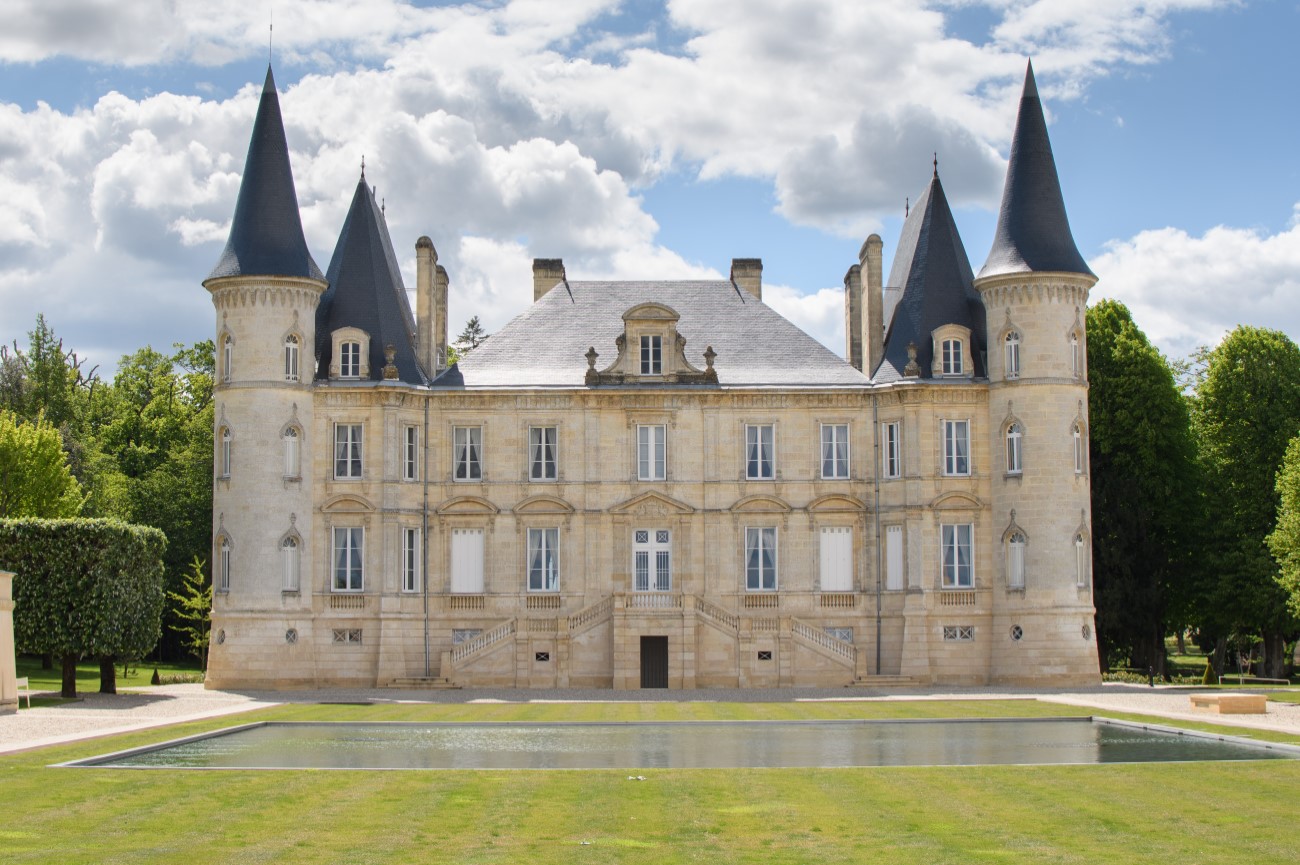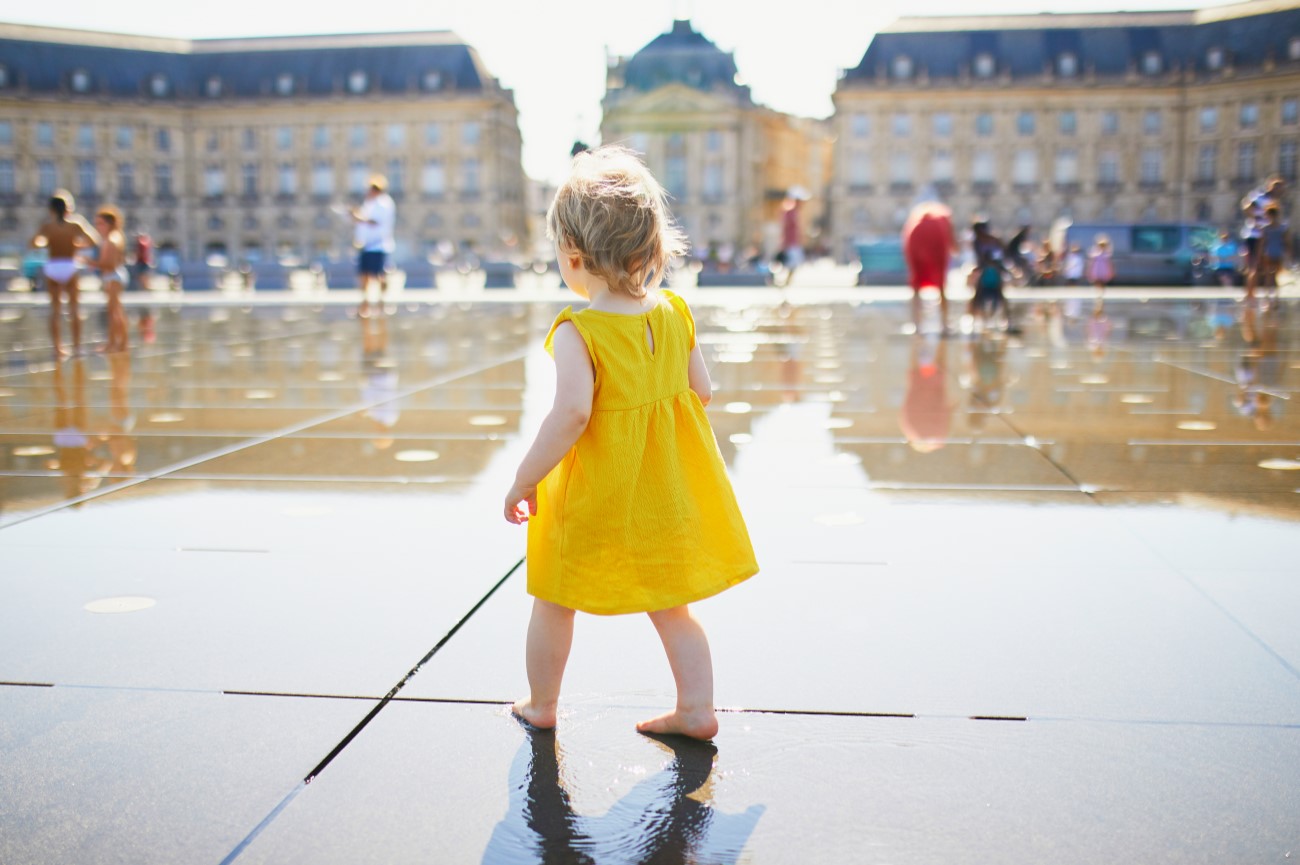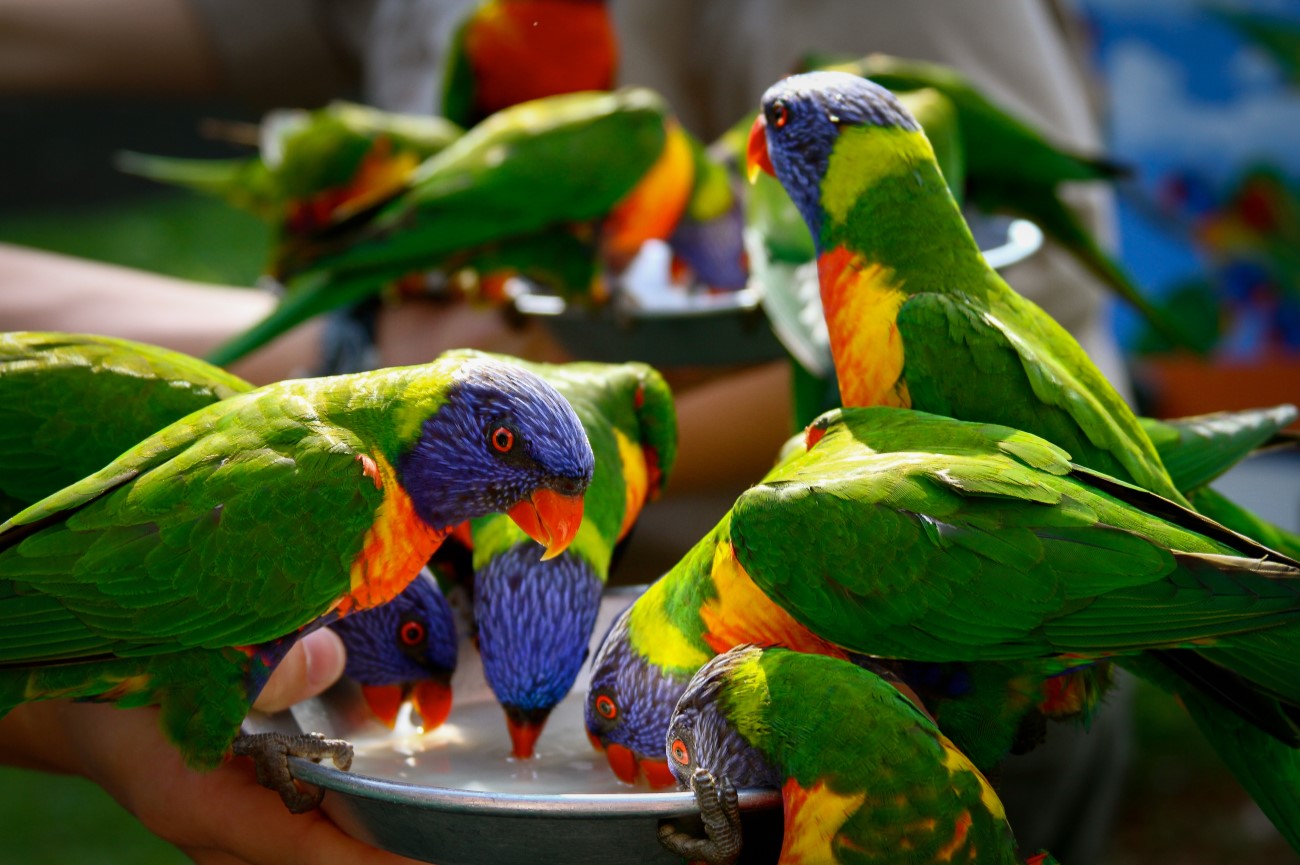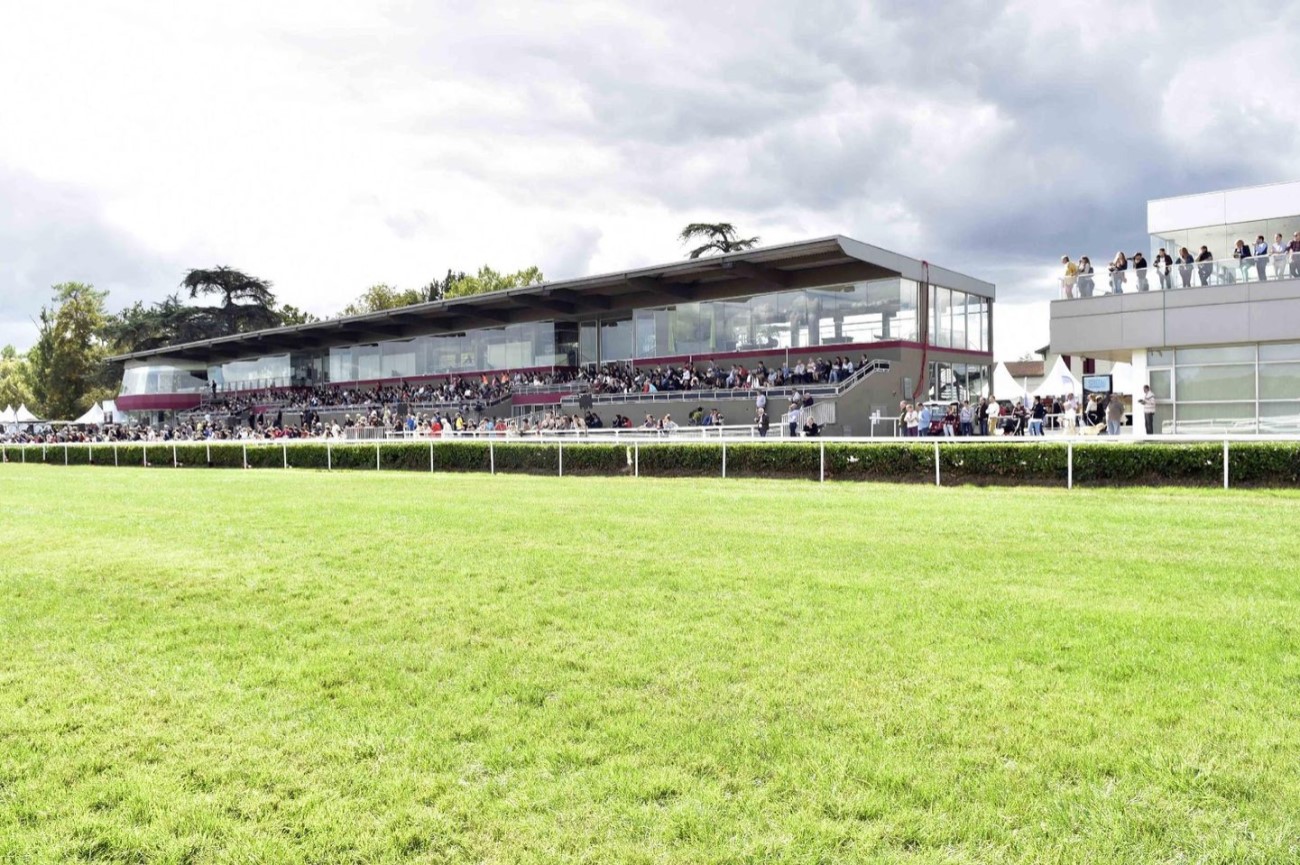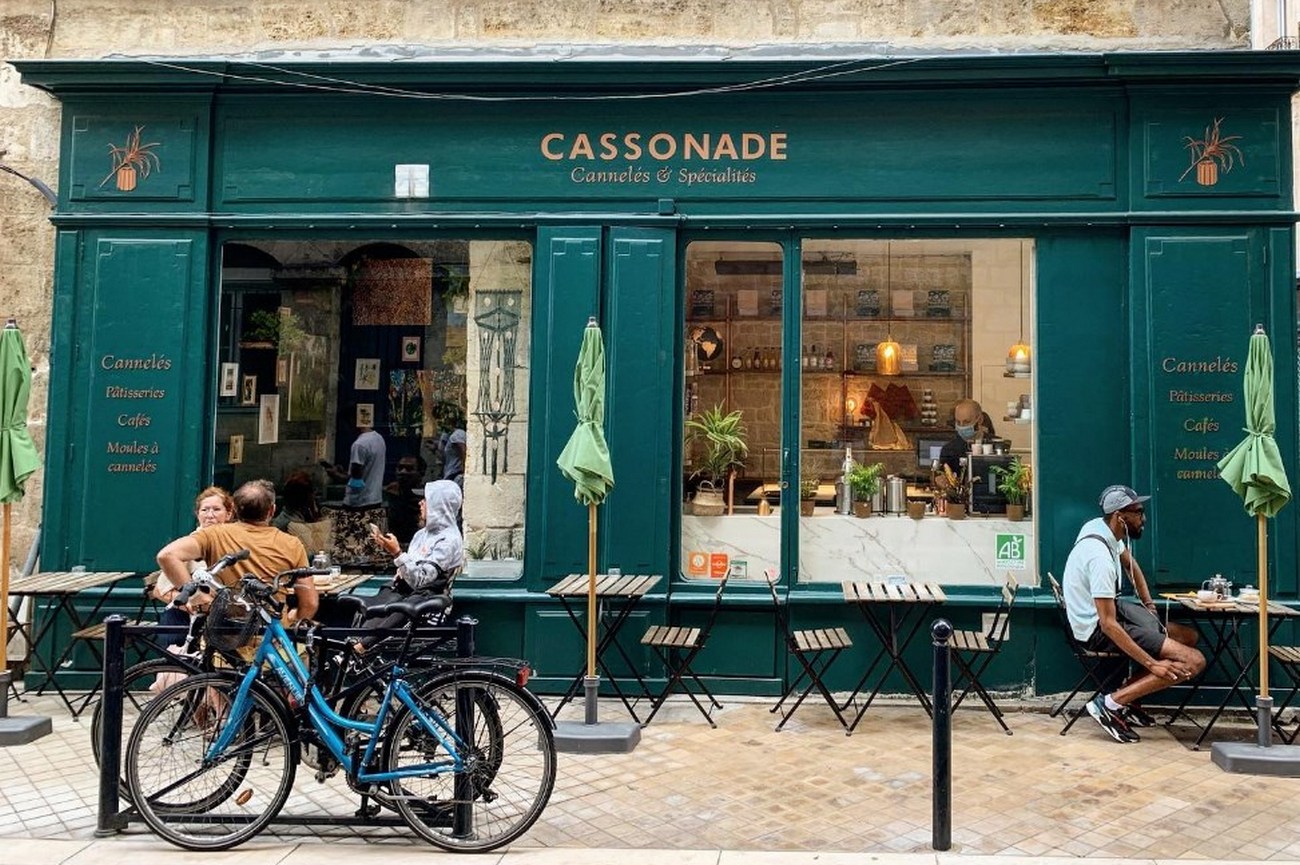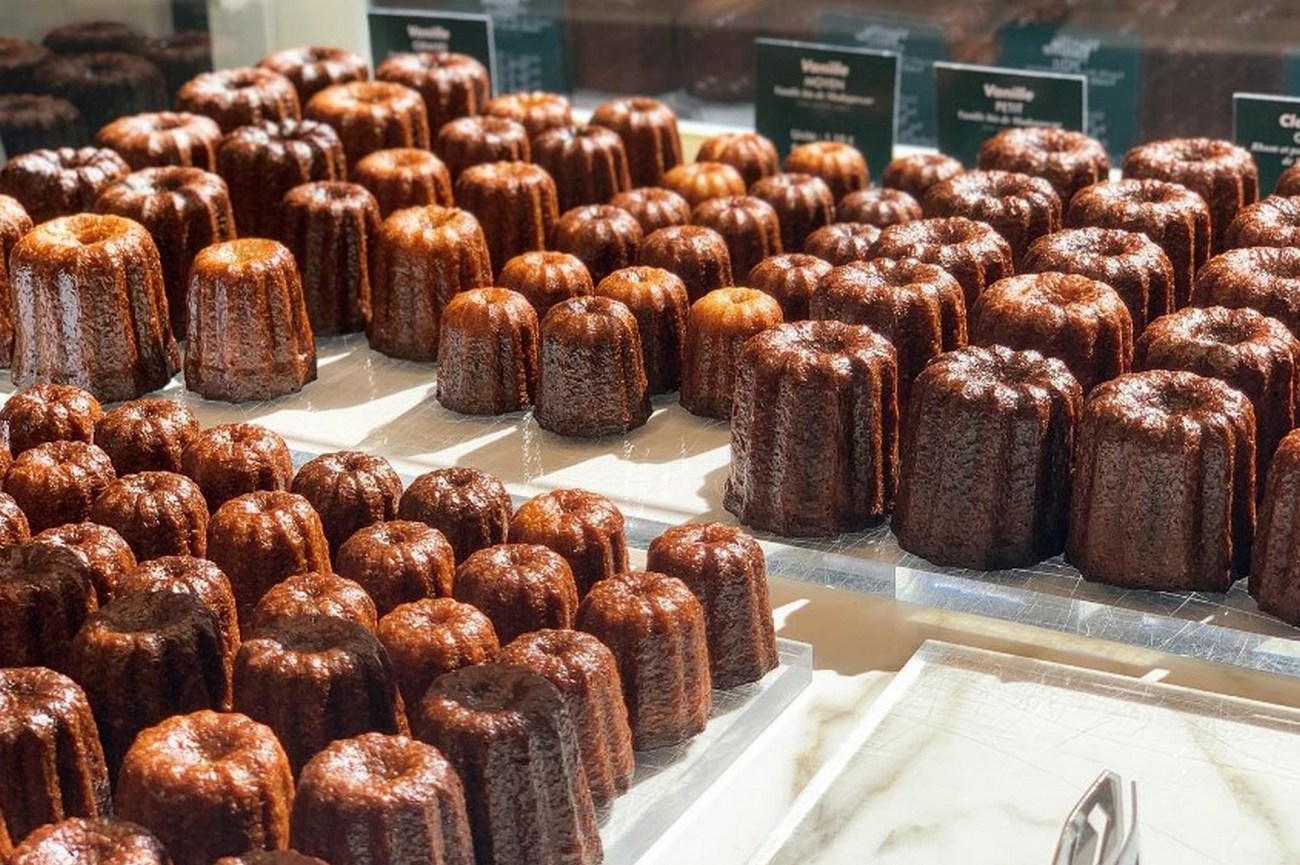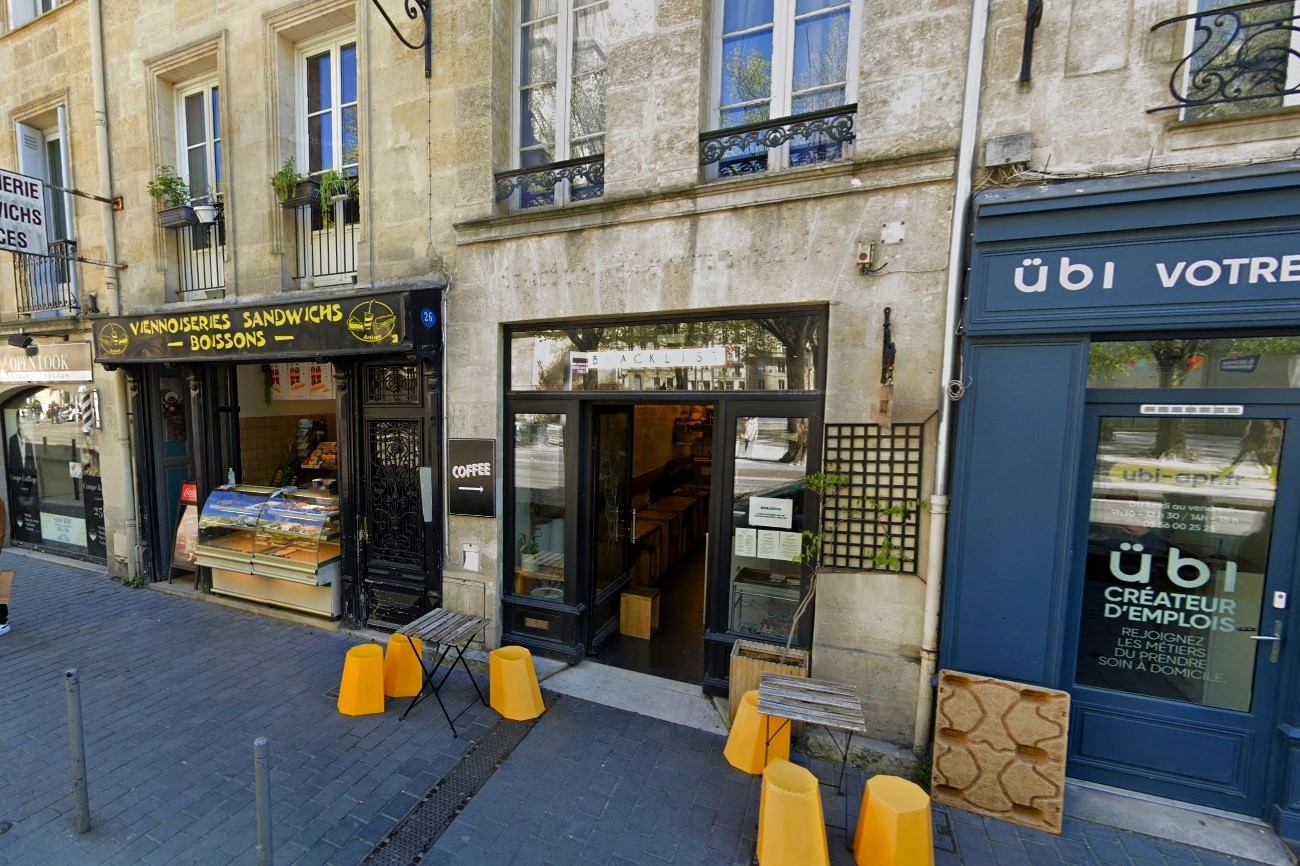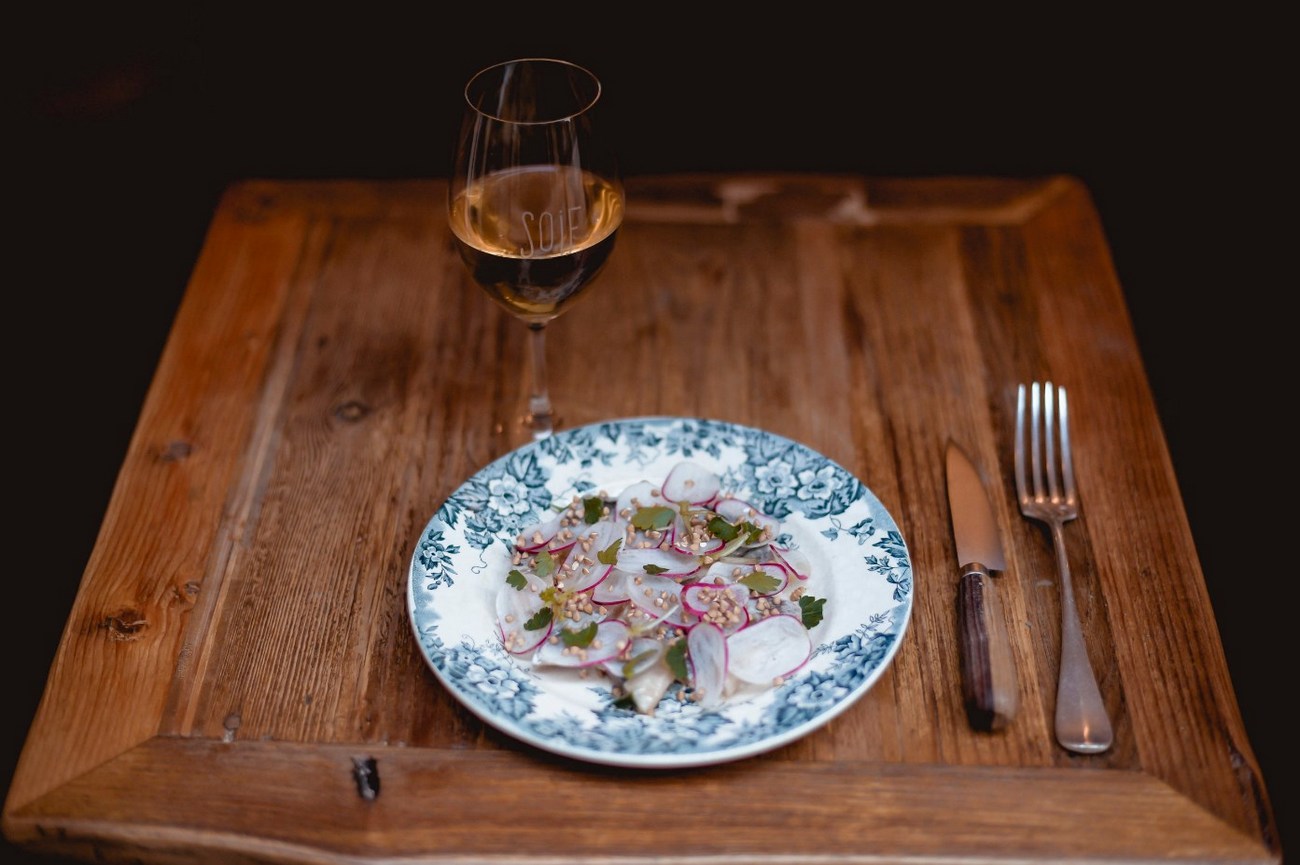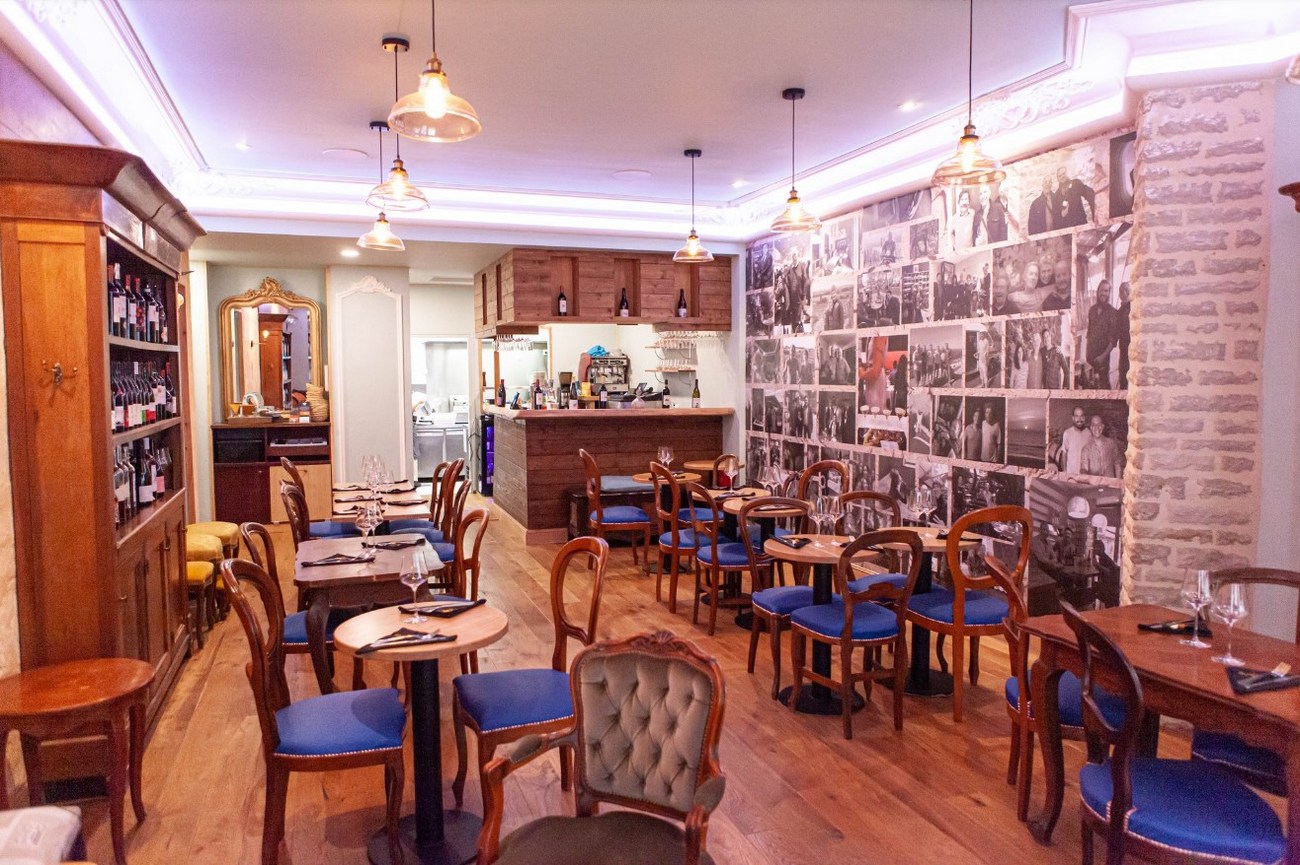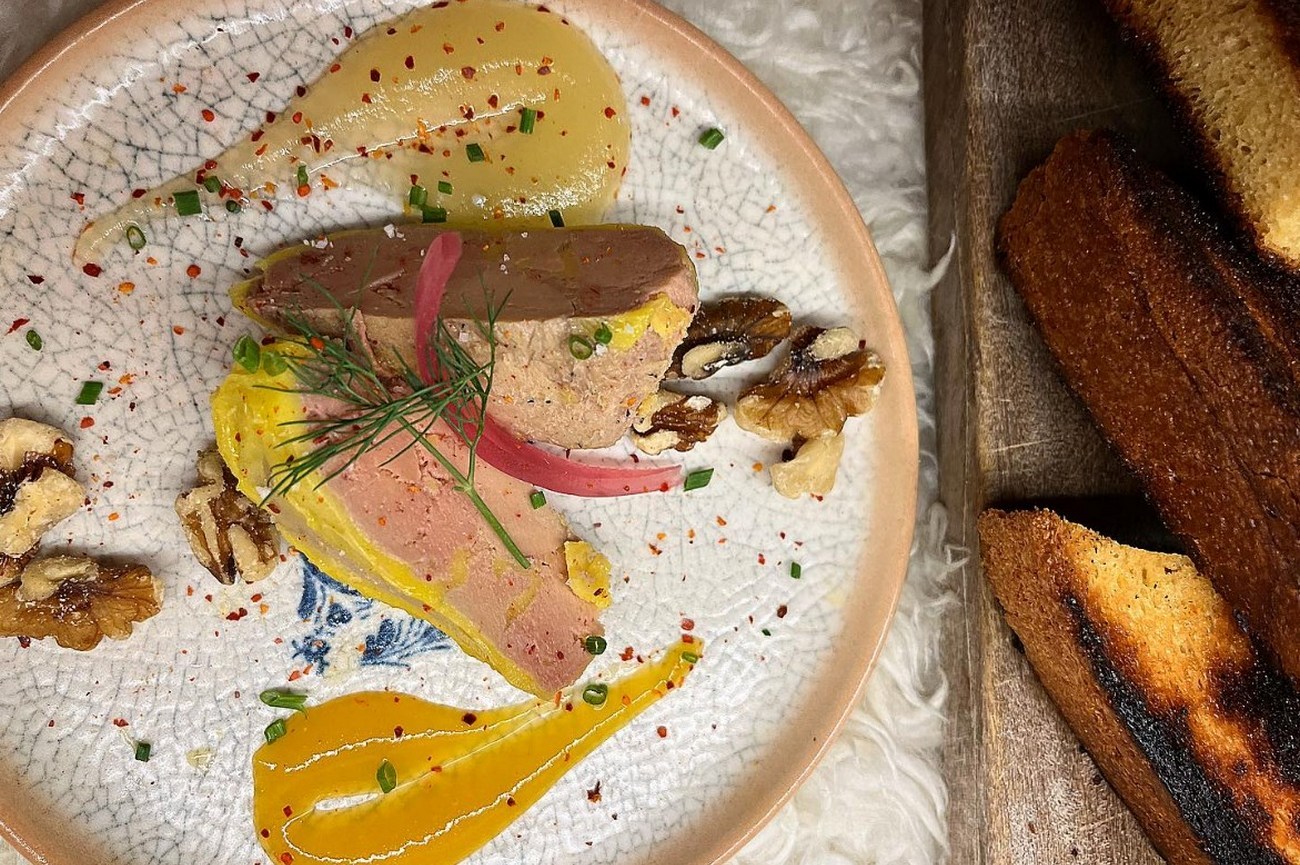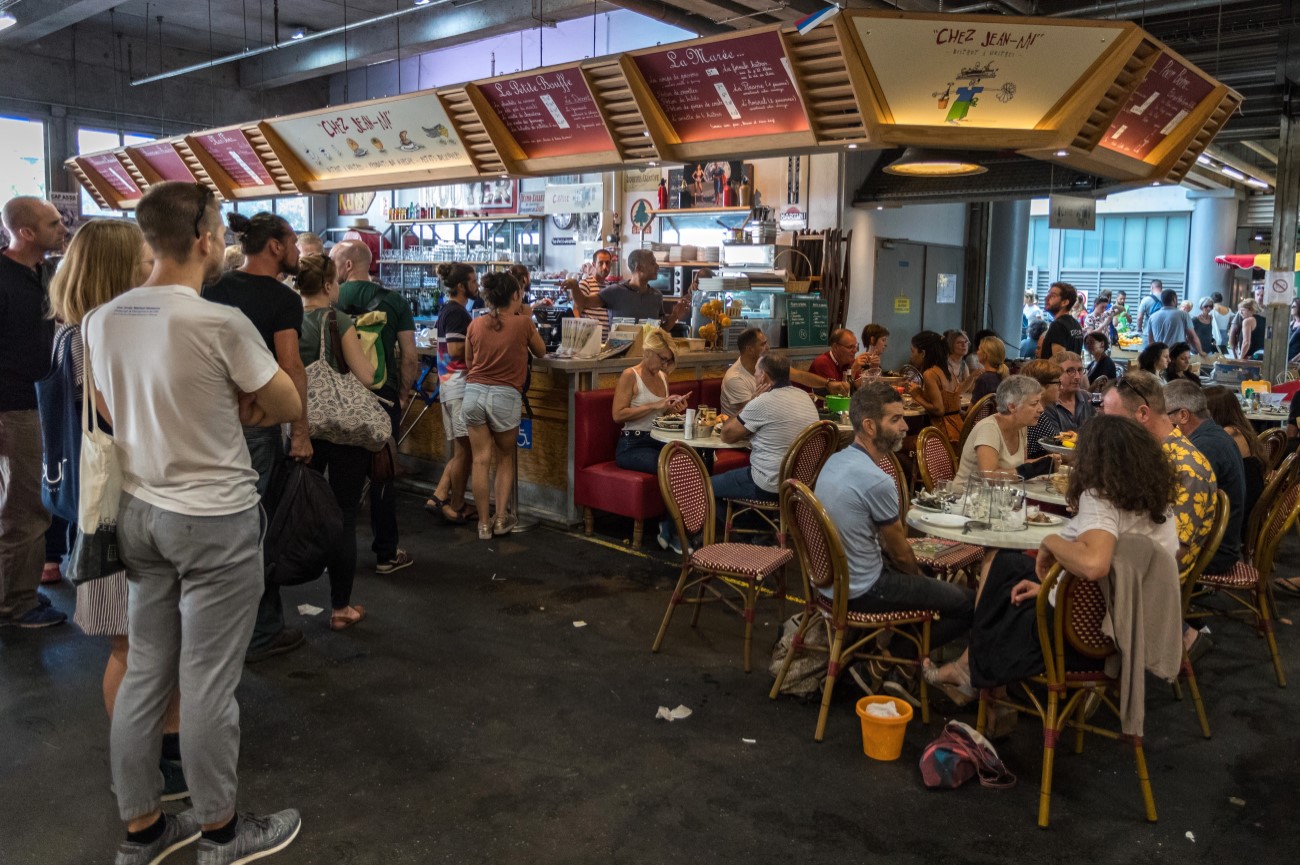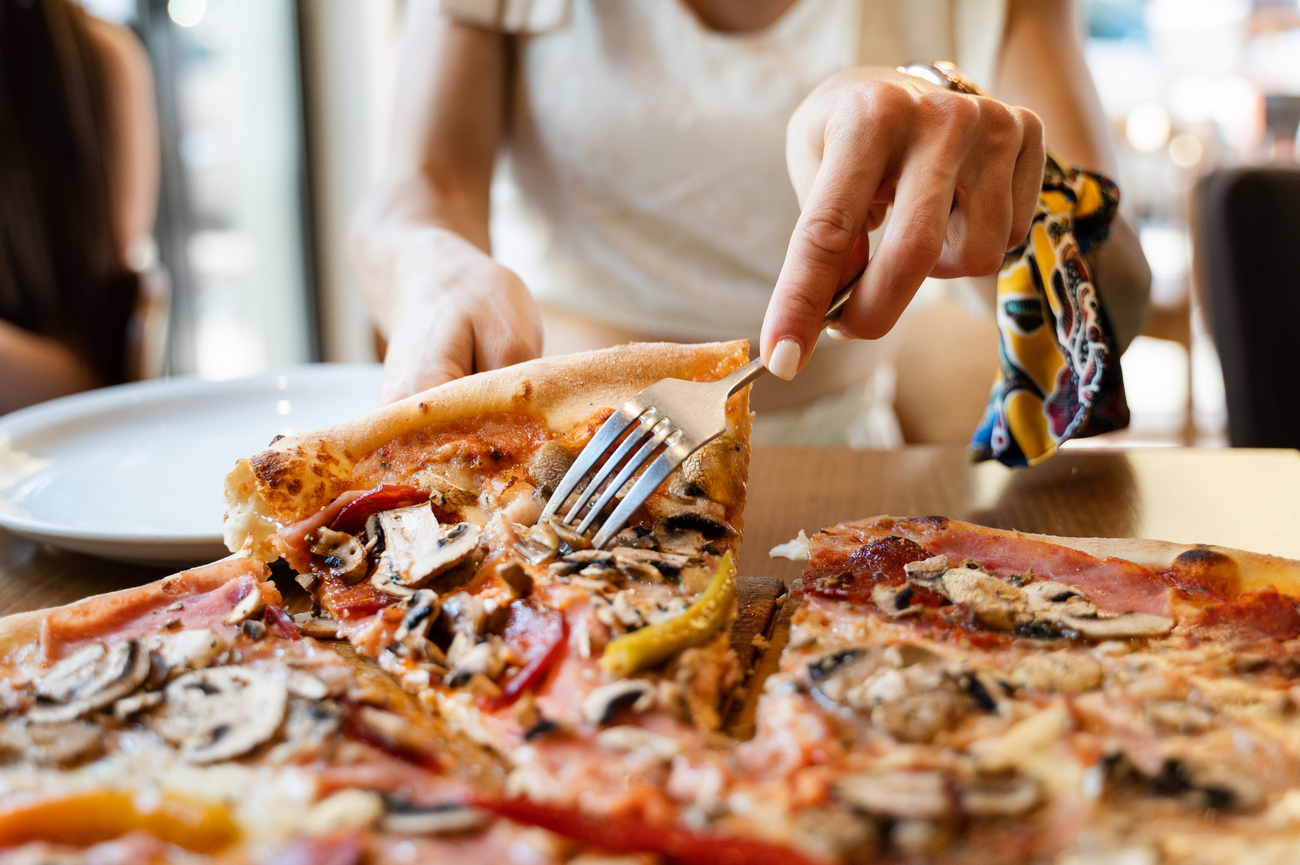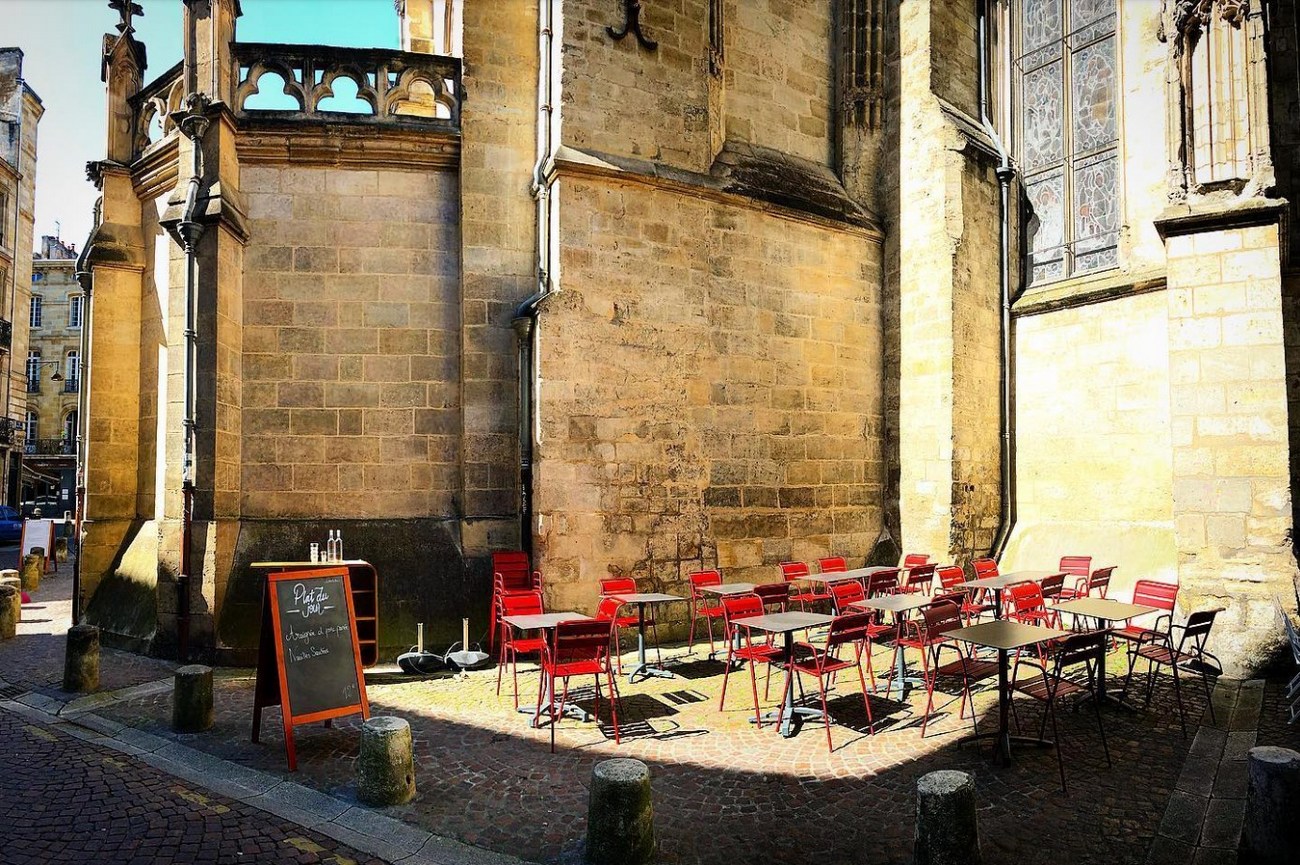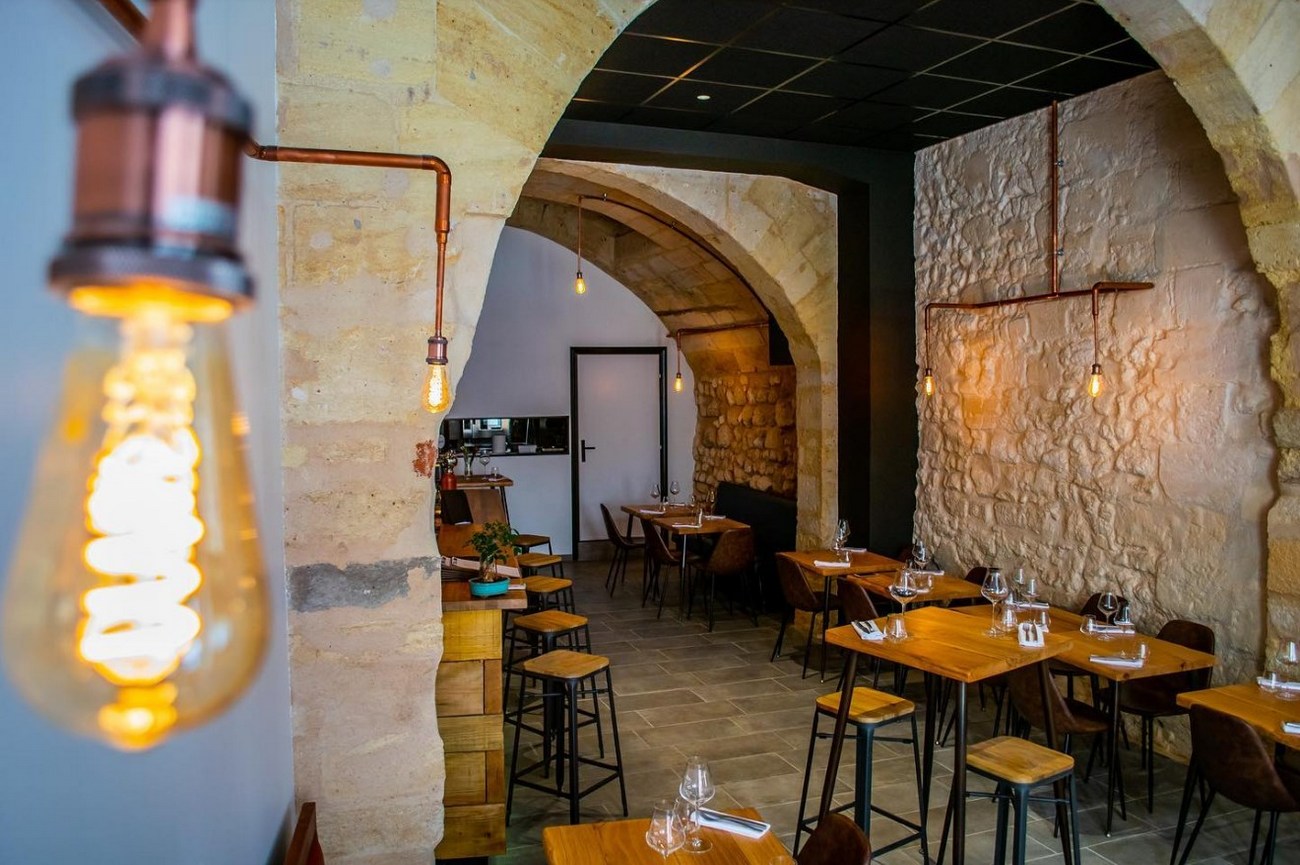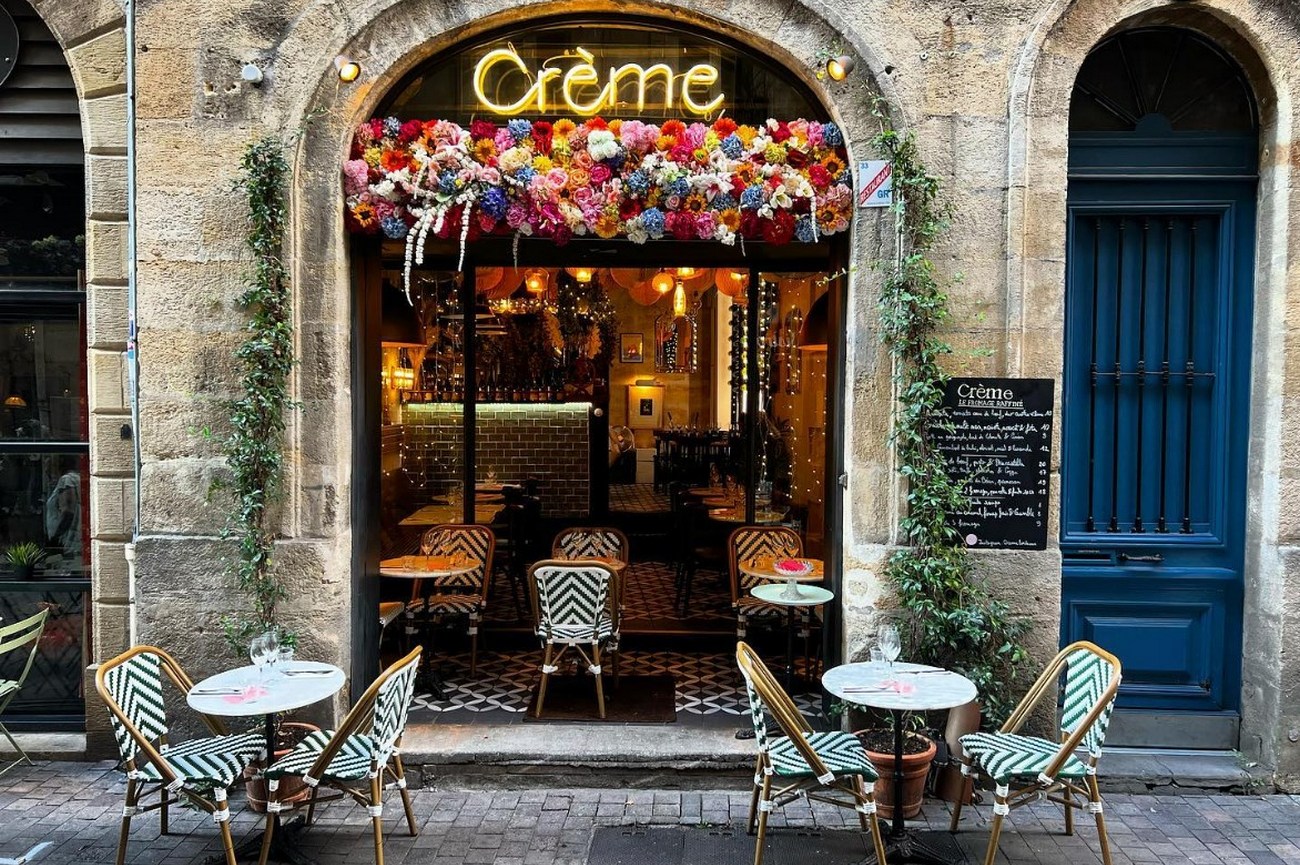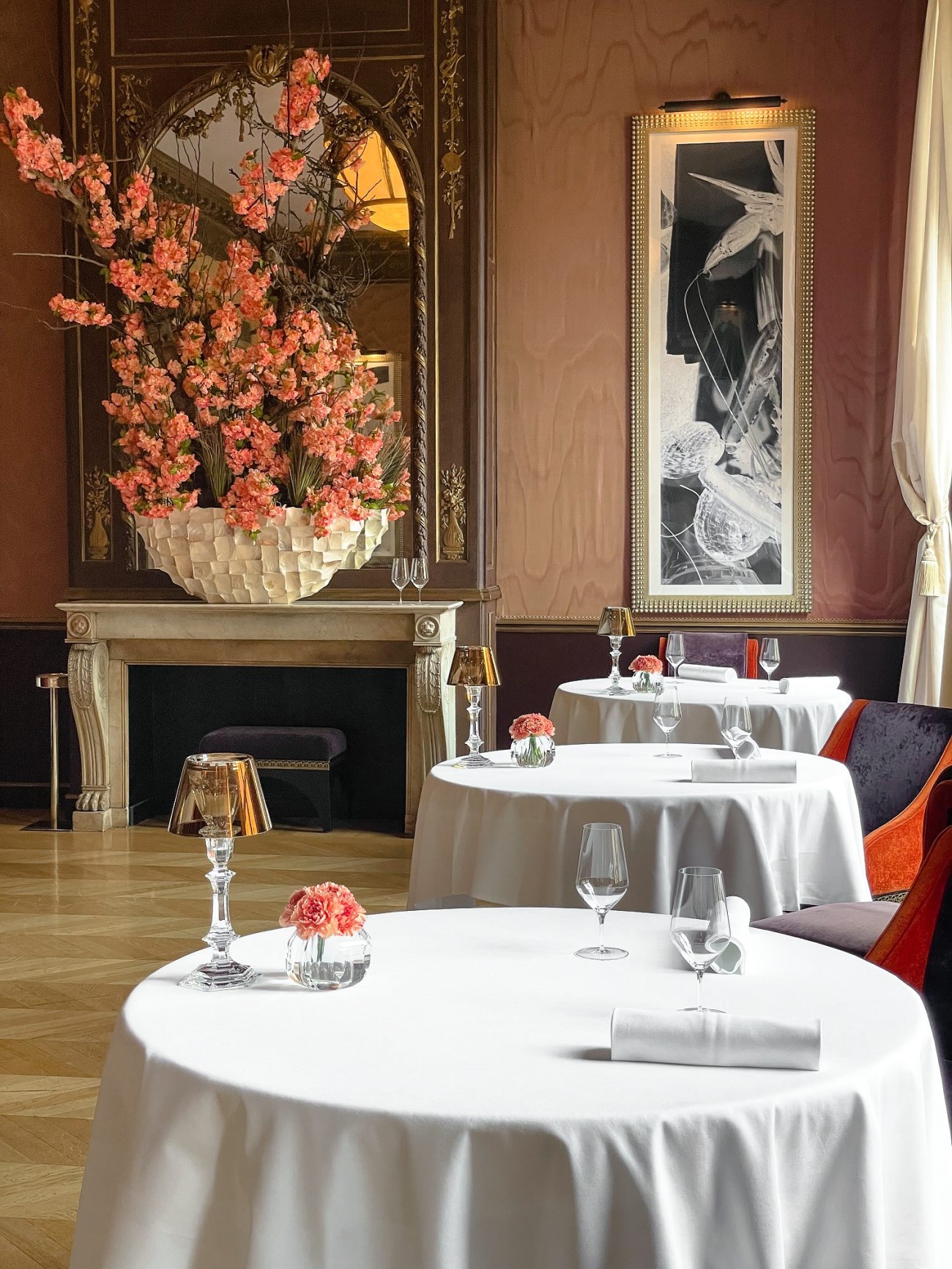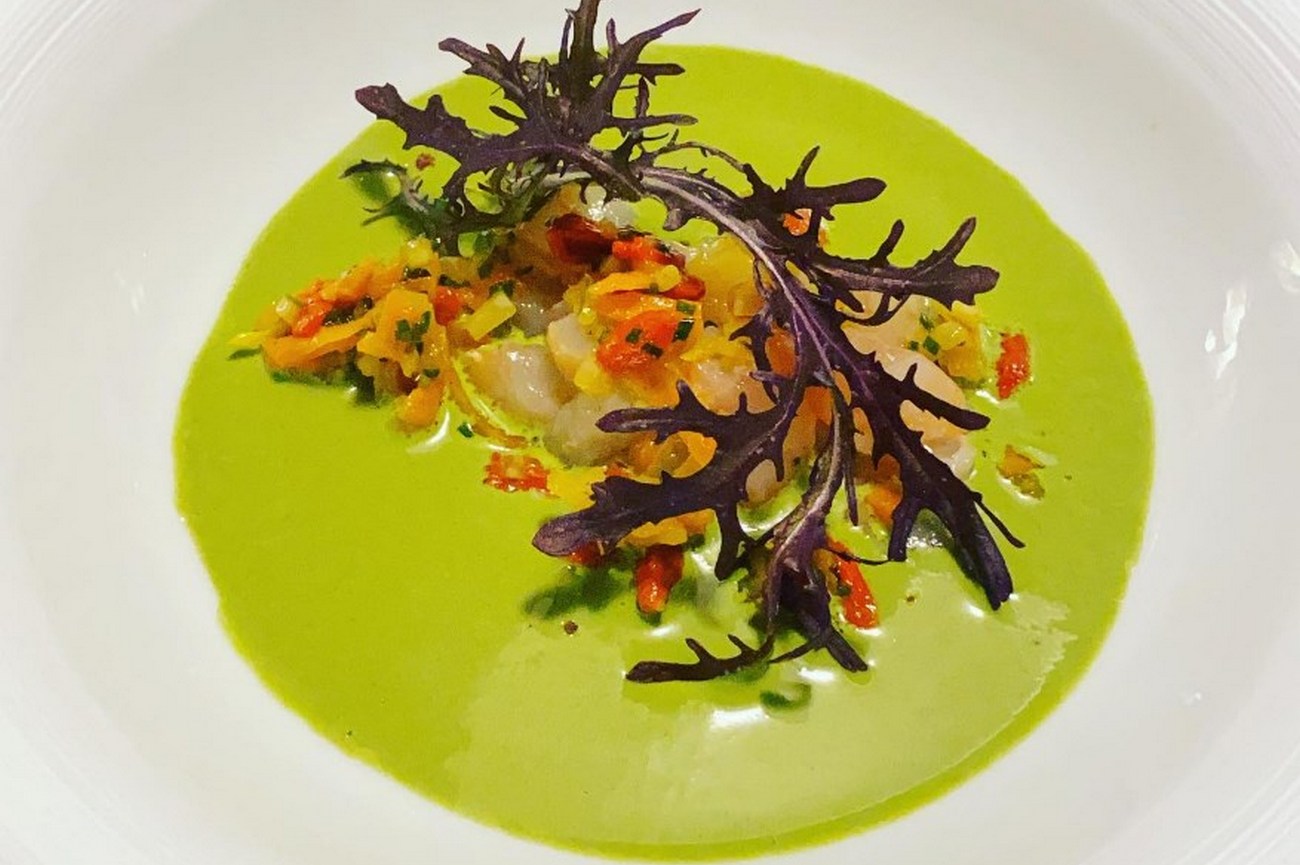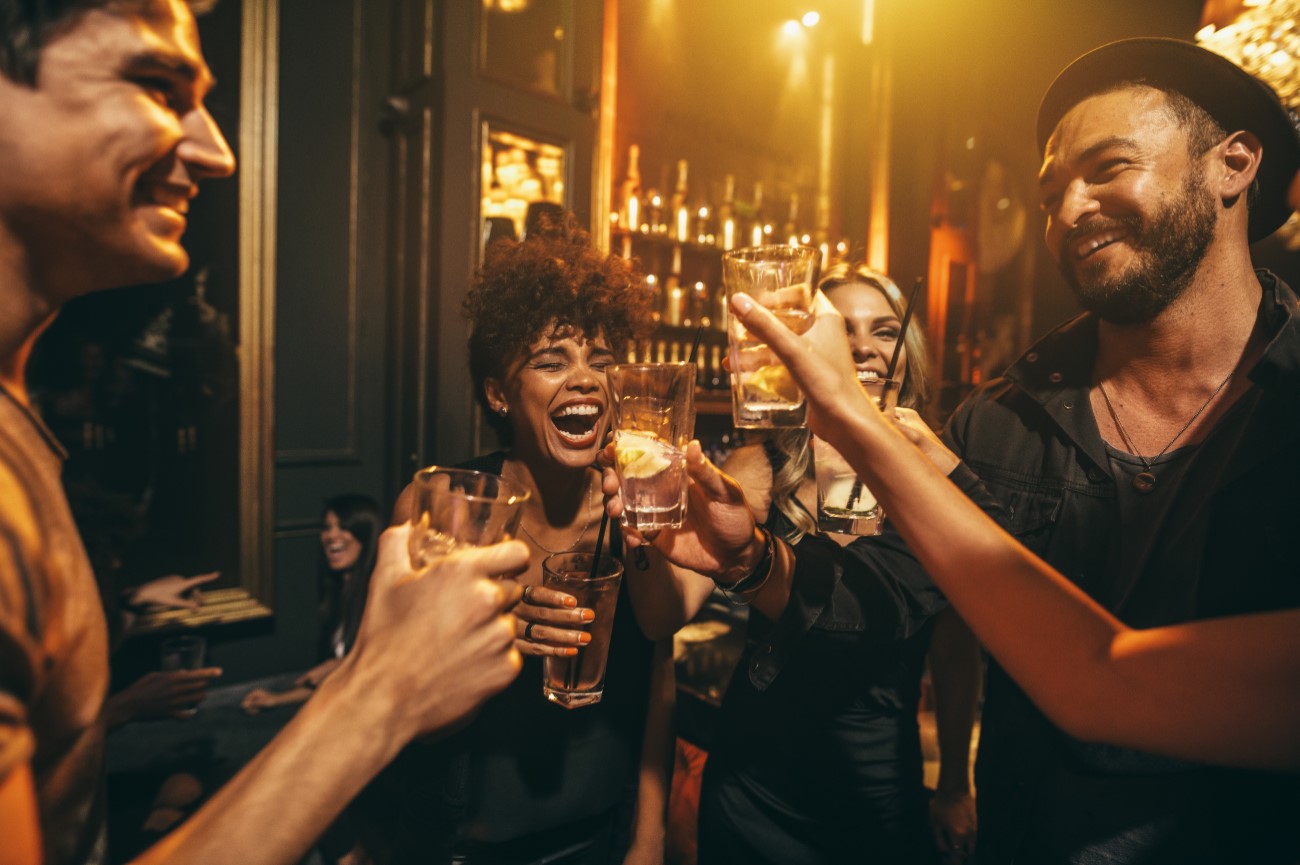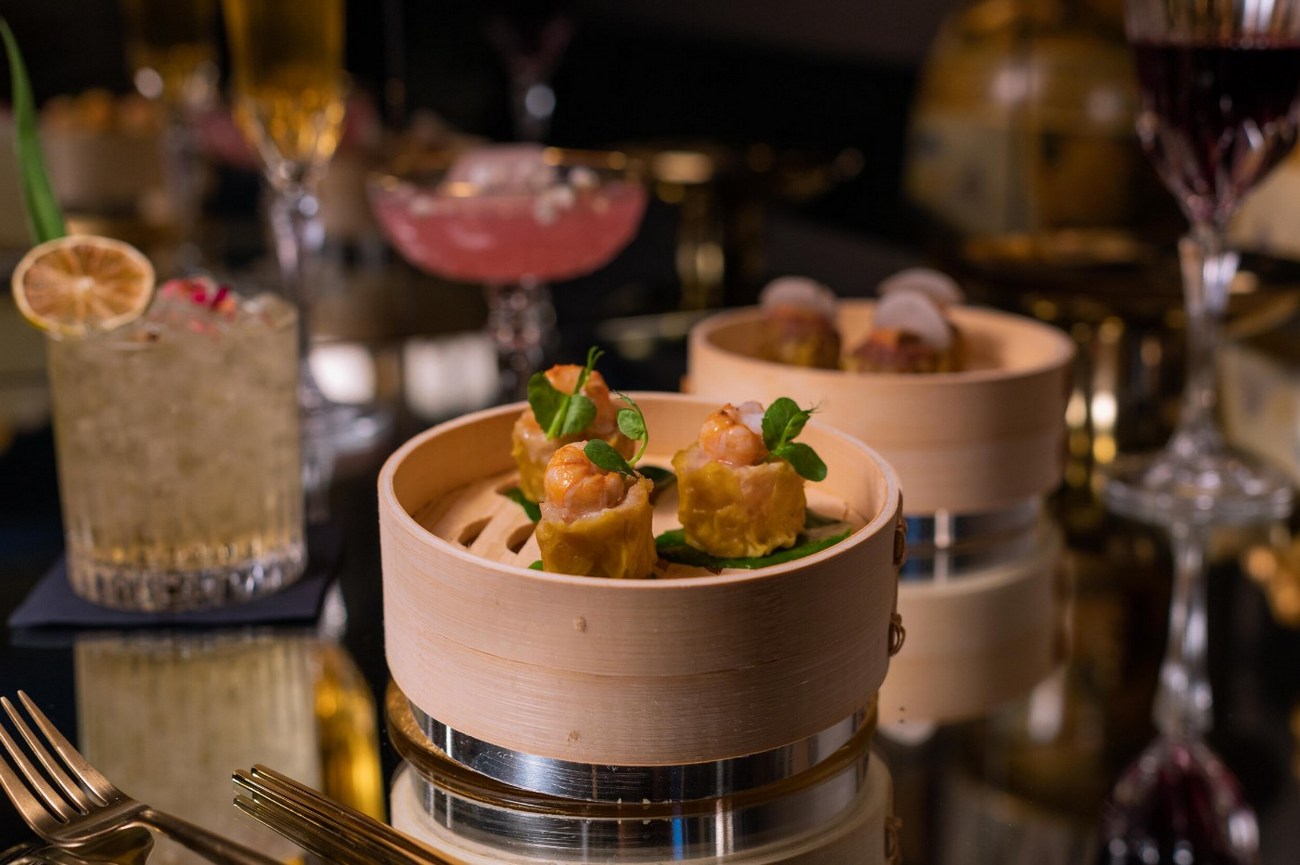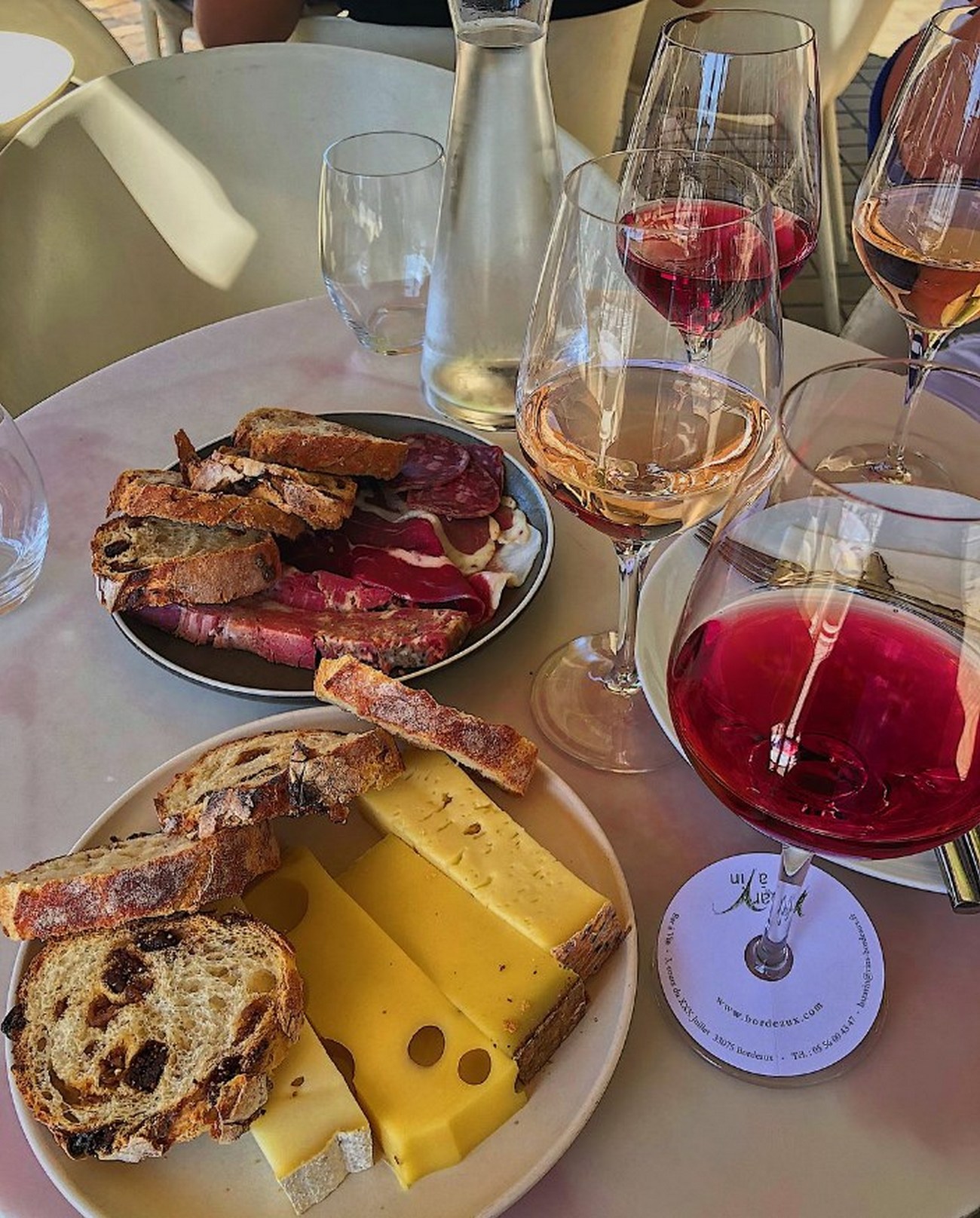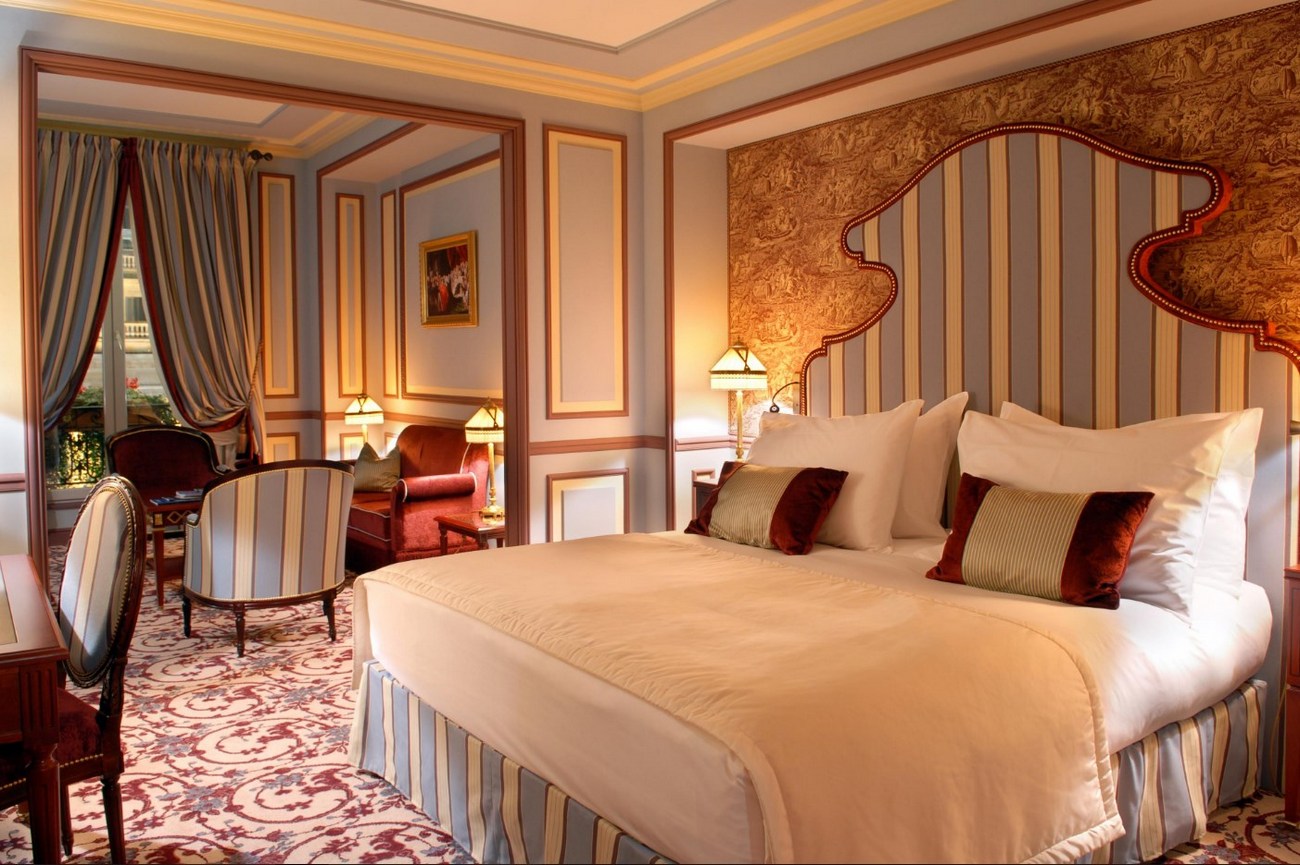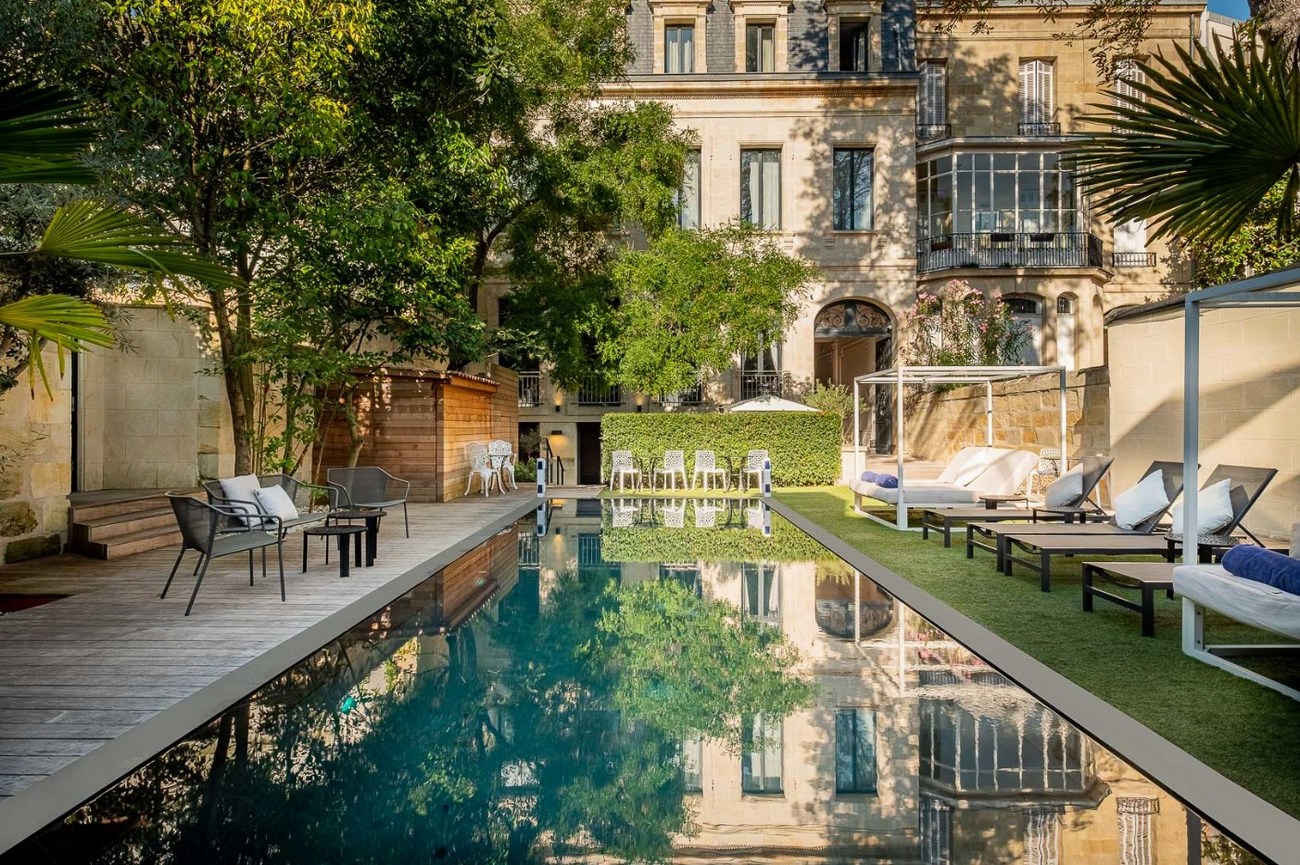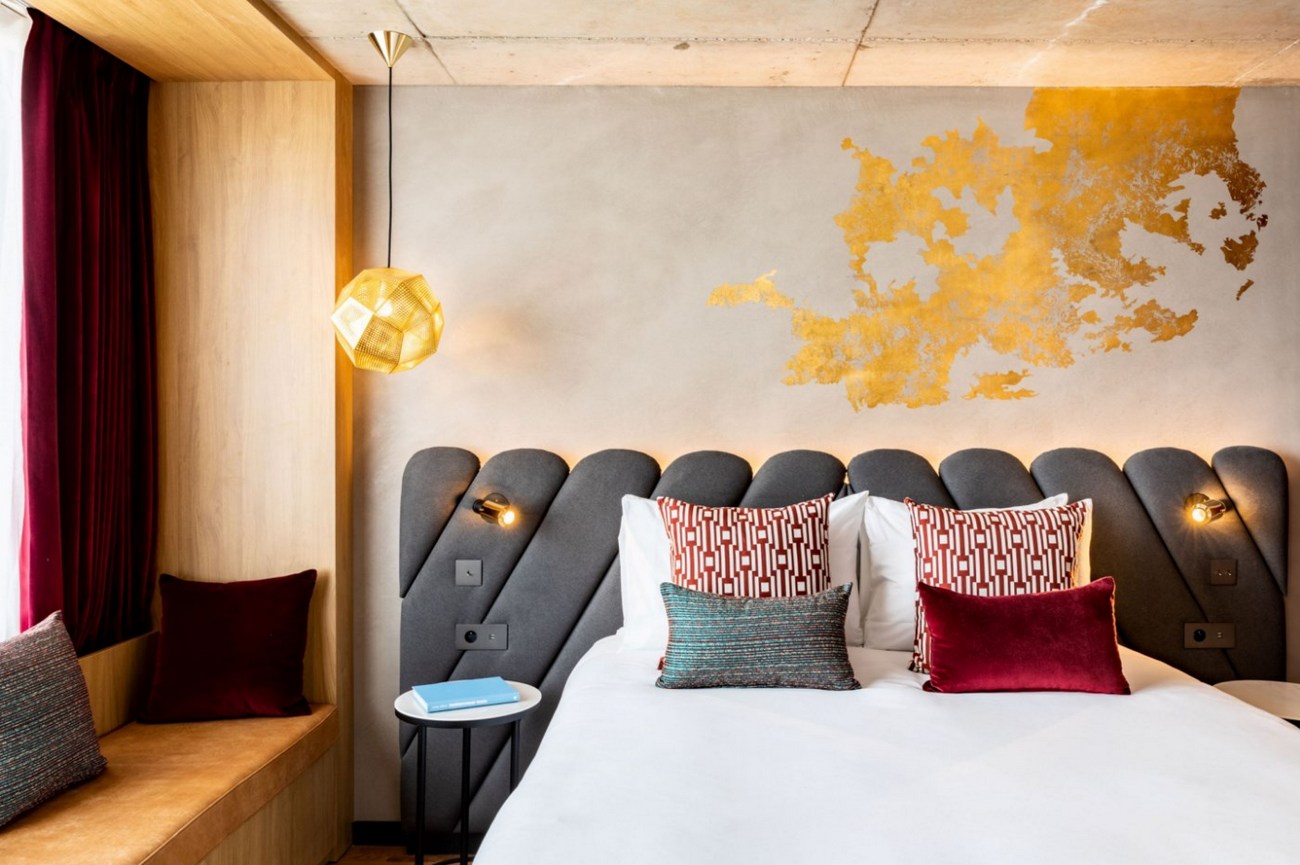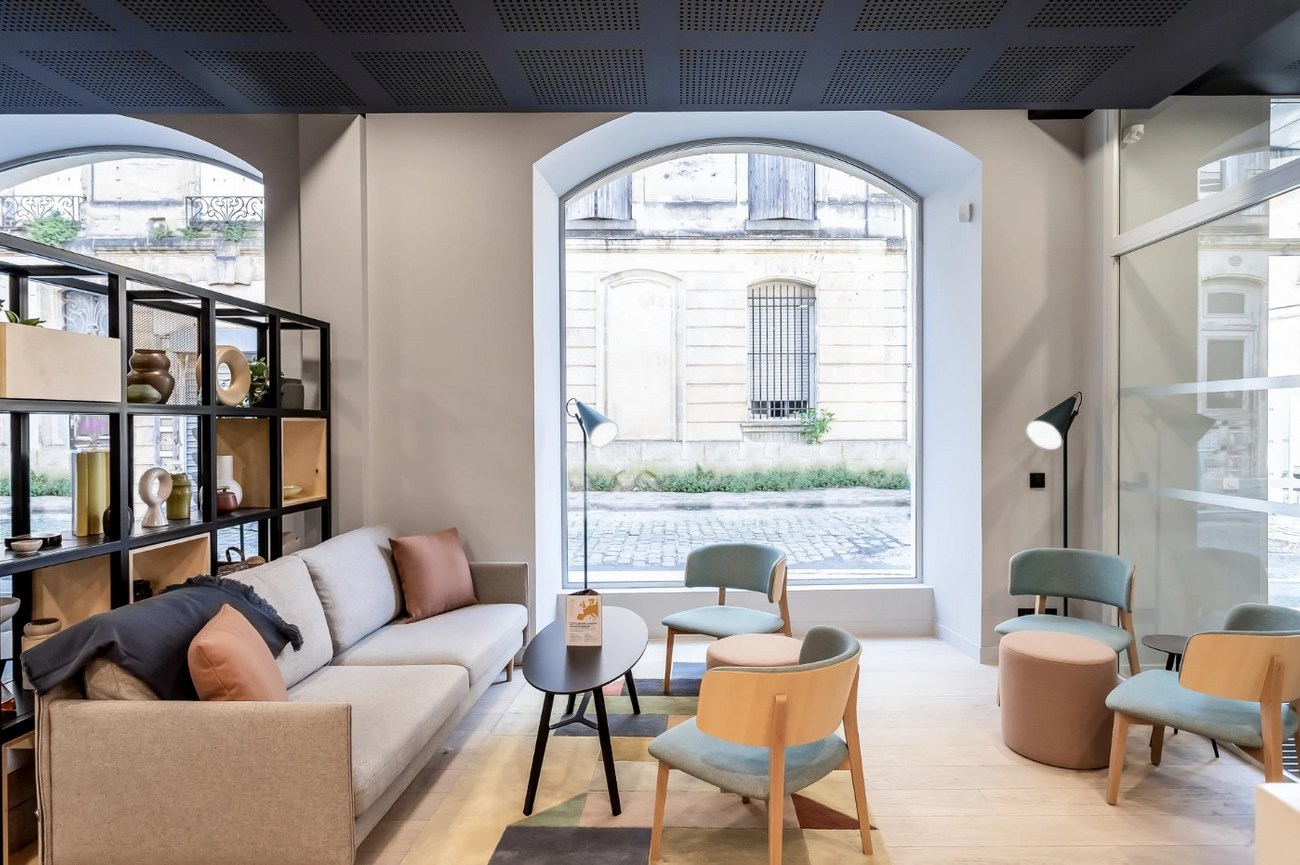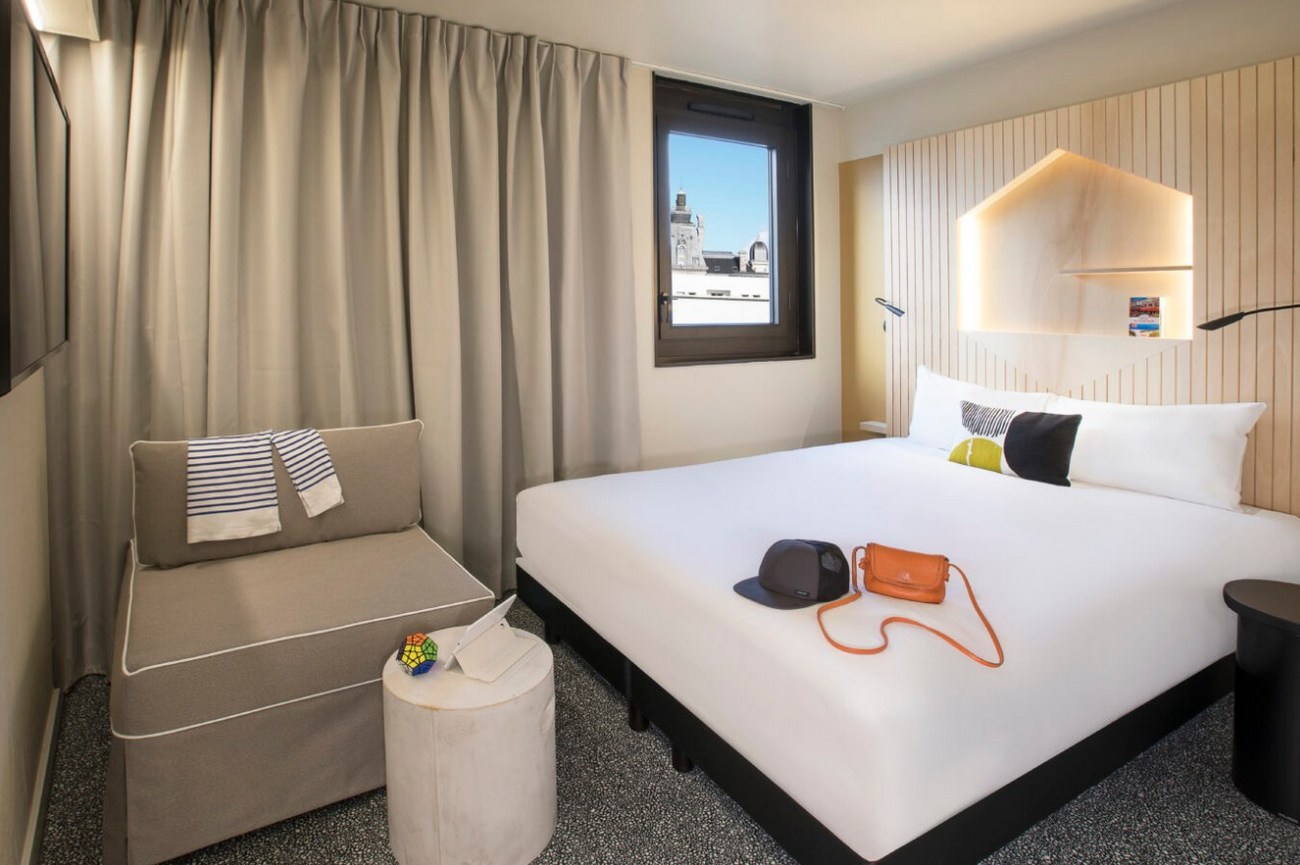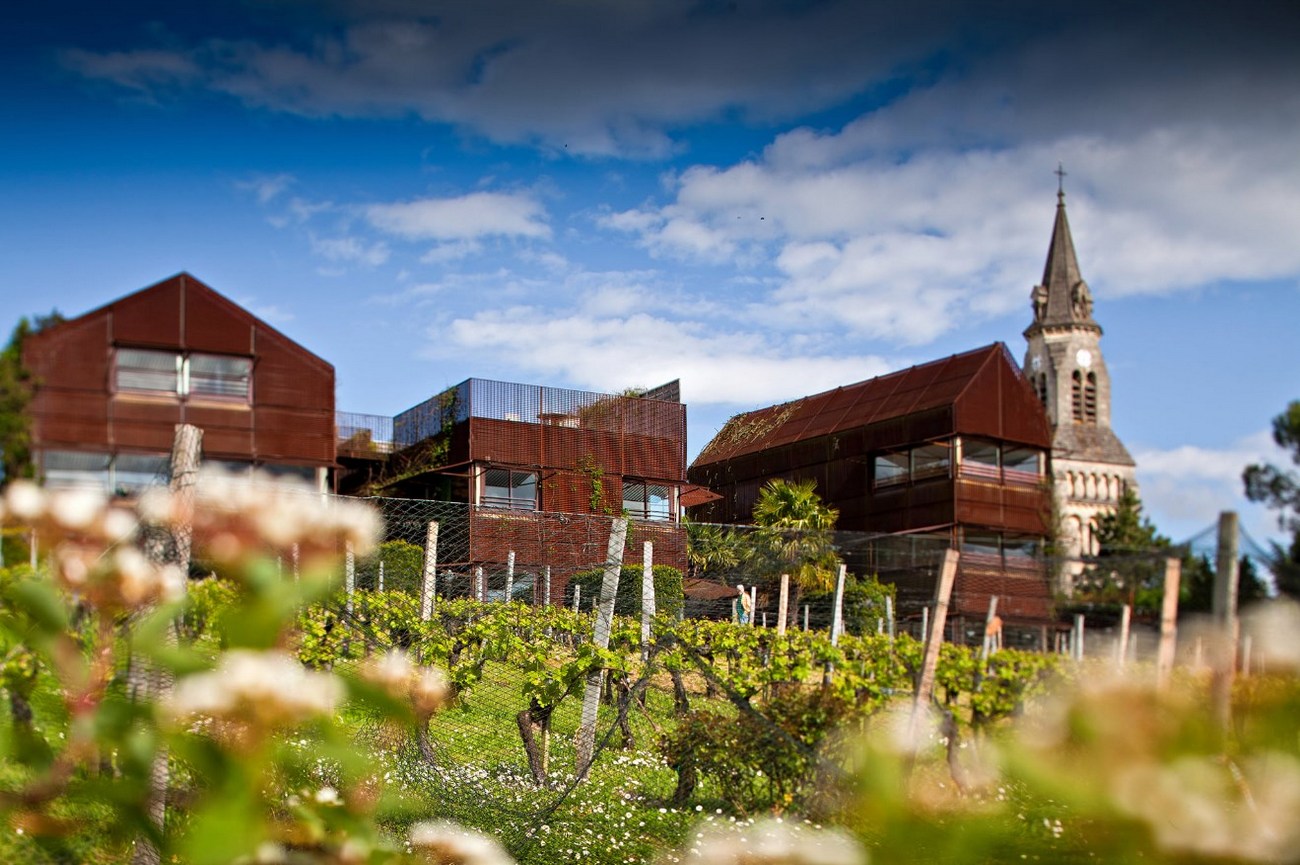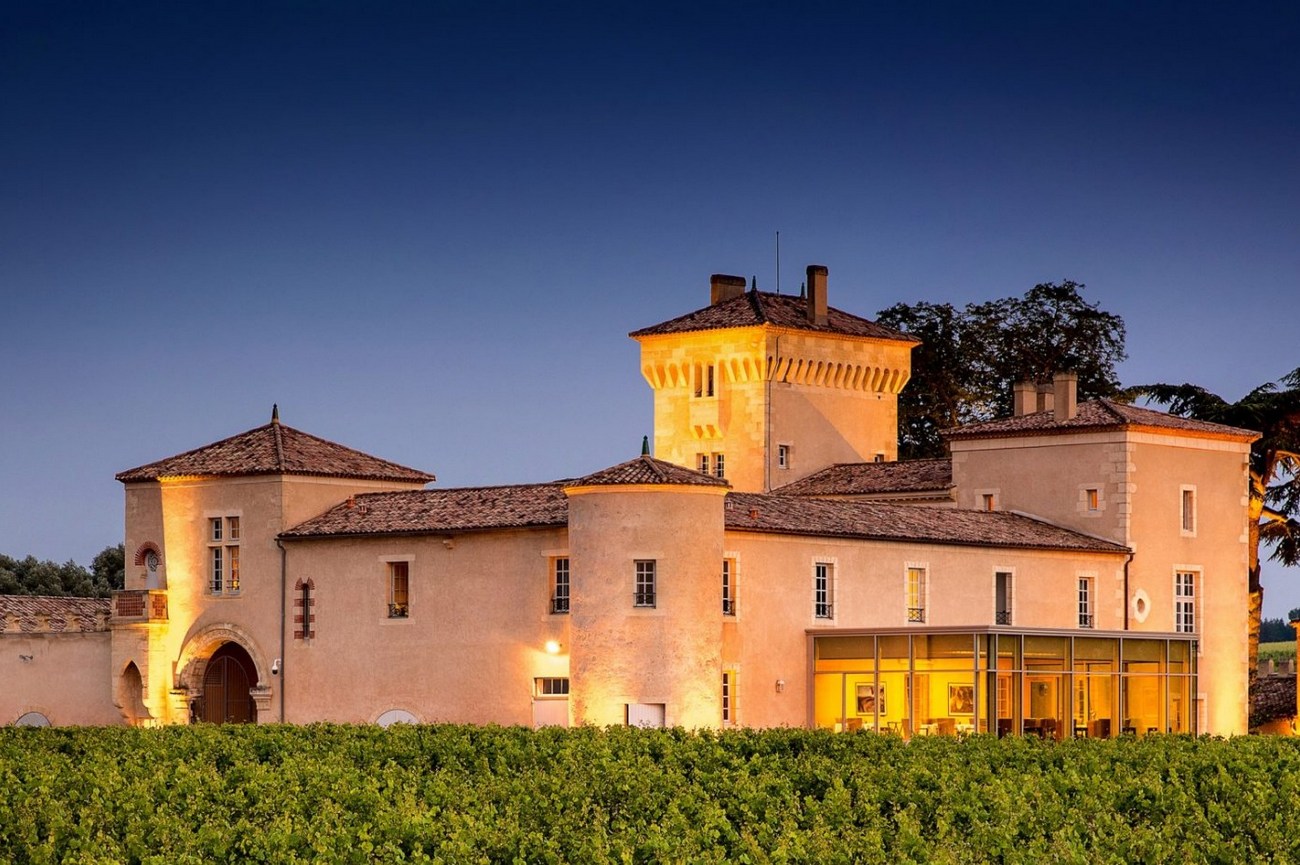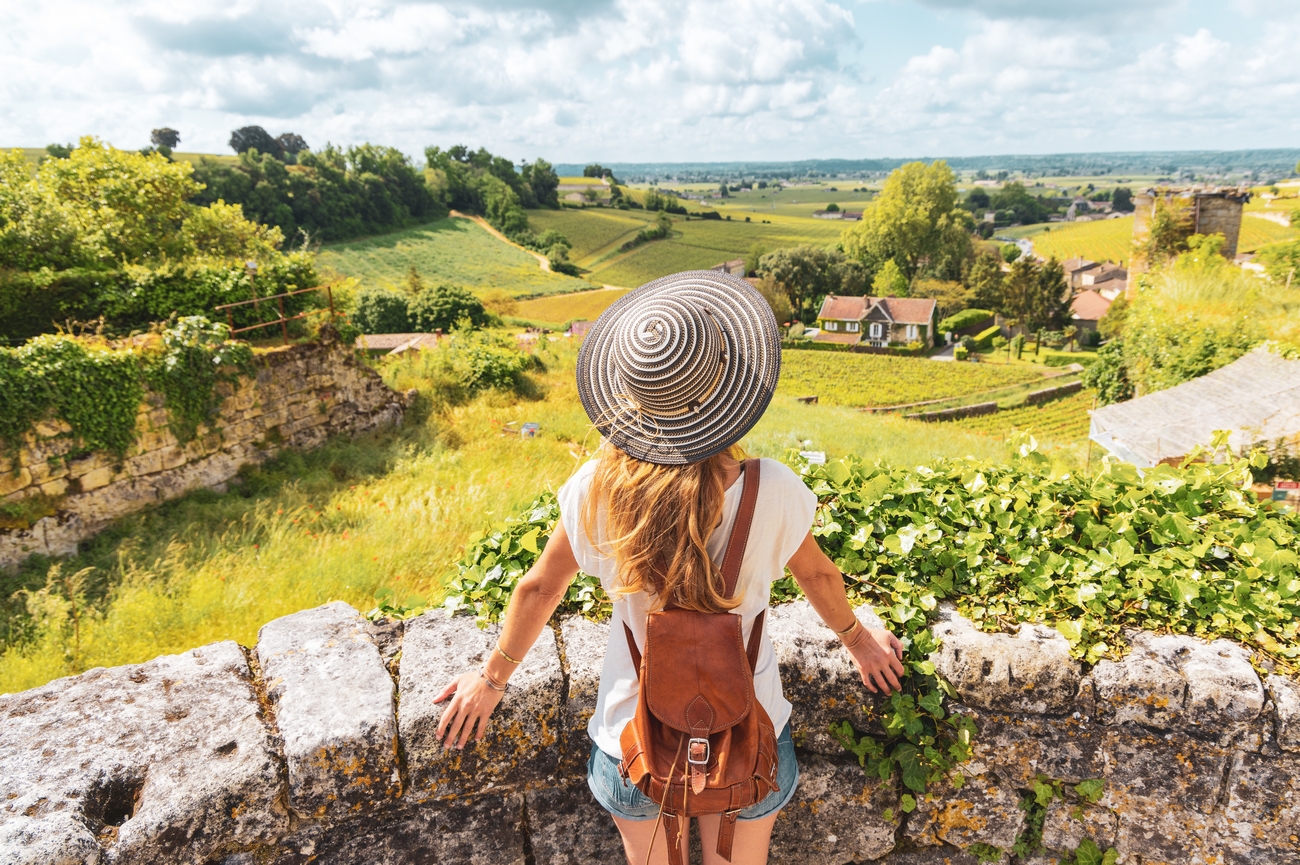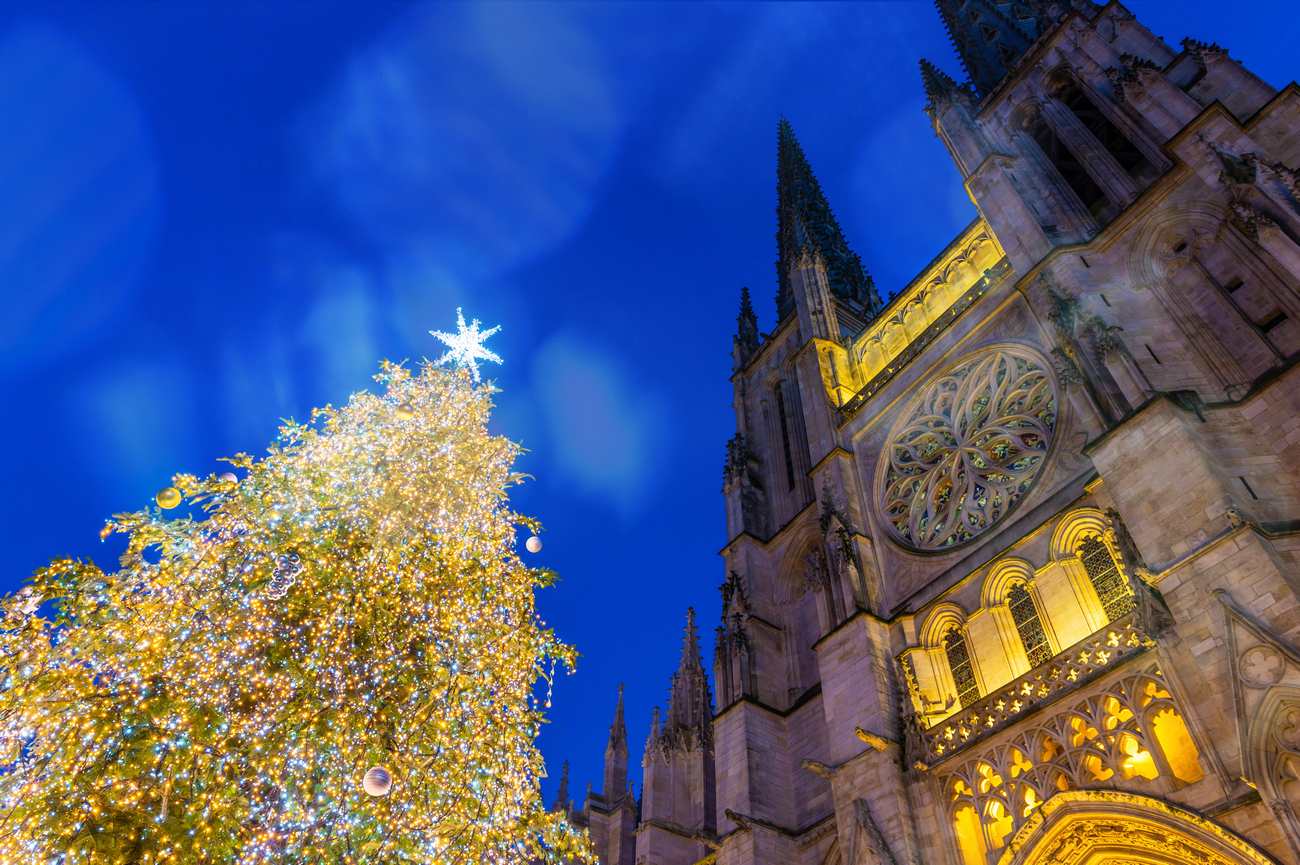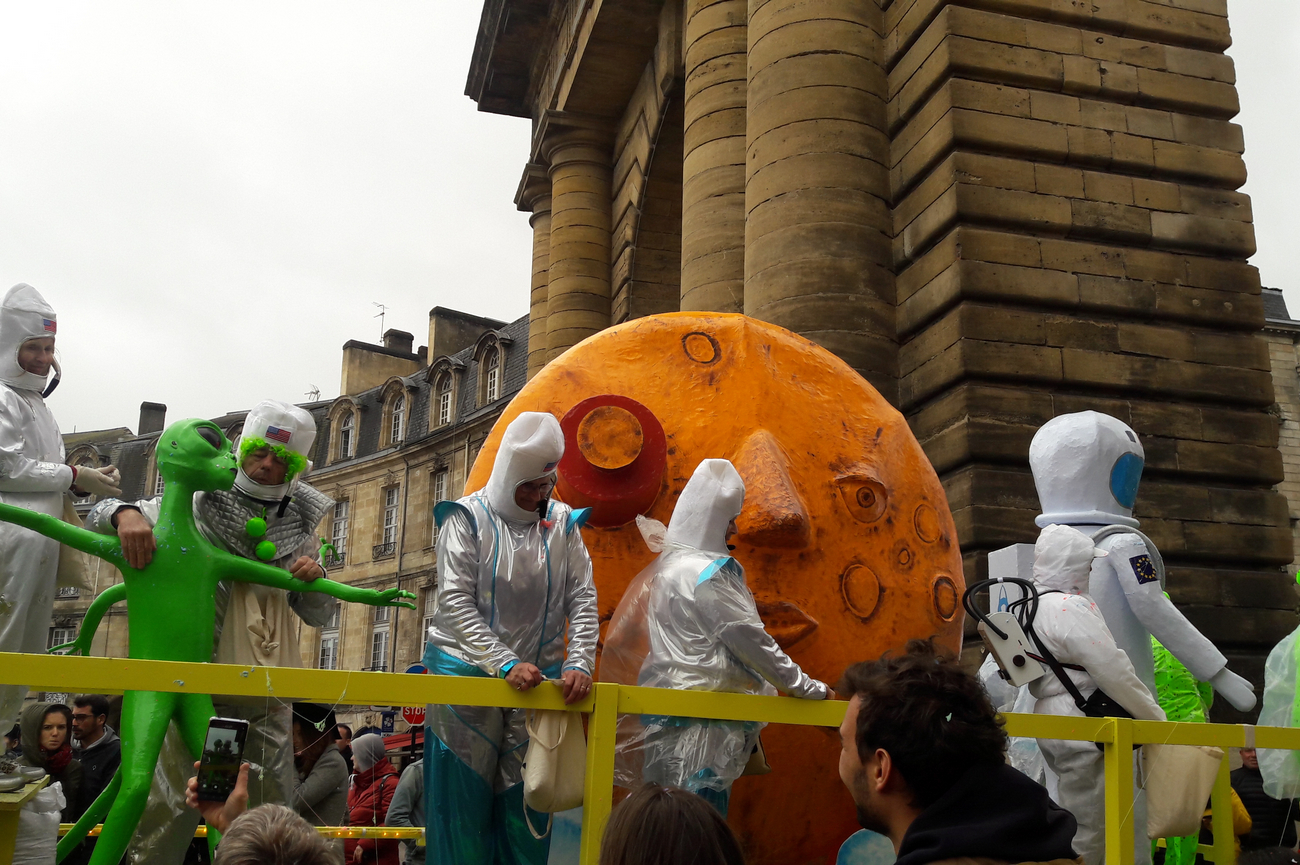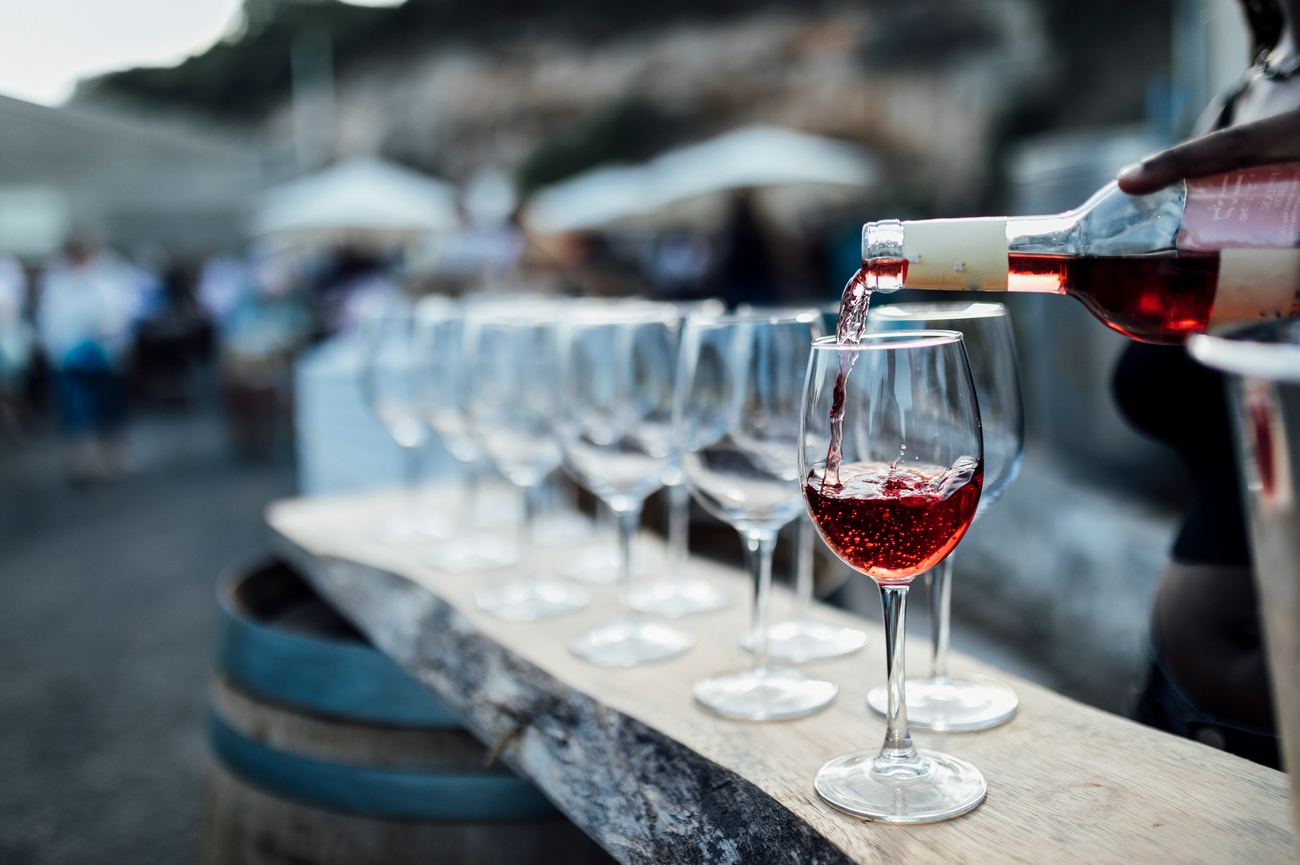Things to do in Bordeaux: 4-day itinerary
Even if you haven’t been to Bordeaux, odds are you have heard of its wine. After all, this is France’s largest wine region. You could spend days touring the surrounding châteaux and vineyards, though you’ll need to reserve far ahead to make it to the top ones. The city itself is home to two wine museums, and there’s no shortage of bars to sample this local delicacy.
But there’s much more to discover in this southwestern region, set along the Garonne River. From picturesque squares and lively food markets to contemporary art galleries and river cruises, there is plenty to keep you busy.
Our four-day itinerary includes the best things to do in Bordeaux so you can make the most of your trip.
Day 1

Morning: Place des Quinconces
Start by getting your bearings at the Place des Quinconces. Considered one of the largest squares in Europe, it is surrounded by a trail of trees and buildings, among which is Bordeaux’s tourism office. Within the square are some iconic structures like the Monument aux Girondins, a fountain dedicated to members of a political group killed during the French Revolution. The square is also the stage for many annual events like the Brocante de Quinconces, one of the city’s oldest fleamarkets.
Place de la Bourse
Take a walk along the river towards Place de la Bourse. Stunning neoclassical buildings frame the sides of this 18th-century square, which has been recognised as a World Heritage Site. The main attraction, however, is the Miroir d’Eau, a 37,000-square-foot reflecting pool designed by landscape artist Michel Corajoud in 2006. Today, it is one of the most photographed spots in Bordeaux.
Place du Parlement
Our square tour continues at Place du Parlement. Between the 15th and 18th centuries, there was a parliament building in the vicinity that gave name to the square. These days, the place is full of lively restaurants and cafés where you can stop for a meal or a drink. If you have the time, it’s worth coming back in the evening to see the surrounding buildings lit up.
Église Saint-Pierre
Just a few minutes from Place du Parlement is the Église Saint-Pierre. This medieval church was erected over an old port from the Middle Ages and is now the heart of Bordeaux’s historic centre. It’s worth stepping inside to admire the stunning stained-glass windows.
Afternoon: Grosse Cloche
Spend the rest of the afternoon exploring the old town, starting with the Grosse Cloche, one of France’s oldest bell towers. The name stands for “big clock”, and it’s fitting, considering the bell inside weighs more than 17,000 pounds. If you happen to be in town on the first Sunday of the month, you’ll hear it ring at midday. Otherwise, you’ll have to wait for a significant event like Bastille Day to catch it. The tower itself was once used as a prison, and you can pay to access the old dungeons today.
Rue Saint James
If you walk through the Grosse Cloche gate, you’ll end up at Rue Saint James. This picturesque street is lined with cosy cafés and boutique shops. Take your time exploring the area and the surrounding narrow lanes until you reach Place Fernand Lafargue. This small square was once home to the city’s market. Today, it is packed with cafés and restaurants where you can try anything from ramen to burgers. We recommend grabbing a glass of wine at Wine More Time or an artisanal coffee at Piha, two spots relatively near the square.
Pey Berland Tower
Slowly make your way to the Pey Berland Tower. Established in 1440, the tower was a late addition to the city’s cathedral, as the building couldn’t hold the weight of the tenor bell. At one point, it was the tallest building in town, but a storm destroyed part of it in the 17th century. You can climb the 229 stairs for a panoramic view of the city, though you’ll need to book a ticket in advance. Access is free if you have the Bordeaux City Pass.
Cathédrale Saint-André
Bordeaux has one of the most impressive cathedrals in France. The Cathédrale Saint-André in the old town stands out with its Gothic pointy spires. Inside is a collection of remarkable medieval paintings known as the Marcadé Collection. The building is part of France’s Santiago pilgrimage route and has been a Unesco site since 1998.
Opéra National de Bordeaux
End the evening at Bordeaux’s national opera. This grand neoclassical building was built on the site of a former Gallo-Roman temple. These days, it hosts a mix of concerts, balls and operas. It’s worth checking the program before you go to guarantee tickets.
Day 1 - Bordeaux Tour Map
Day 2

Morning: Museum of Fine Arts
Start your morning by browsing the collection of Bordeaux’s fine art museum. The permanent display features several paintings and sculptures which range from the 15th to the 20th centuries. It includes works by renowned European artists such as Renoir and Picasso, plus a few local names.
Jardin Public
Enjoy a stroll along the Jardin Public, the largest park in the centre of Bordeaux. The vast grassy landscape offers the ideal setting for a picnic. To the north of the park is a large pond where you’ll often spot ducks and geese. There is also a playground and a Natural History Museum on site.
CAPC Contemporary Art Museum
Make your way towards the riverside, where you’ll spot the Museum of Contemporary Art. Founded in 1973, the museum occupies a former food warehouse. Inside, you’ll find works from modern artists hailing from France and around the world.
Marché des Quais
Every Sunday morning, Bordeaux hosts the Marché des Quais, a lively food market just a few steps from the Contemporary Art Museum. Dozens of sellers head to Quai de Chartrons to offer anything from fruit to cheese and vegetables, but there are also a few food trucks where you can sample some local treats, like oysters and wine.
Afternoon: Chartrons district
After visiting the market, take some time to explore the surrounding Chartrons district. The area is full of antique shops and trendy restaurants, especially around rue Notre Dame. Also on this street, you’ll find the Église Saint-Louis des Chartrons, a 19th-century church with Neo-Gothic features. You can also check out Halle des Chartrons, a cultural centre that often hosts temporary exhibits.
Pont Jacques Chaban-Delmas
Continue along the river towards La Cité du Vin, and keep your eyes out for the Pont Jacques Chaban-Delmas. Inaugurated in 2013, this modern vertical-lift bridge takes its name from a former city mayor. If you stick around for a while, you may see it rise to let ships sail through.
La Cité du Vin
If you want to learn more about Bordeaux wine, you should stop by La Cité du Vin. This interactive museum stands out with its shiny contemporary building that is meant to replicate the motion of wine swirling in a glass. The exhibitions cover the history of wine in France and around the world, introducing you to different terroirs, grapes and the overall winemaking process. The use of multimedia features makes it a fun venture for all ages. You can finish your tour with a wine tasting on the museum’s rooftop.
Les Halles de Bacalan
Just around the corner from the wine museum is Les Halles de Bacalan. If you’re feeling peckish, you may want to drop by this gourmet food market. There is a variety of restaurants and bars inside, so you can take your pick. On weekends, the market often welcomes events such as cooking workshops and live gigs.
Bassins de Lumières
End your cultural tour at Les Bassins de Lumières. Housed in a former submarine base, this digital art centre is now known for its immersive exhibitions. Works by impressionist and modern artists come alive through projections on the walls around you. Past exhibitions have included the likes of Gaudí and Dali. Keep an eye on their website to see what’s coming up next and pre-book tickets.
Day 2 - Bordeaux Tour Map
Day 3

Morning: St.Michael’s Basilica
Bordeaux has a fair share of Unesco world sites, and this is another one worth ticking off. Set in the lively Place Meynard, the basilica features a Gothic facade with several ornamented spires. Step inside to admire the intricate vaulted ceilings and stained glass windows. Be sure to visit the adjoining bell tower to take in Bordeaux’s skyline.
Marché des Capucins
After touring the basilica, head off to the Marché des Capucins. Established in the 16th century, it is the oldest food market in Bordeaux. Take your time browsing through the stalls, selling fresh produce, cheese and delicious pastries. Stock up on ingredients for a picnic or hunker down at one of the local bars for a snack. We recommend Chez Jean-Mi, which offers a great selection of oysters hailing from the nearby town of Arcachon.
Place de la Victoire
The marble obelisk in the middle of this square was designed to celebrate the city’s winemaking traditions. The material came from an Italian workshop, and once it reached Bordeaux, it took forty men to assemble the 52-foot structure. Take a closer look, and you’ll find a variety of symbols connected to the history of wine. Next to the monument are two bronze turtles that children love to climb on.
Musée d'Aquitaine
To learn more about the history of Bordeaux and the Aquitaine region, it’s worth visiting the Musée d’Aquitaine. This museum features over a million artefacts connected to the city’s heritage, ranging from prehistory to today.
Shopping at Rue Sainte-Catherine
Just a few steps from the museum is the Rue Sainte-Catherine. This long pedestrian street is lined with shops selling anything from books to cosmetics and clothing. Take your time browsing through the stores, then turn right at Rue de la Merci towards the Place Camille Julian.
Afternoon: Place Camille Julian
Place Camille Julian is among the busiest squares in Bordeaux. Most people come here to visit Utopia, a monastery that has been converted into a cinema. Utopia mainly focuses on independent films, but you may catch a few blockbusters every once in a while.
Porte Cailhau
Make your way towards the waterfront, stopping to capture the Porte Cailhau. Resembling a castle, this 15th-century gate was once the main entrance to the city. Today, it feels awkwardly placed in the middle of the city’s more modern buildings. If you want, you can climb inside and take in the panoramic views.
Ponte de Pierre
Continue along the river and cross over to the other margin by following the Pont de Pierre. Inaugurated in 1822, this was Bordeaux’s first stone bridge. Once you reach the other end, it’s worth looking back for a postcard view of Bordeaux.
Bordeaux Botanical Garden
Set along the waterfront is Bordeaux’s botanical garden. From Place de Stalingrad, it’s a pleasant stroll towards the garden, which features plants from around the world. If you’re running short on time, you can skip this one and head straight to the next stop.
Darwin District
One of the main sights on the right side of Bordeaux is the Darwin district. Where was once a military base is now a creative hub filled with art installations. Many events take place here, from exhibitions to concerts and even farmer’s markets, so it’s worth checking the official website to see what’s on.
River Cruise on the Garonne
What better way to finish your tour of Bordeaux than by taking a cruise along the Garonne? You can do it any time of day, but sunset is pretty magical as you’ll see the city bridges lit up. There are a couple of options available. You can take the ferry from Stalingrad or the Yacht de Bordeaux, which departs from Miroir d’Eau (on the opposite margin). Alternatively, you can enjoy a meal on board Les Bateaux Bordelais.
Day 3 - Bordeaux Tour Map
Day 4

Day trips from Bordeaux
- Libourne: About 40 minutes by train from Bordeaux is the small town of Libourne. Sitting between two rivers, the Isle and the Dordogne, it was once a busy port for wine and wood trading. From here, you can easily access famous wine regions like Saint-Émilion, Fronsac and Pomerol, making it a great base to explore the surrounding chateaux. The town itself is worth exploring too. Visit on Tuesday, Friday or Sunday to catch the outdoor market at the main square Place Abel-Surchamp.
- Arcachon: Head west towards the coast, and you’ll end up at Arcachon. This popular resort town is home to long sandy beaches and plenty of seafood restaurants. Oysters are the main delicacy here, and you can visit a few oyster farms around Archachon Bay. A bit further south is the Dune du Pilat, the tallest dune in Europe, reaching 340 feet. You can access the top via a steep staircase. Once there, you can enjoy breathtaking views of the ocean and the pine-tree-filled Landes Forest.
- Saint-Émilion: About 30 miles east of Bordeaux is the medieval town of Saint-Émilion. Housing several monuments like the Monolithic Church and the King’s Tower, it has been a Unesco site since 1999. The region is also home to over 800 wineries and a handful of Michelin-starred restaurants. It takes about one hour to reach Saint-Émilion from Bordeaux by train. However, if you’re planning on exploring the surrounding chateaux, you’re best off bringing a car. Château Cadet-Bon is among the closest wineries to the town.
- La Réole: It takes about an hour to reach La Réole from Bordeaux. Sitting along the Garonne River, it is among the most beautiful villages in the Gironde region. Around the 7th or 8th century, the town grew around a monastery, but it was in the Middle Ages that it became one of the largest cities in Gironde. It’s worth wandering through its narrow streets and catching the weekly market on Saturday mornings.
- Médoc: The Médoc region is full of impressive châteaux and vineyards. One of the best ways to explore the area is to follow the Route des Châteaux. The route will take you along striking 18th-century mansions and its surrounding vineyards. You can book a private guided tour or venture off on your own by car. Just make sure to book your tastings in advance.
- Cognac: About 1h30 north of Bordeaux is the town of Cognac. As the name suggests, it's where the famous French cognac (a sort of brandy) is produced. You can taste this local tipple at iconic Cognac Houses like Courvoisier, Hennessy, Martell, and Rémy Martin. Just make sure to book your tour in advance. Before or after the tasting, take a stroll along the old town, lined with medieval buildings like the Château de Cognac.
- Biscarrosse: This seaside town is extremely popular in the summer. Located between the Atlantic and a lake, it offers the perfect setting for water sports, such as canoeing and surfing. The surrounding forests and dunes are also ideal for hiking and cycling.
- Cap Ferret: Just a few miles north of Arcachon Bay is this peaceful seaside village. Home to sandy beaches and pine tree-lined trails, it is ideal for escaping the crowds. Some call it the ‘Saint Tropez of the Atlantic’, as many French stars spend their holidays here. Alongside the beaches, you’ll also find a fair share of independent boutique shops.
- Saint Macaire: Like Bordeaux, this medieval city stands on the banks of the Garonne River. In the 13th and 14th centuries, Saint Macaire was a thriving city thanks to its agricultural and trade sectors. Today, its streets are relatively quiet. The region is known for its white wine, and you can organise visits to the surrounding vineyards through the local tourist office. The town really comes alive at the end of August with the Fêtes médiévales, which brings back the medieval era with period costumes and music.
- Sainte Foy La Grande: This fortified town (aka Bastide) is located 45 miles east of Bordeaux. You can drive there or hop on a train from the Saint-Jean station. Most of the buildings you see in Sainte Foy today date back to the 15th century. It’s worth heading to the central square Place du Marché and grabbing a drink from one of the nearby cafés. The town gets especially busy on Saturdays when the market takes place. In the summers, you can cross over to the river for a swim at the Plage des Bardoulets.
- Gujan-Mestras: Set along Arcachon Bay, this small town has been nicknamed the capital of oyster farming. It is home to seven oyster ports, most of which are open to visitors. The best way to explore the area is to rent a bike. Some farms also allow you to help out for a few hours. You can check the tourist office website to see who offers this kind of experience. To learn more about the oyster farming industry, we recommend visiting the interactive museum La Maison de l’Huître. You can also sample fresh oysters at the restaurants near Port de Larros.
- Angoulême: Located a few miles north of Bordeaux, Angoulême is known as the capital of comics. It has a picturesque historic centre and a handful of museums, including a huge one dedicated to comics. Street art is also a big thing here, with over 20 murals dotted around town featuring comics like Astérix and Obélix. Visit the town around January to catch the International Comics festival.
Other things to do in Bordeaux
- Musée du Vin et du Négoce de Bordeaux: To learn more about the history and the business behind Bordeaux wines, you should visit the wine merchants’ museum. You’ll get a tour of the old cellars and finish off with a tasting session.
- Musée Mer Marine: Just a few steps from La Cité du Vin is this museum dedicated to Bordeaux’s maritime history. The city was once one of Europe’s biggest ports, and this museum tells that story through its collection, which features over 10,000 marine objects. These include anything from life-size boats to maps and navigations instruments.
- Moon Harbor Distillery: Bordeaux may be known for its wine, but since 2017, it also produces its own whisky. This distillery on the north side of town does everything on-site, from brewing to ageing. What makes the ageing stage so special here is the fact that they use barrels of Bordeaux Grands Crus. The cellar also occupies a former World War II bunker, which makes this an important historic site. For tours and tastings, make sure to reserve ahead.
Wine tasting in Bordeaux
Bordeaux’s century-old vineyards and exceptional terroir have made it a Unesco World Site. There are 57 appellations of Bordeaux wine, which primarily produce reds, but you’ll also find some outstanding whites.
Saint-Émilion, Médoc, Pomerol and Graves are among the most famous appellations. It’s here that you’ll find most of the Cháteaux and vineyards. While winery tours take you through the whole winemaking process, tastings give you a chance to sample a variety of wines guided by knowledgeable sommeliers. The main grape varieties used in Bordeaux wine include Merlot and Cabernet Sauvignon.
Essentially, Bordeaux vineyards are split into two areas: the left bank and the right bank. This is because two rivers run through the region, the Garonne and the Dordogne. The zone between the two is known as Entre-Deux-Mers (between two seas).
At the top of the ranks are the 5 Premier Crus, which include Château Lafite Rothschild (currently closed), Château Latour, Château Margaux, Château Haut-Brion , and Château Mouton Rothschild. Most are open by appointment only and some require booking months in advance. Next up are the Grand Crus. These are far more accessible, and there are plenty to choose from.
If you’re planning on visiting several wineries in one day, we recommend booking a guided tour so you don’t have to worry about driving. The Bordeaux Tourism & Conventions website offers a list of half-day and full-day tours of both vineyards and chateaux.
If you decide to book your own tour, here are some of our top 10 châteaux in Bordeaux:
- Château Tour Baladoz
- Château Vénus
- Château Fleur Cardinale
- Château Giscours
- Château Sainte-Barbe
- Château du Taillan
- Château de Rayne-Vigneau
- Château d’Yquem
- Château Lamothe Bergeron
- Château Pichon-Baron
Things to do with kids in Bordeaux
There are plenty of attractions for kids in Bordeaux. Families will enjoy exploring the Cap Sciences, a science museum with several interactive exhibits. About half an hour from here is Les Bassins de Lumières, which displays large-scale versions of artworks by the likes of Mondrian or Van Gogh.
The city is also home to several parks and gardens where you can take a break from sightseeing and enjoy a picnic. If you visit the Jardin Public, make sure to check out the Museum of Science and Natural History too. Meanwhile, the Parc Bordelais is home to a playground, a small train and a carousel. When you get tired of walking, you can always hop on a boat and enjoy the city views. Kids will also enjoy running around the Miroir d’Eau and splashing water.
On the outskirts of town, relatively close to the airport, is the Zoo de Bordeaux Pessac. Here, kids can spot a variety of wild animals, including tigers, giraffes and lemurs. You can even spend the night in a lodge inside the zoo near the jaguars and tigers enclosure. If you have a car, you can travel further west and explore the beaches along the coast of Bordeaux.
Racecourses in Bordeaux
There is only one racecourse in Bordeaux. It is located about 4 miles from the city centre in the suburb of Le Bouscat. The Le Bouscat racecourse, as it’s known, was inaugurated in 1836 but has had a few additions since, including a restaurant. These days, it features a right-handed track circuit used for flat racing and jumps and an oval track for trotting. It hosts over 30 racing meetings around the year. Among the main races are the Grand Prix de Bordeaux and the Derby du Midi, both of which take place around late May.
Where to eat and drink in Bordeaux
- Cassonade: Located near La Grosse Cloche, Cassonade serves one of Bordeaux’s most famous pastries: the cannelé. It’s a sort of mini sponge cake infused with rum and vanilla with a thick caramel crust. Beyond the original version, the shop also offers an equally delicious vegan option, as well as madeleines and a rum-glazed cake known as Saint James.
- Black List Café: Located at Place Pey Berland, this cosy café is the ideal spot for brunch or an afternoon snack. Be sure to try their creamy Basque cheesecake paired with a cup of artisanal coffee. If the weather allows, you can take a seat on their outdoor terrace.
- Soif: If you’re looking for a light meal and a glass of wine, Soif has got you covered. They have a great selection of natural wine and small plates to share. The dishes change with the season, but some of the highlights include the pork belly and the calf’s head ravigote with oysters.
- Blind: This lively restaurant specialises in Peruvian cuisine. The chef uses locally sourced ingredients to cook traditional Peruvian dishes such as ceviche and causa. Choose a wine from the menu to pair with your meal, or ask the staff for a recommendation.
- Restaurant PinceFesses: Just a few steps from the Église Saint-Pierre is the PinceFesses. Their seasonal menu offers a delicious fusion of French and international flavours.
- Food markets: One of the best ways to experience Bordeaux’s cuisine is to visit one of the city’s markets. You can try the traditional Marché des Capucins, which has a great range of seafood stalls like the Chez Jean-Mi or visit the more modern Halles de Bacalan opposite La Cité du Vin, which feels more like a gourmet food court. For the best views, be sure to head to the terrace.
- Bocce Saint Paul: If you’re in the mood for pizza, head to Bocce Saint Paul. You’ll have no trouble finding this place thanks to its bright blue facade. The speciality here is the Neapolitan pizza made with organic flour and fresh ingredients sourced straight from Italy. For starters, don’t miss the mortadella with truffle or the smoked mozzarella.
- Restaurant LouLou: Look for the chalkboard menu to see what's the daily dish at this cosy French bistro. Alternatively, you can order one of the classics, like the beef tataki made with tender beef cheek.
- Arcada: Chef Sofiane Bouhabib is behind this classy fine-dining spot near Porte Cailhau. The menu changes with the seasons and focuses on small producers. There’s also a wine cellar on-site featuring around 50 types of wine from France and beyond.
- Créme: Located near Place du Parlement, Créme also offers a seasonal menu, but some regular highlights include the snail puff pastry and the camembert with quince chutney. You can also sample a variety of Bordeaux wines here. If you’re unsure what to choose, the restaurant’s sommelier will gladly give you a recommendation.
- Le Pressoir d'Argent: Led by British Chef Gordon Ramsay, this two-Michelin-star restaurant is located inside the InterContinental Bordeaux hotel. The menu features top-notch ingredients from the Bordeaux and Aquitaine region, like Bazas beef, oysters and lobster. The wine selection is also remarkable.
- TentaziOni Bordeaux: This Michelin-star restaurant focuses on Italian gourmet food and has been considered one of the best Italian restaurants in the world. Spider crab, langoustines and bluefin tuna are a few ingredients you can expect to find on the menu. On Thursdays and Fridays, they offer an affordable lunch deal starting at €35, which includes a starter and a main, or main and dessert.
Where to drink in Bordeaux
- Symbiose: Set near the Contemporary Art Museum, Symbiose is both a cocktail bar and a restaurant. In the summer, you can enjoy a seat on their terrace overlooking the Quai des Chartrons. Both the dishes and the cocktails include many ingredients from the on-site garden. To access the speakeasy side, look for the antique clock.
- Madame Pang: Pair your cocktails with delicious dim sum at this laid-back bar near Cinéma Utopia. Sit by the counter or hunker down at one of the plush sofas while you tuck into your favourite snack.
- Le Bar à Vin: Set inside an 18th-century townhouse, this classy bar offers a great selection of Bordeaux wine by the glass. You can pair it with other local delicacies such as cold meats, cheeses and chocolates.
Where to stay in Bordeaux
- InterContinental Bordeaux — Le Grand Hotel (5 stars): Set just across Bordeaux’s Opera House, Le Grand Hotel is a convenient choice if you want to stay close to the city’s top attractions. Facilities include a spa, indoor pool, rooftop and two restaurants, including one with a Michelin star. Guests can also contact the hotel’s concierge to book trips to the nearby châteaux and vineyards.
- Le Palais Gallien (5 stars): Occupying a picturesque 19th-century mansion, Le Palais Gallien offers spacious rooms, some of which feature a private jacuzzi. The hotel combines traditional features like period furniture with modern amenities such as a swimming pool, spa and a fine dining restaurant.
- Renaissance Bordeaux Hotel (4 stars): Overlooking La Cité du Vin, this four-star hotel features 149 rooms with large bright windows to take in the views. You can also enjoy a similar panorama from the hotel’s indoor pool or head up to the rooftop for the best sunset shot.
- Staycity Aparthotel Bordeaux City Centre (3 stars): If you’re looking for a budget alternative near the centre of Bordeaux, then this aparthotel may be a good alternative. It offers a range of apartments with a capacity for 2 to 4 people, all of which feature a fully equipped kitchen. Guests also have access to a café and a fitness room.
- Hôtel Life Bordeaux Gare (2 stars): Located near the Saint-Jean railway station, this hotel is the ideal base for day trips. It’s slightly further from the city centre, but still within a 20-minute walk radius.
- Hôtel & Restaurant Le Saint-James (4 stars): About half an hour's drive from the centre of Bordeaux is a small town called Bouliac. It’s here you’ll find Le Saint-James, a 4-star hotel featuring one of Bordeaux’s smallest vineyards. Standing here, you can get great views of the Garonne River and Bordeaux in the distance. The hotel includes a Michelin-star restaurant, a cooking school and a pool overlooking the vines. Visit around the harvest season, and you may be able to help pick the grapes.
- Château Lafaurie Peyraguey: If you’re looking to stay in an authentic Château, you’ll enjoy this secluded five-star hotel. Located in Sauternes, a wine region about 1 hour south of Bordeaux, it is surrounded by 18.5 hectares of vines. From here, you can cycle to other nearby chateaux. There’s only a handful of rooms, making it feel like a private sanctuary. Also on site is the 2-Michelin star restaurant, Lalique.
Best time to visit Bordeaux
The best time to visit Bordeaux is between May and October. June to September is the peak season, so you can expect bigger crowds. Booking ahead is recommended, especially if you’re planning on doing tours of the vineyards. This is also the time of the wine festival, so there are plenty of events around the city. Summer days are usually hot, with temperatures ranging from 24ºC to 27ºC. If the weather isn’t an issue, you can plan a winter trip to tour the Christmas markets and warm yourself up with a glass of vin chaud (hot wine). Bring a waterproof jacket, though, as it’s usually grey and rainy. Note that many businesses have their annual holidays in August and December, so you may not be able to see everything if you visit around that time.
Bordeaux Festivals
- Bordeaux Carnival: Around March, Bordeaux celebrates the Carnaval des Deux-Rives. Established in 1996, the festival attracts over 20,000 people who come to see the colourful parade along the city’s squares. Place Pey Berland, specifically, welcomes a range of concerts and activities for all ages too.
- Bordeaux Wine Festival: Every summer, Bordeaux hosts one of France’s largest wine festivals. The four-day event takes place in late June, and it’s a great opportunity to taste the regional wine. You’ll also have the chance to tour the historic tall ships that dock on the city’s quays around this time.


